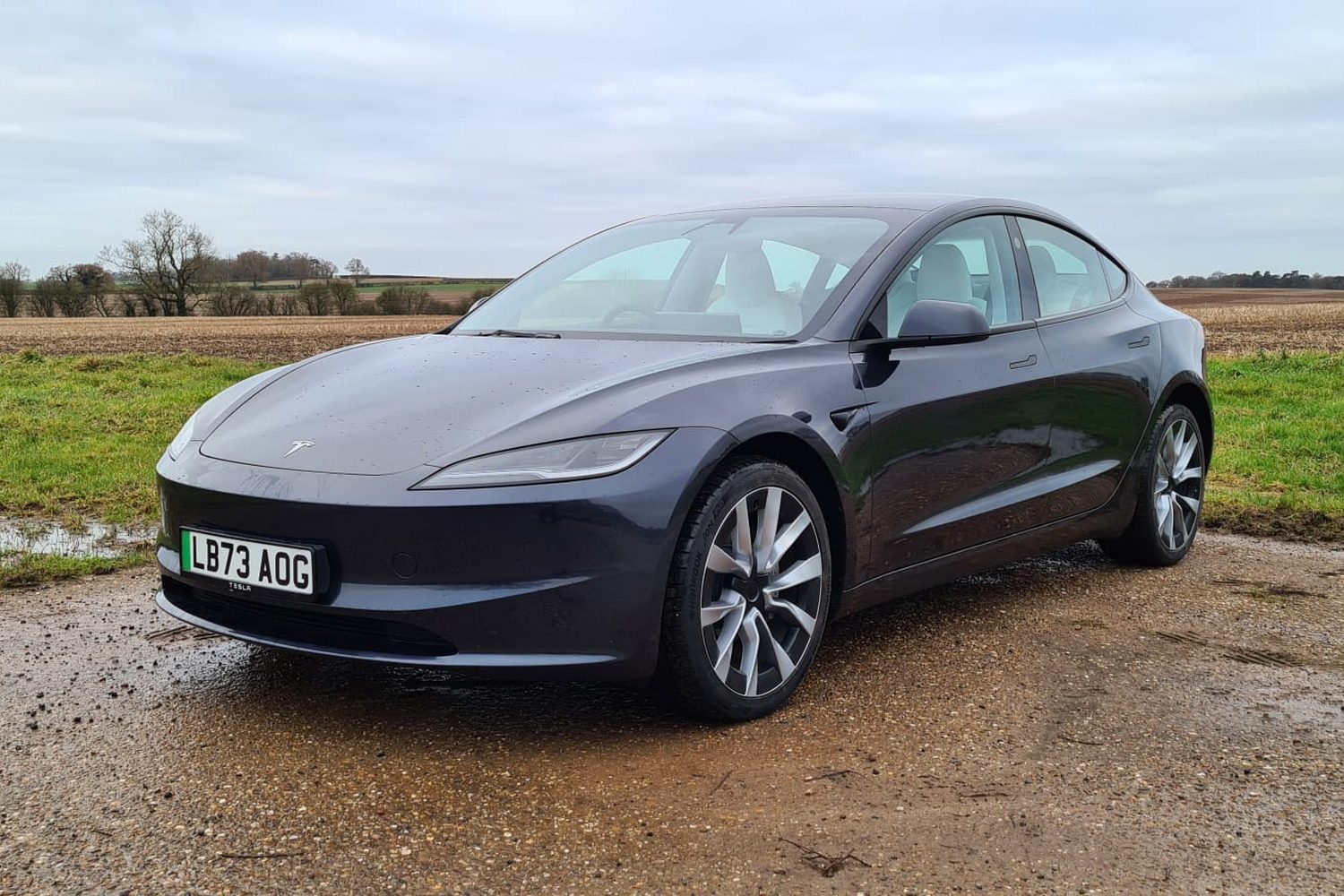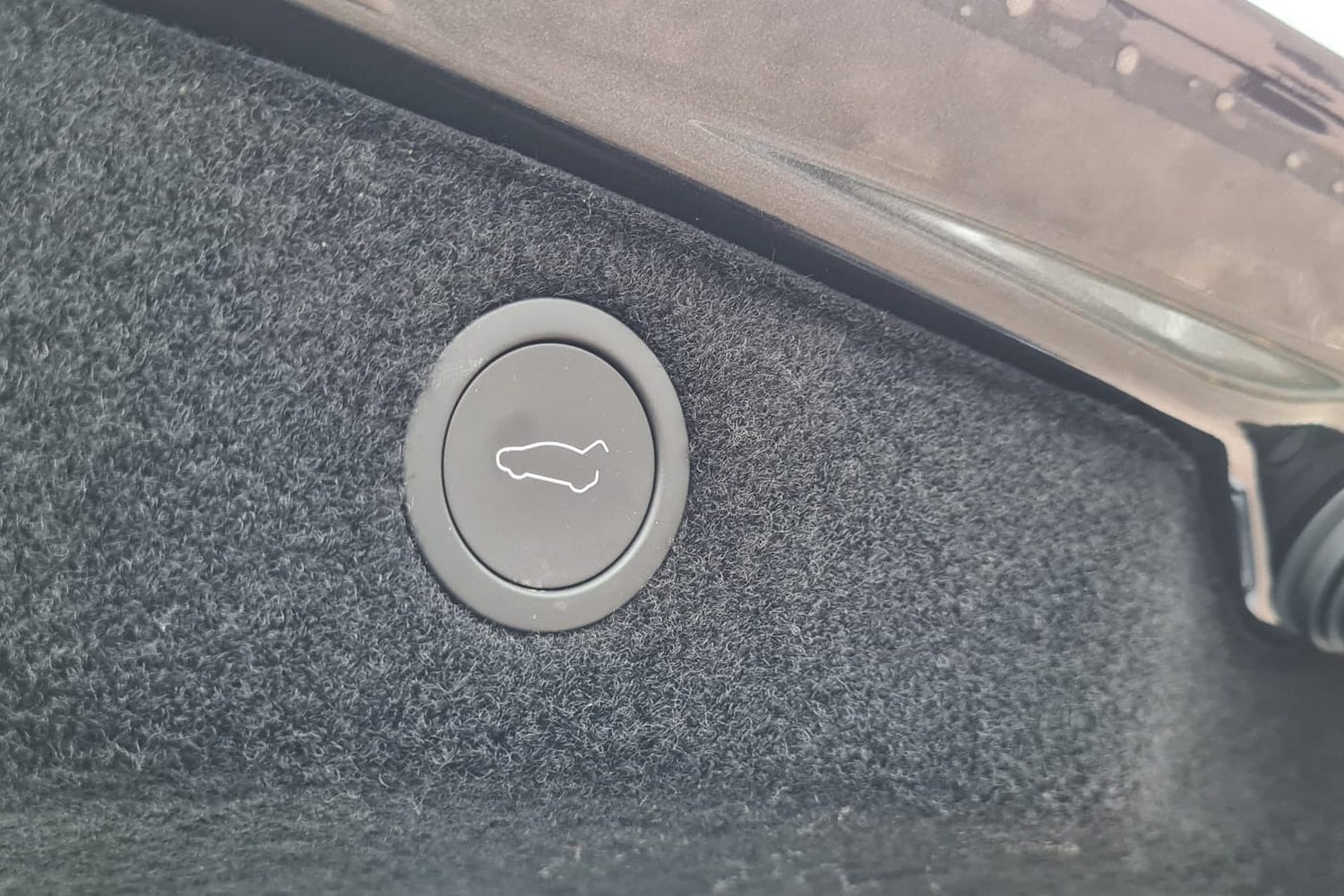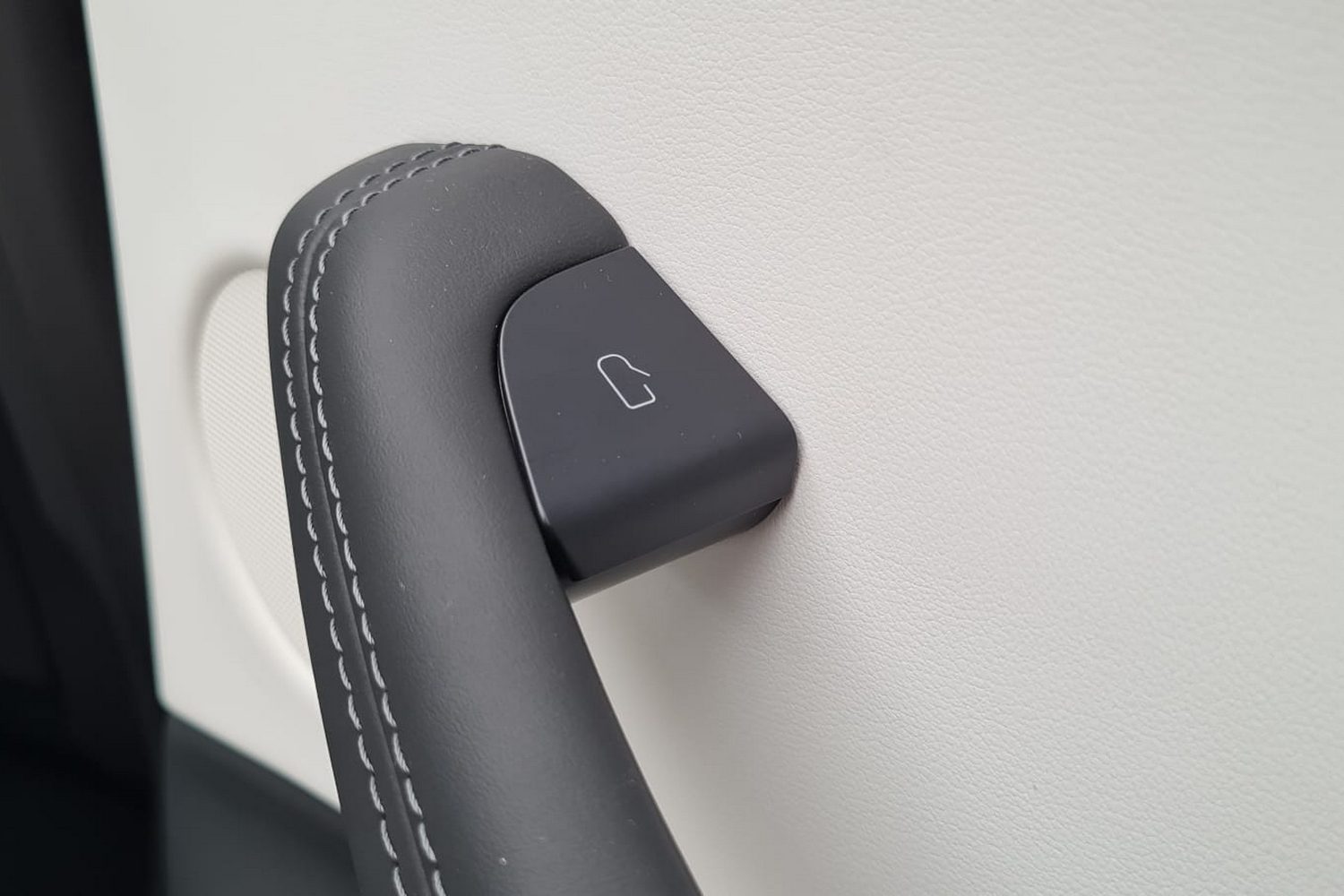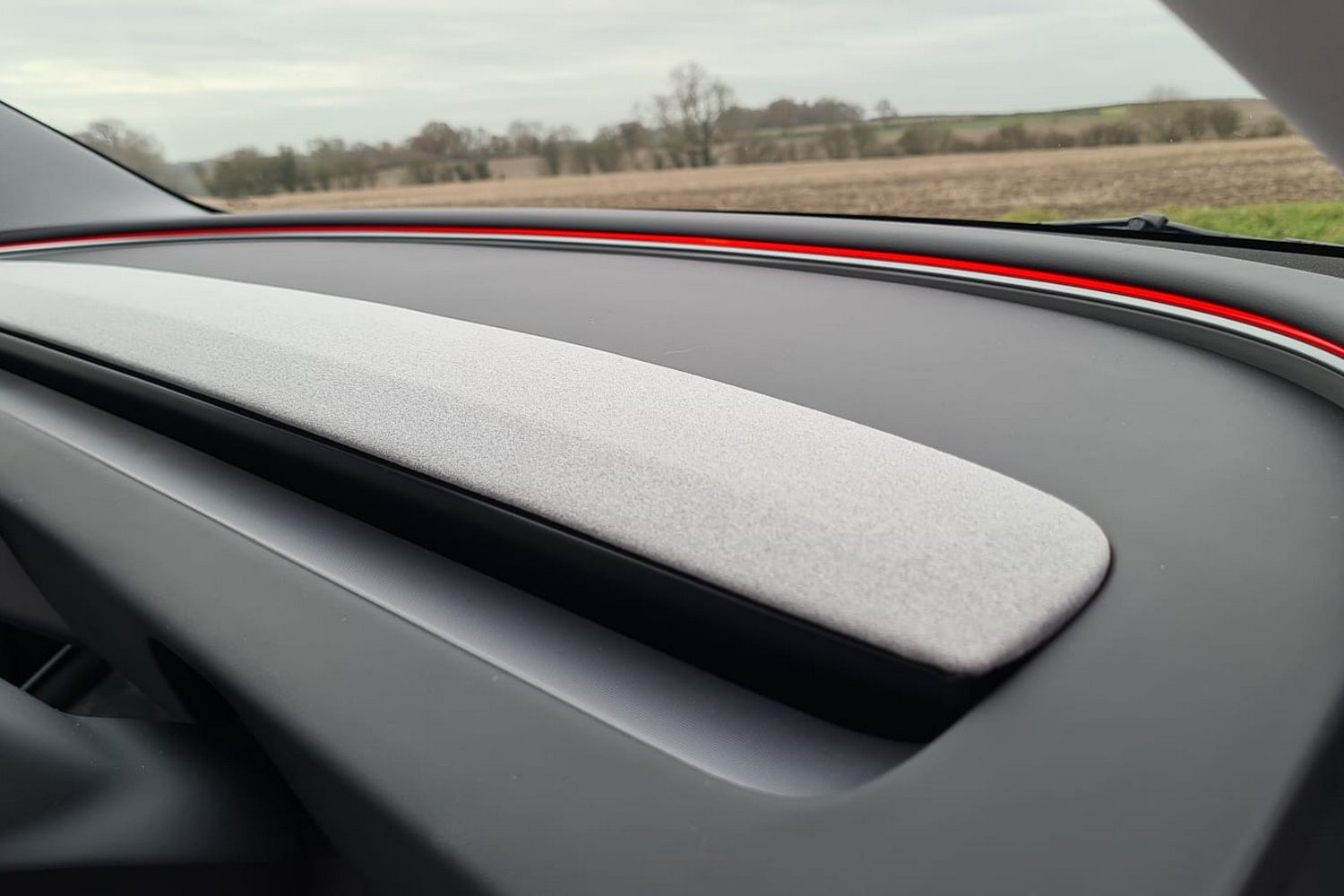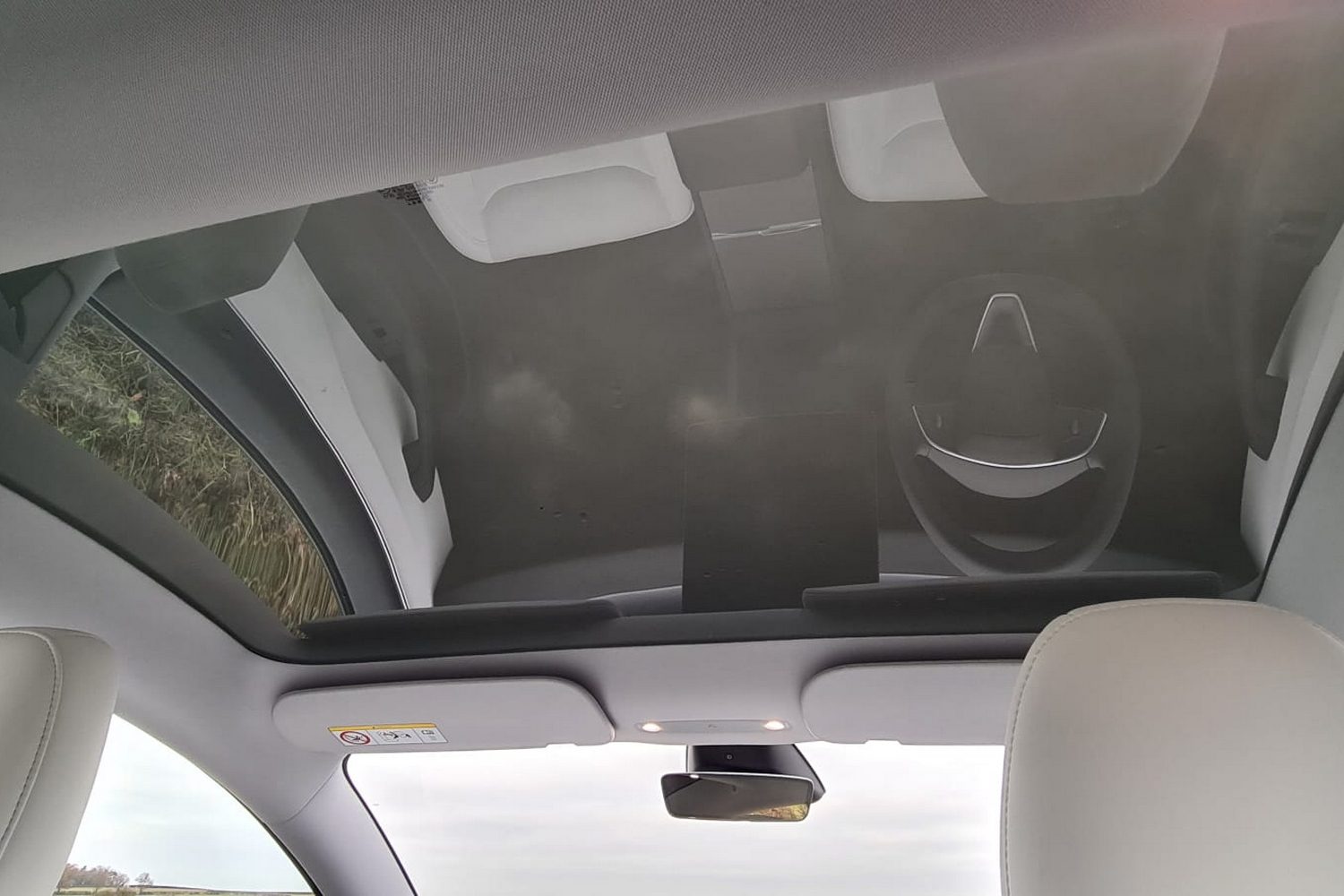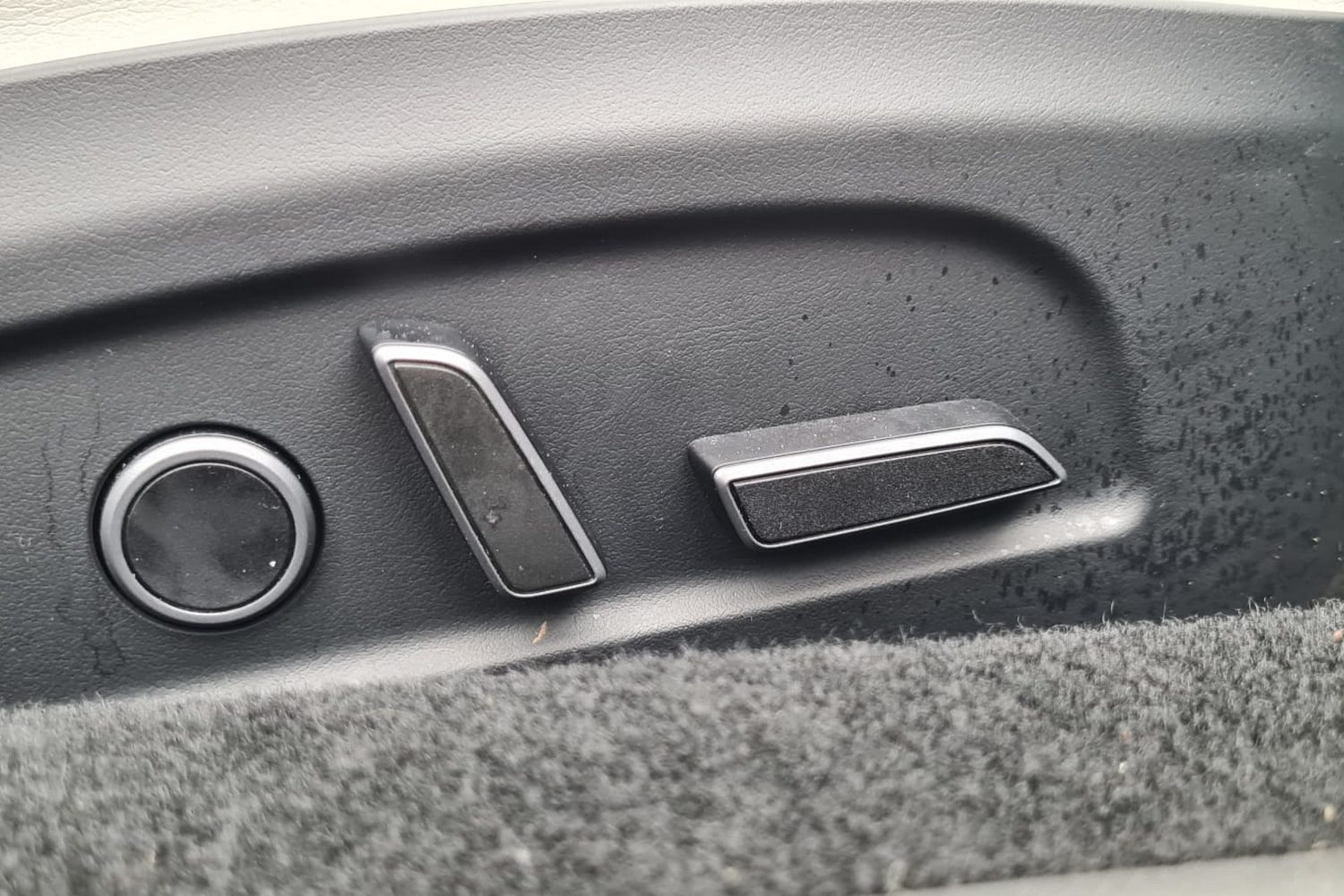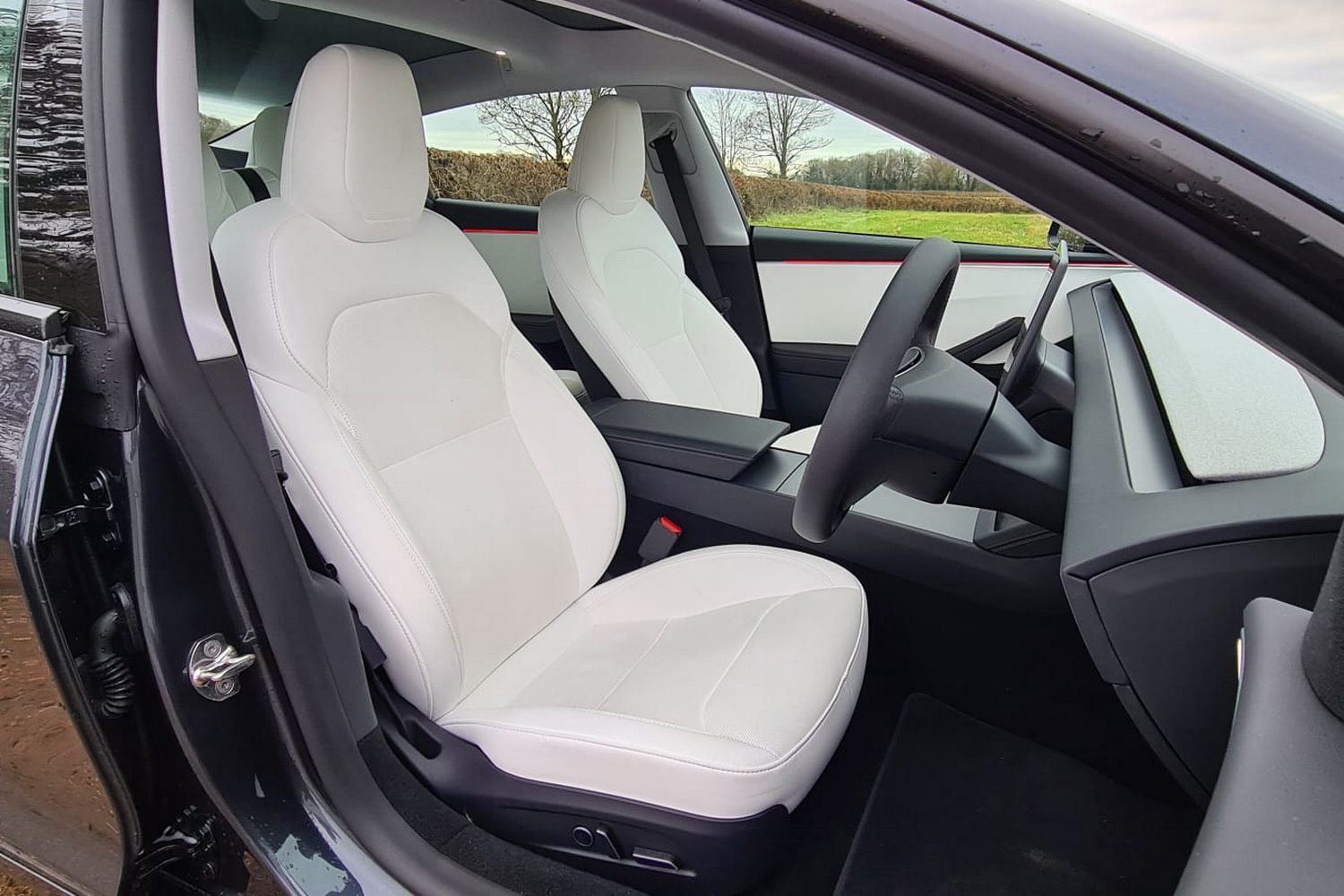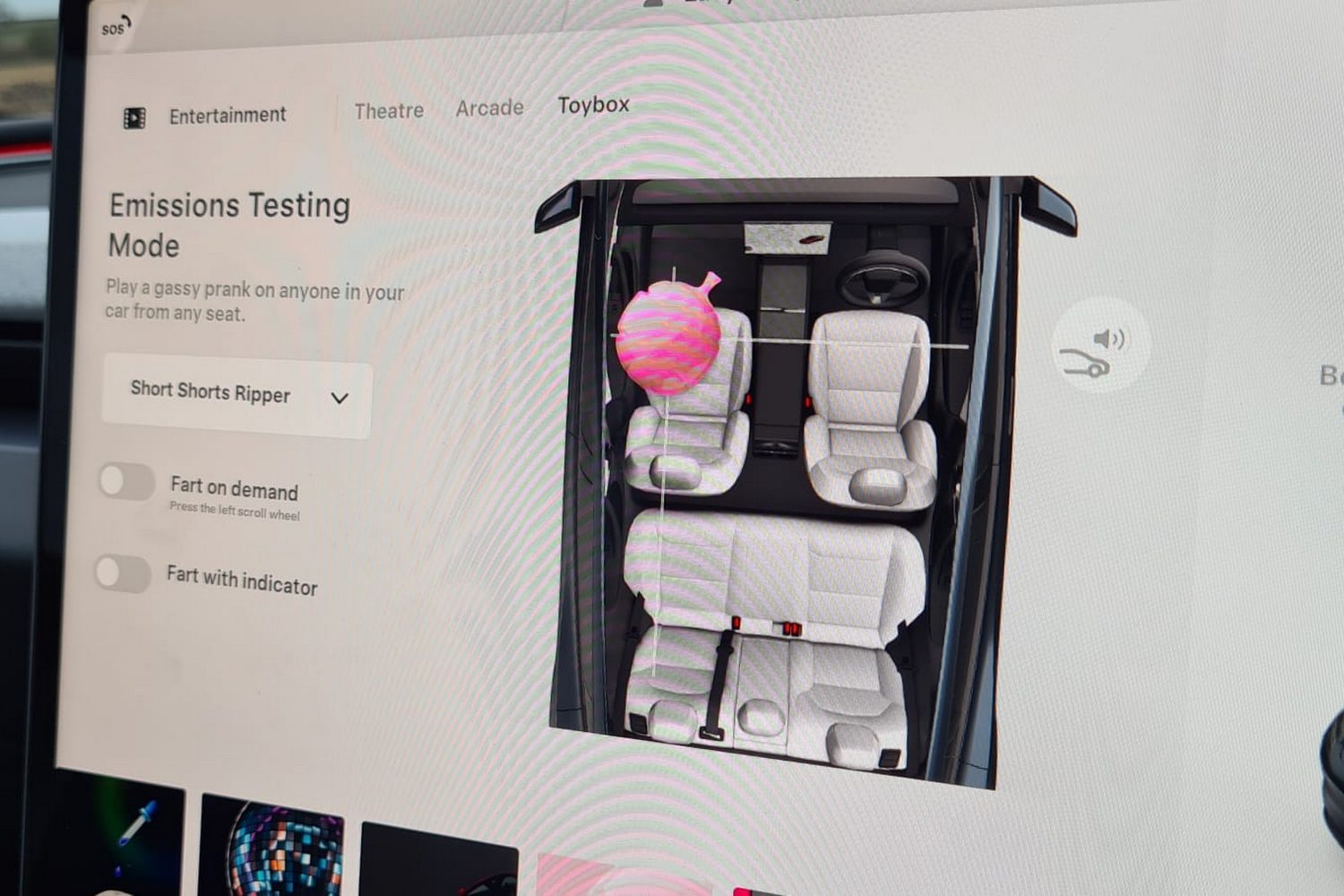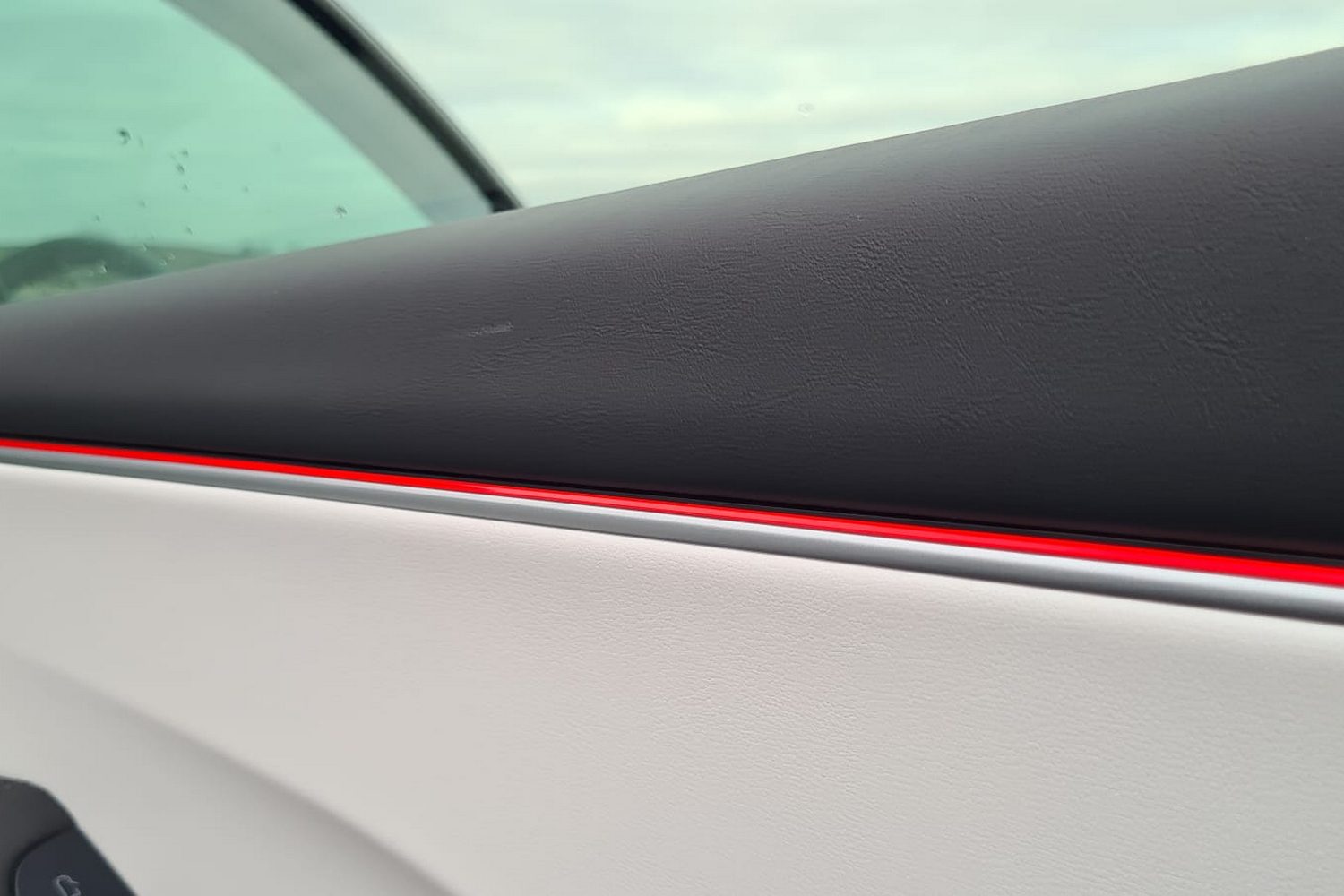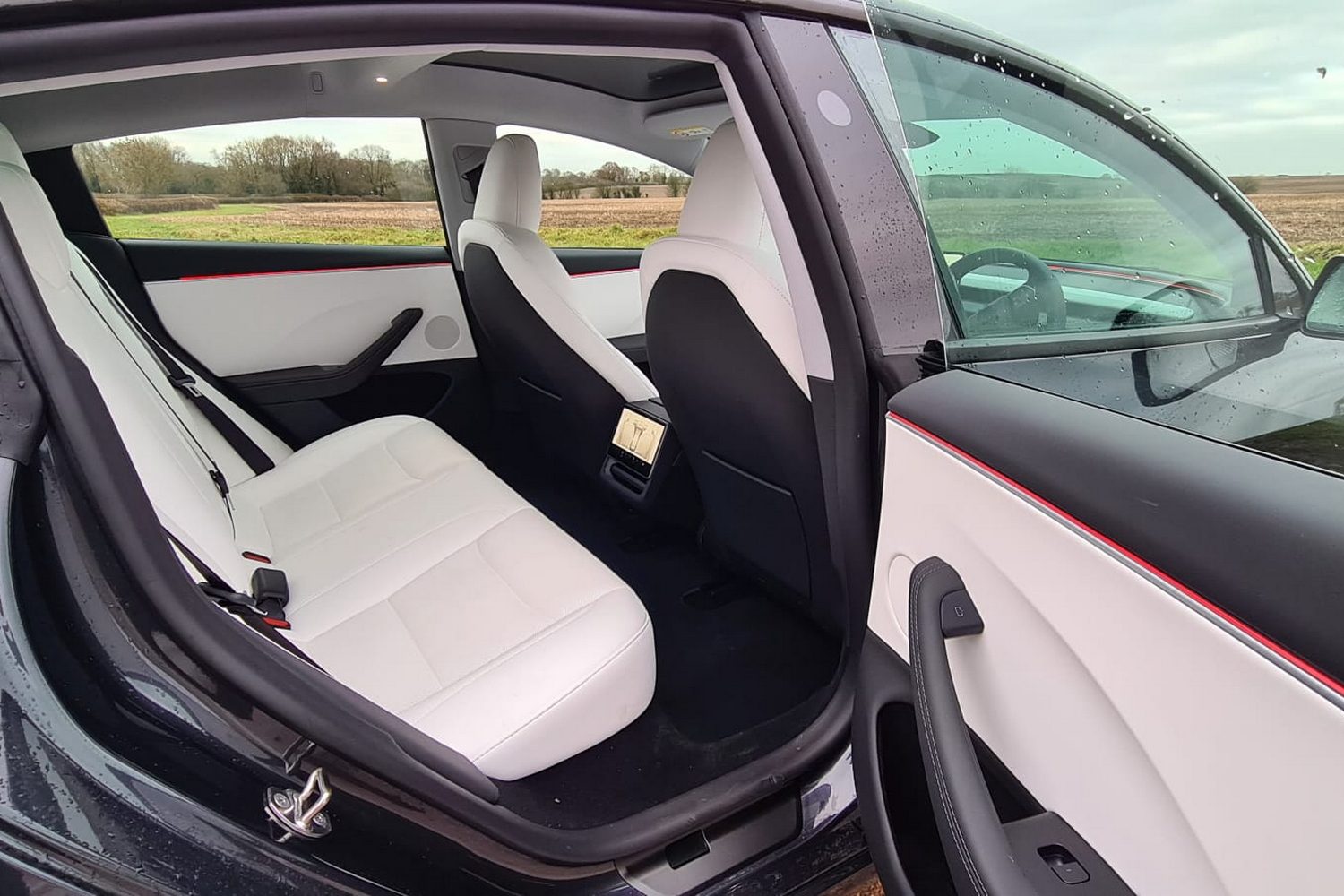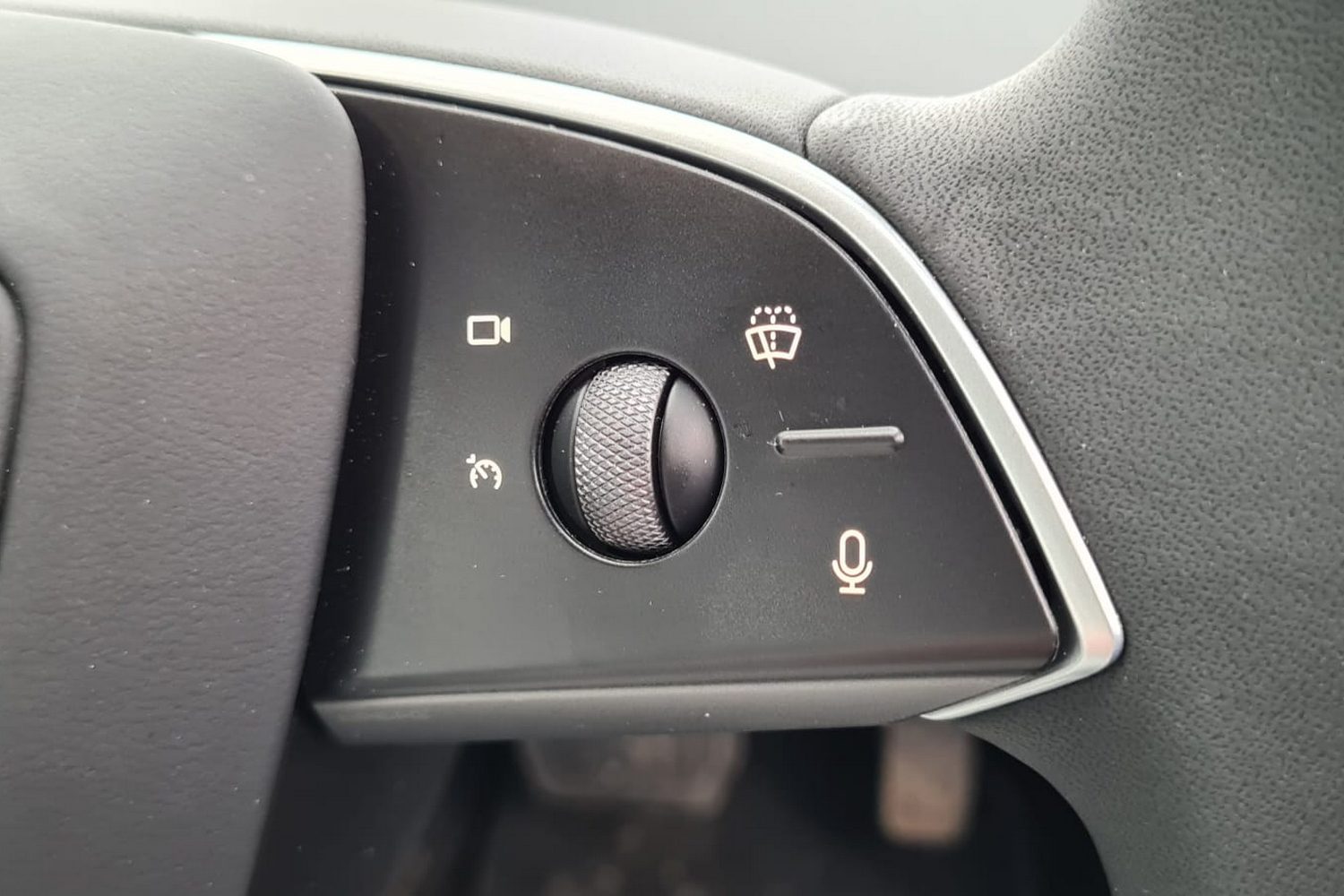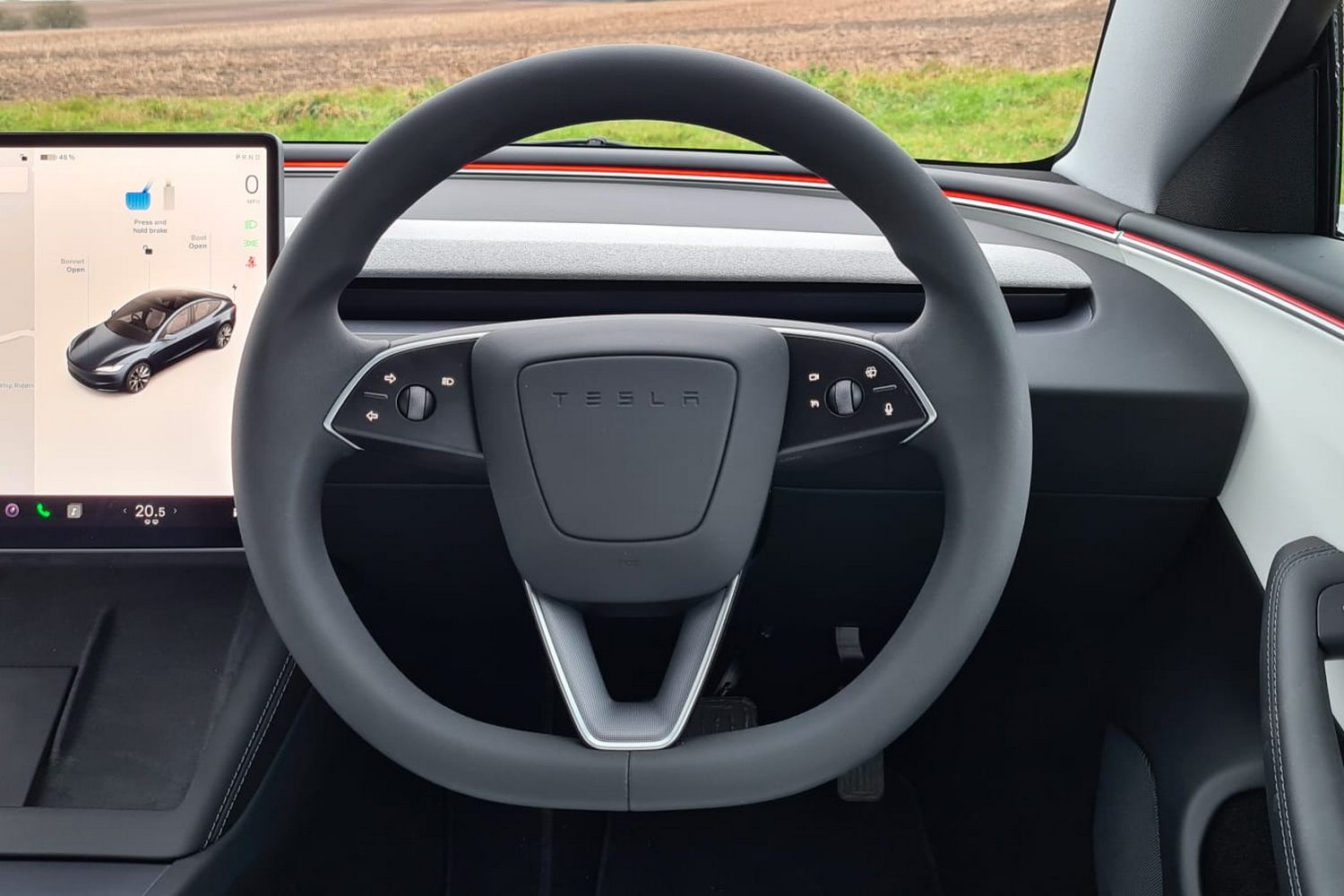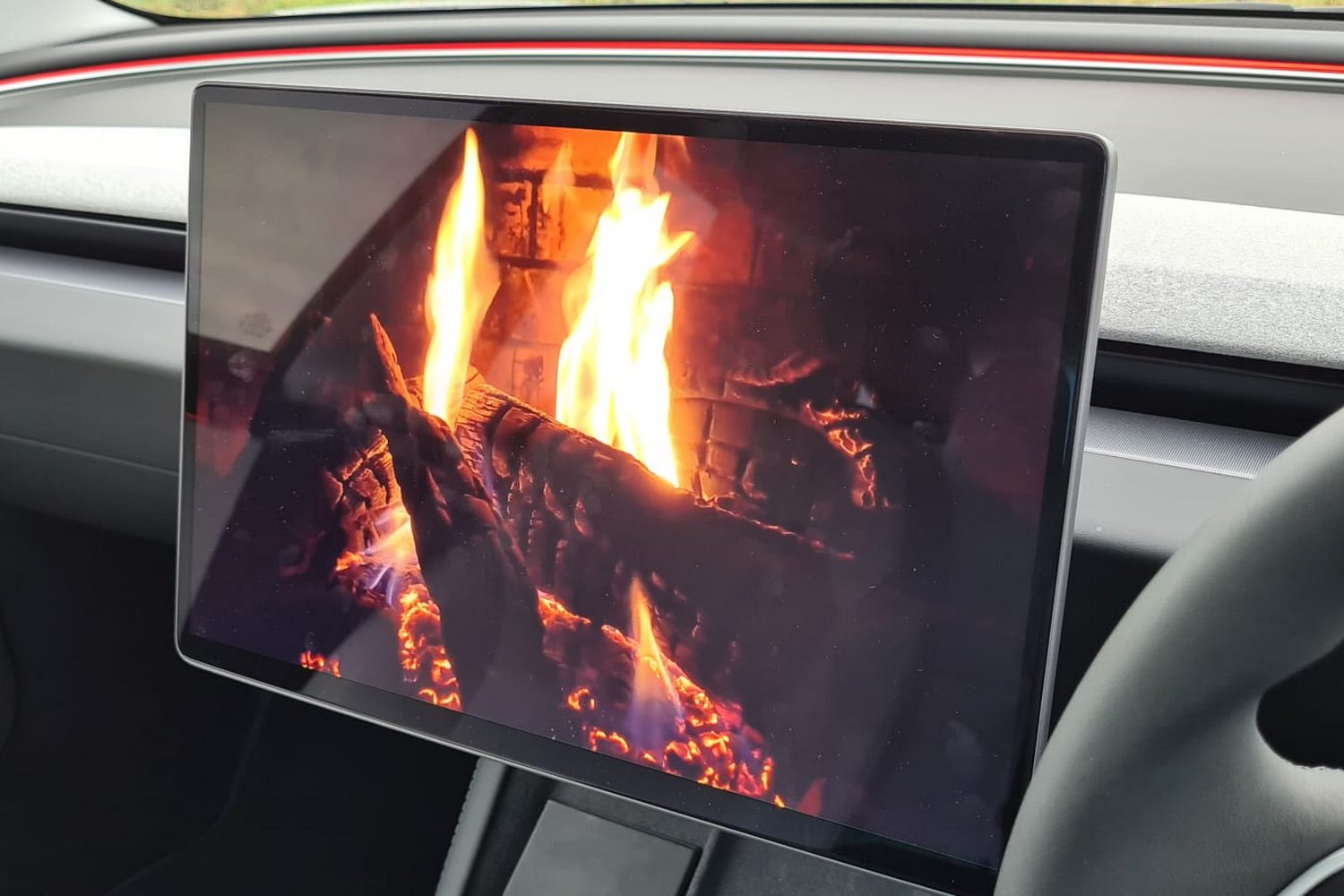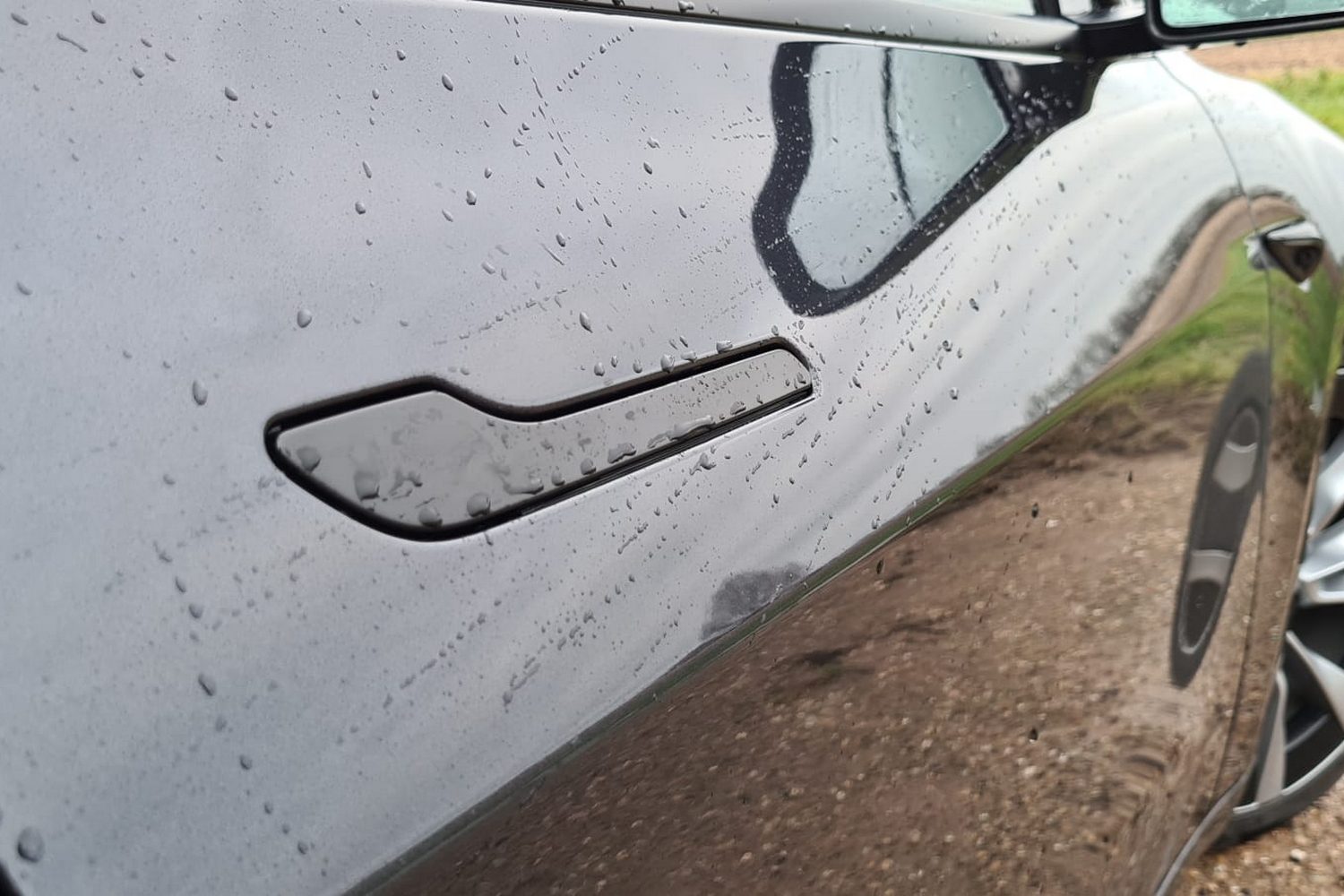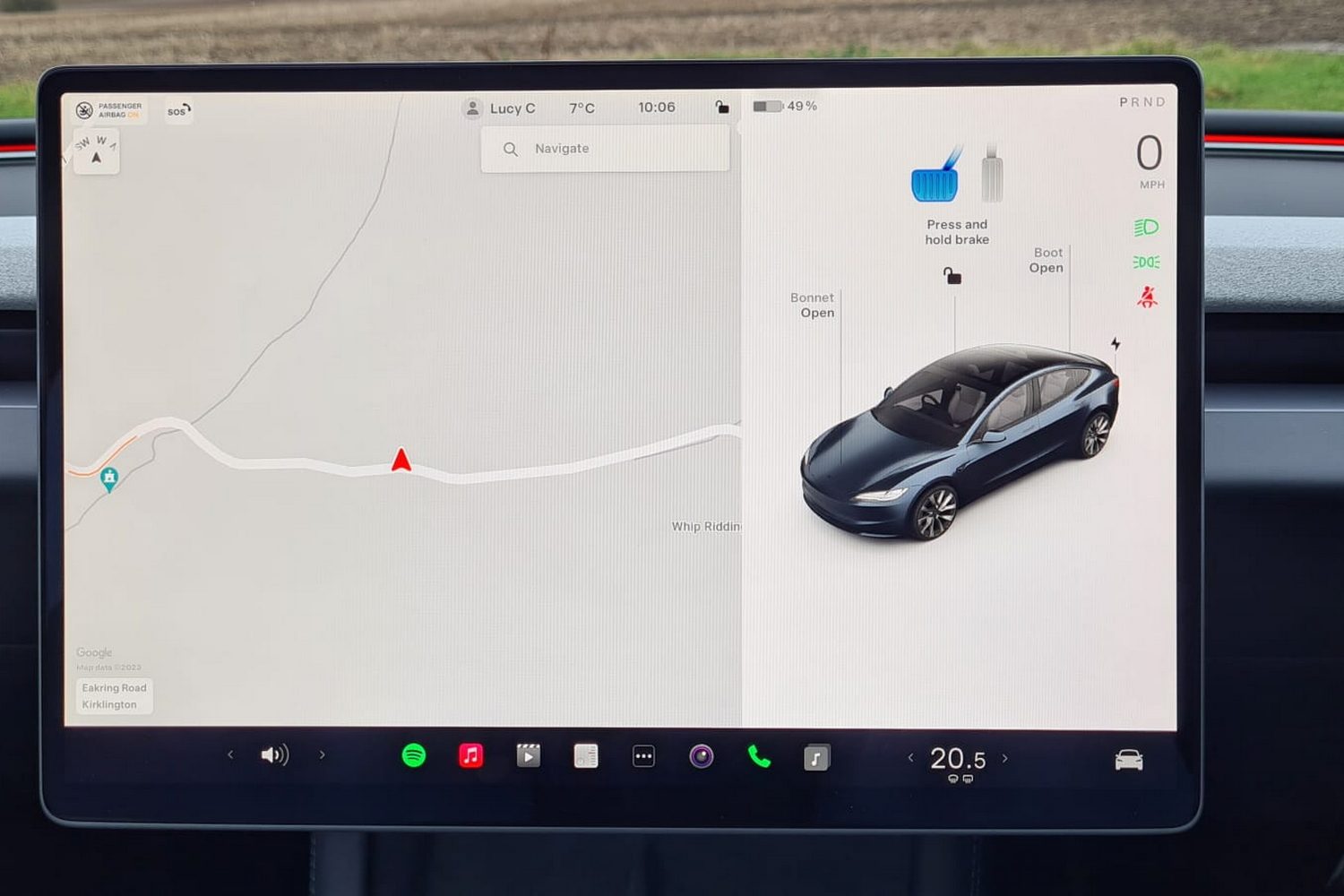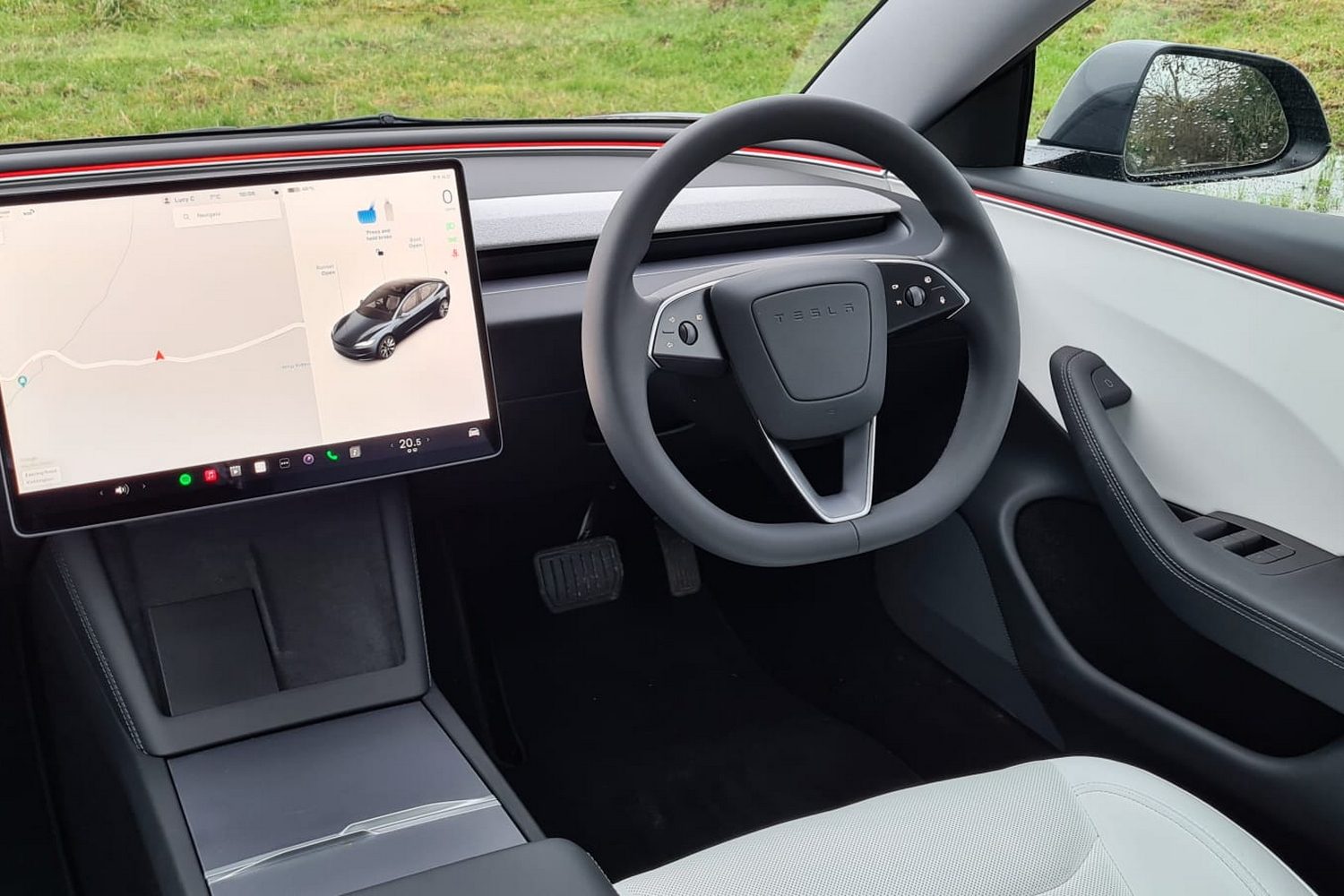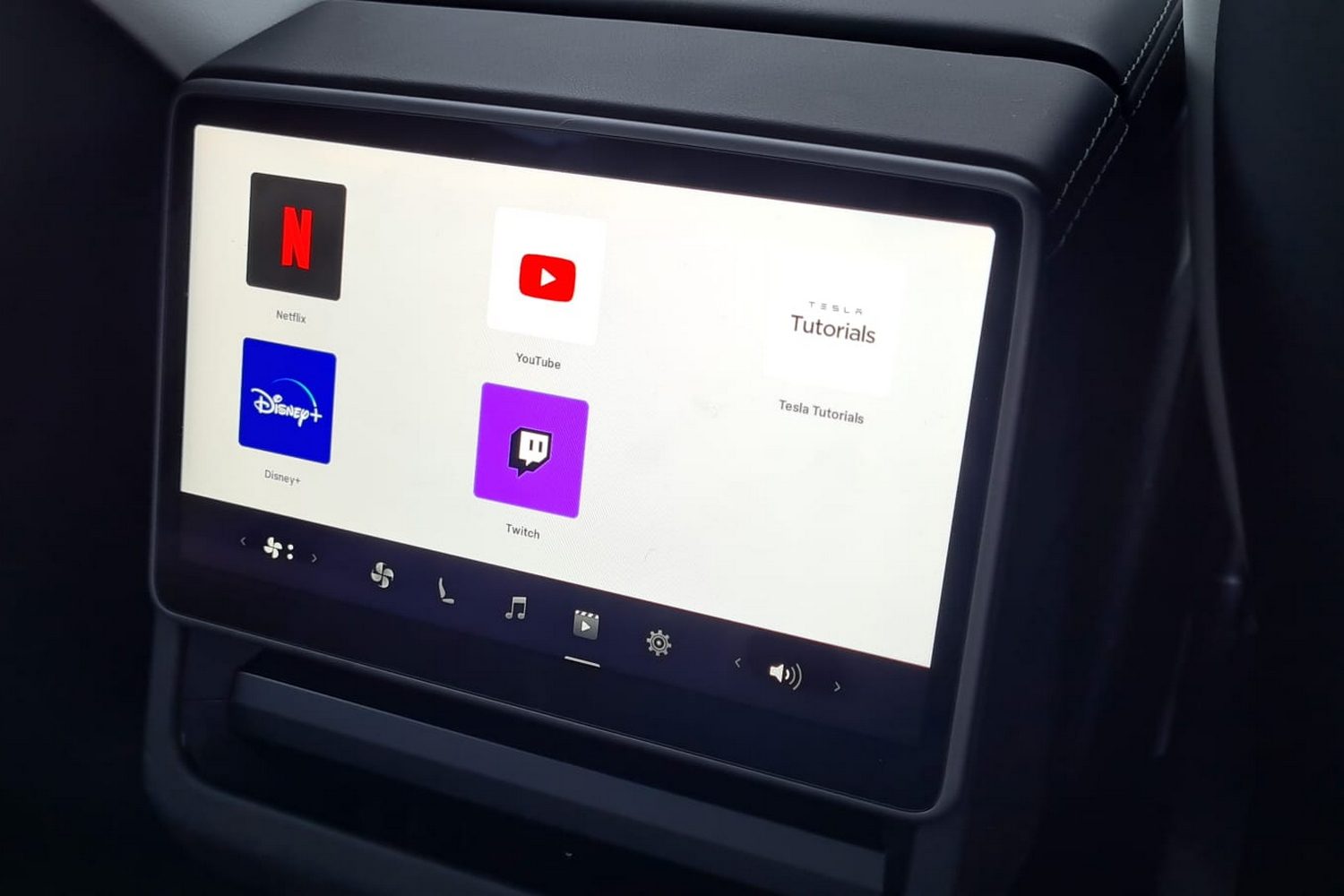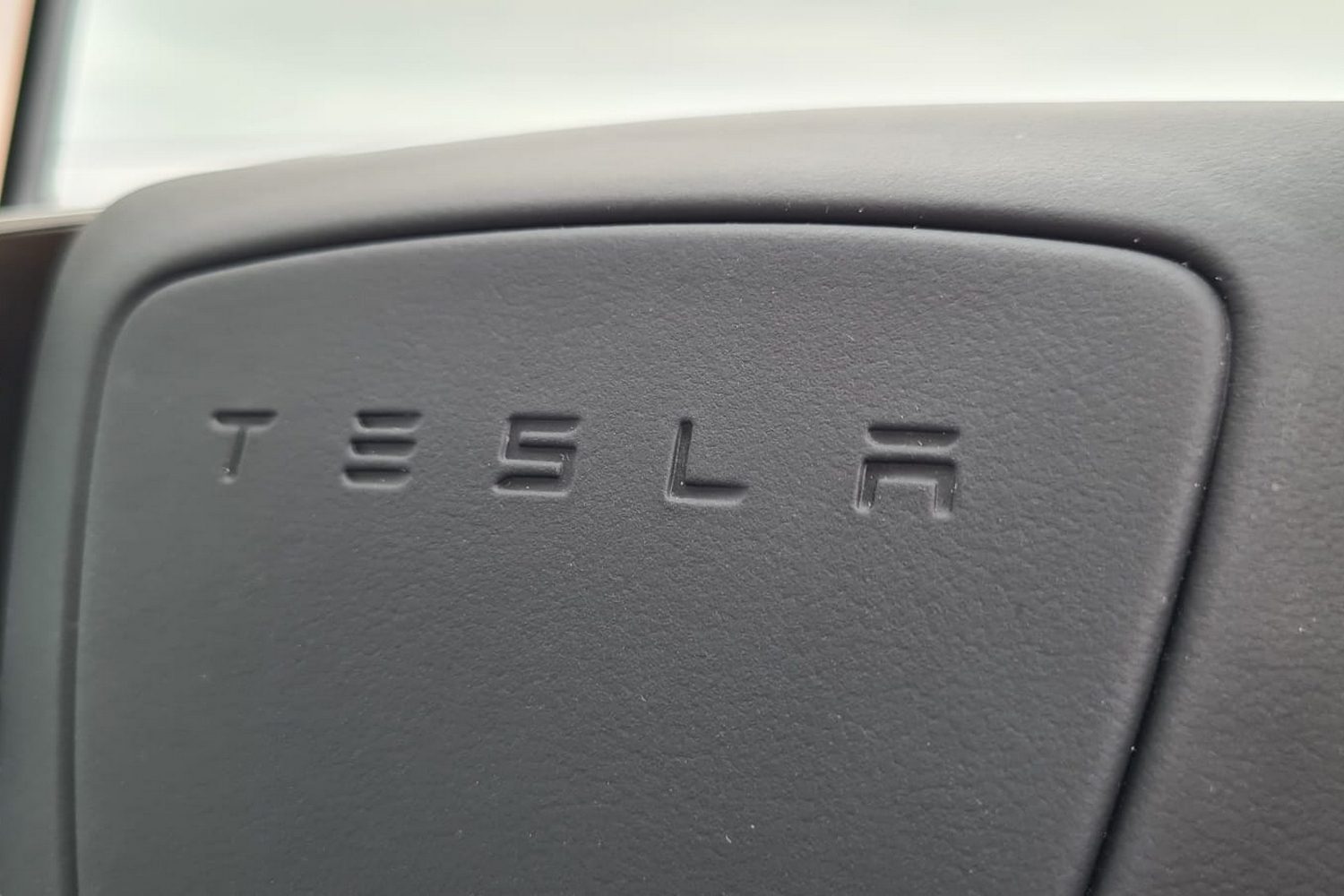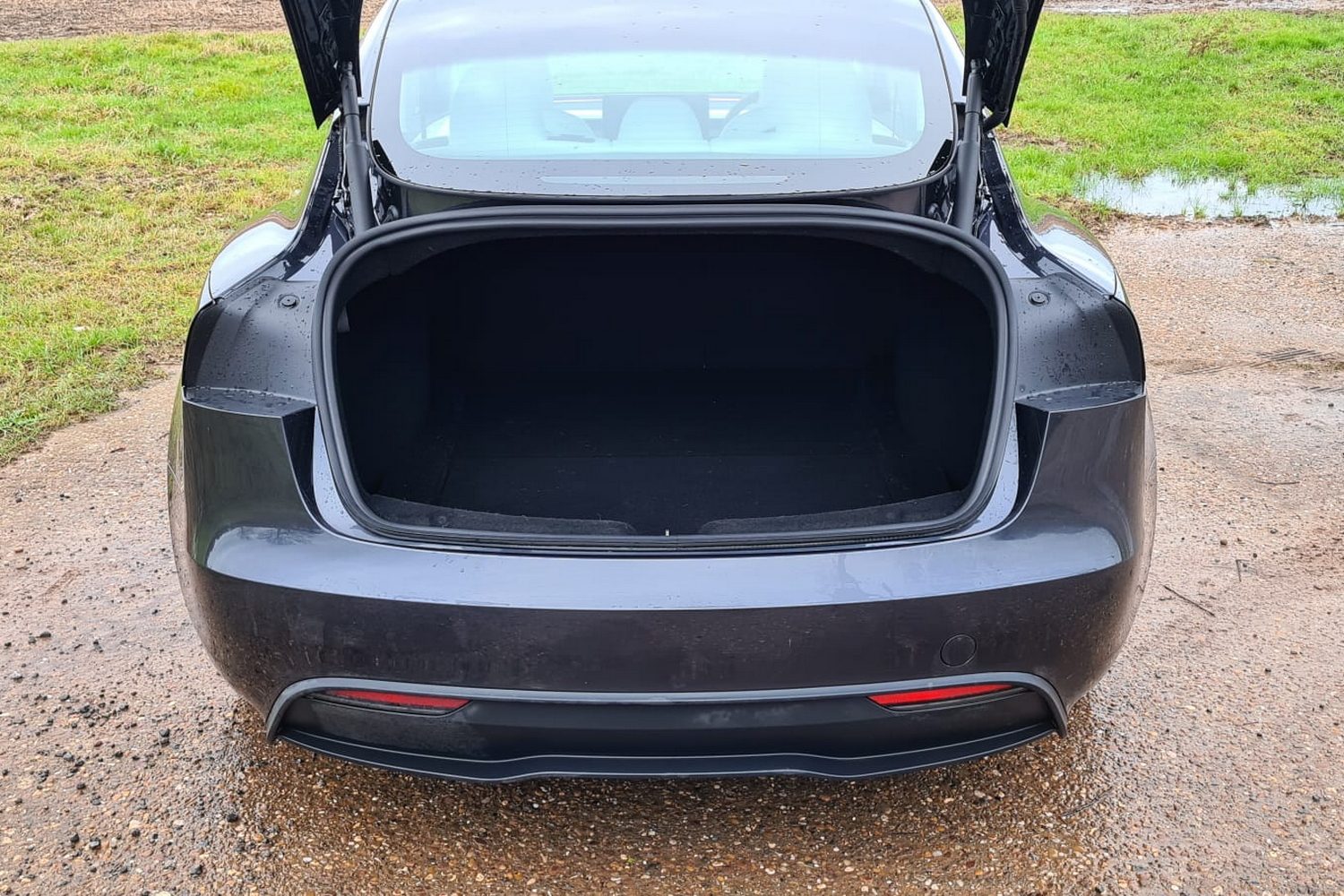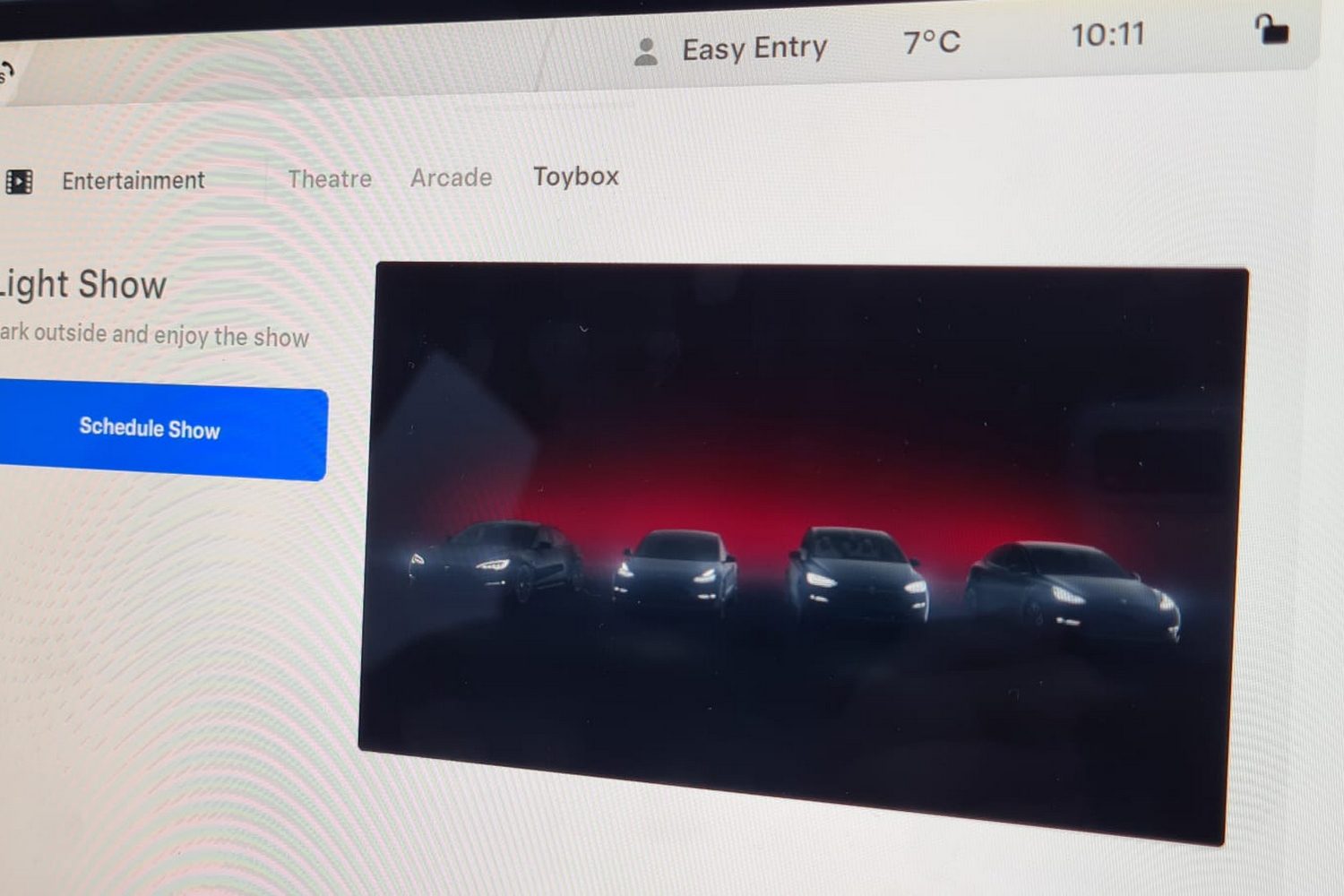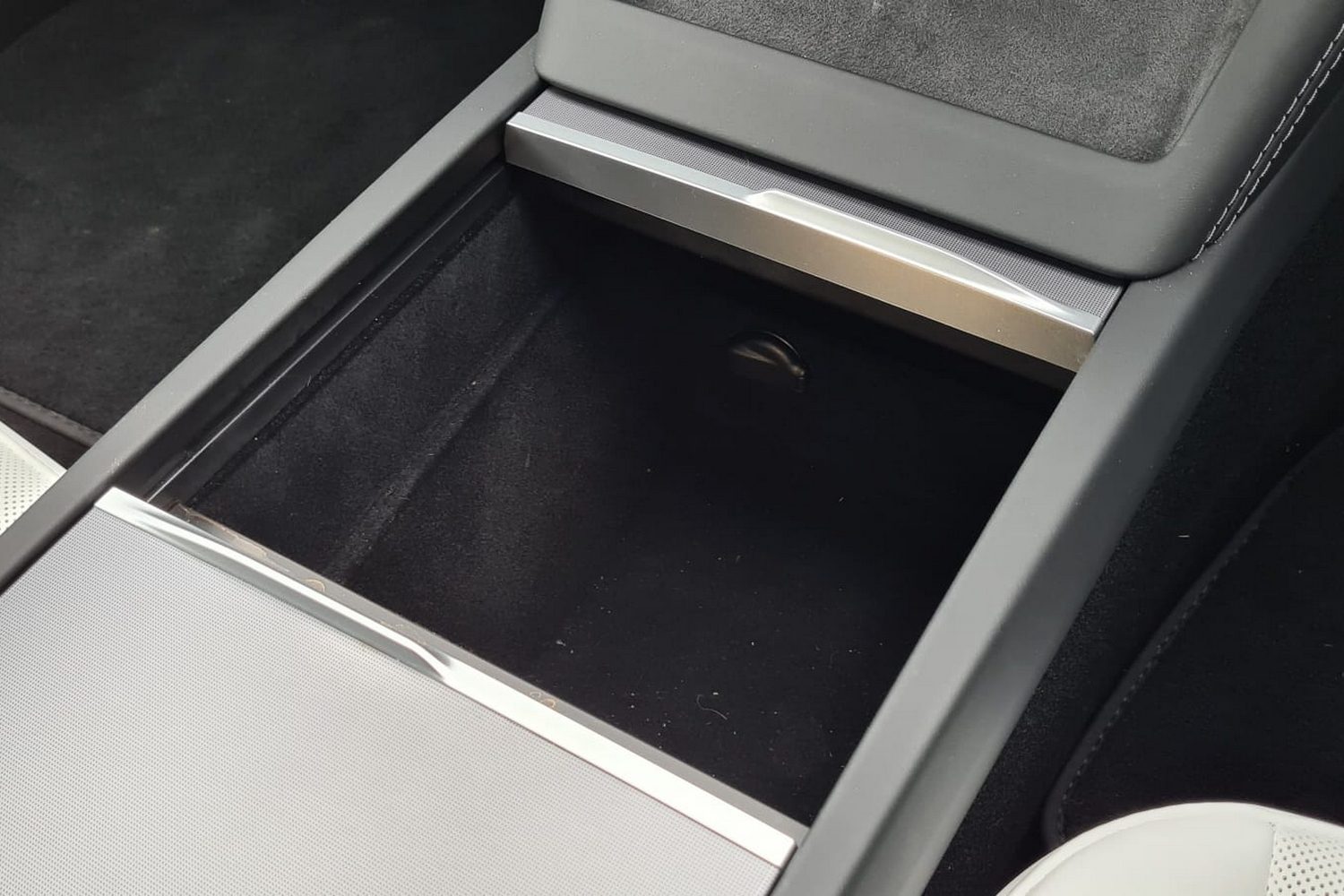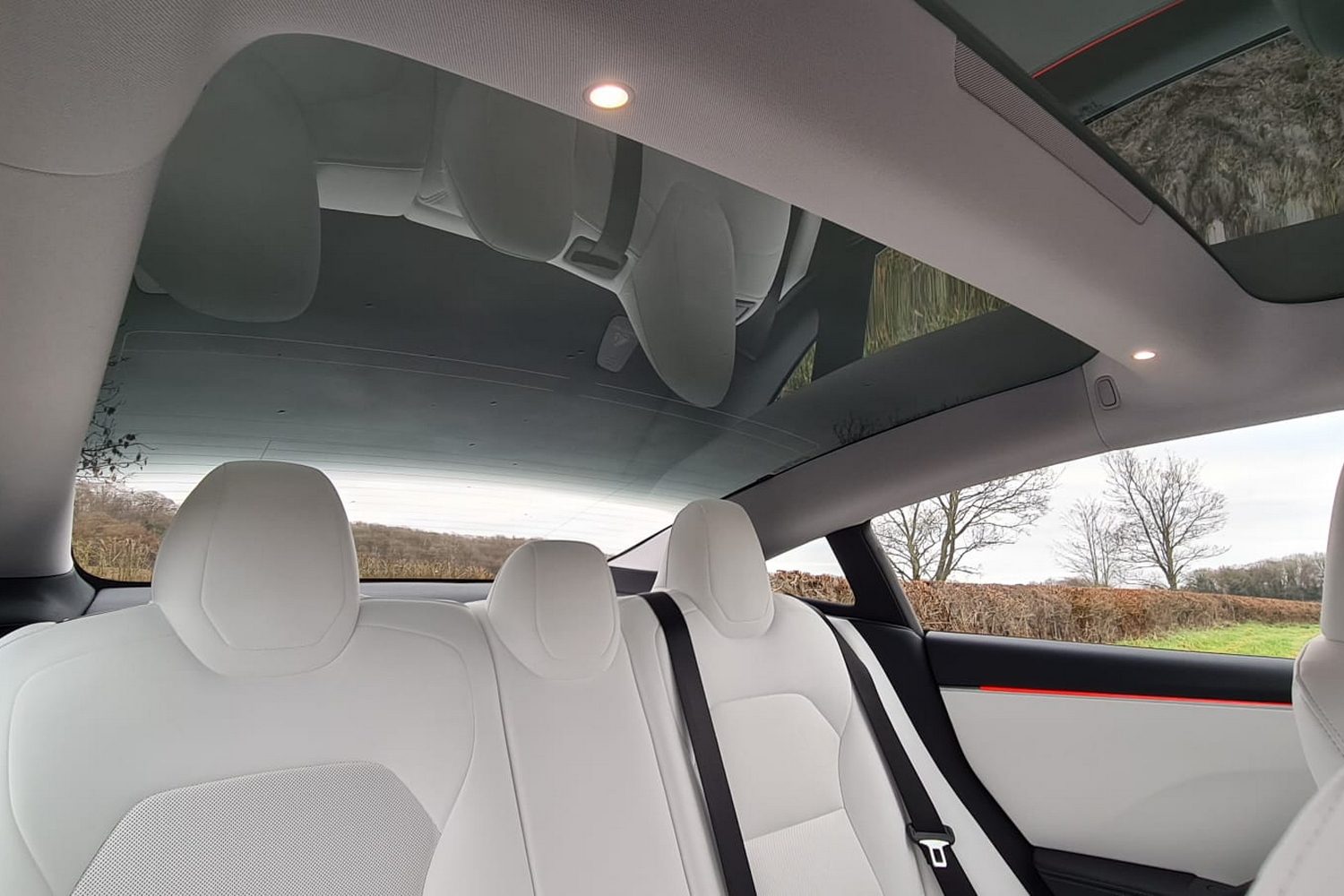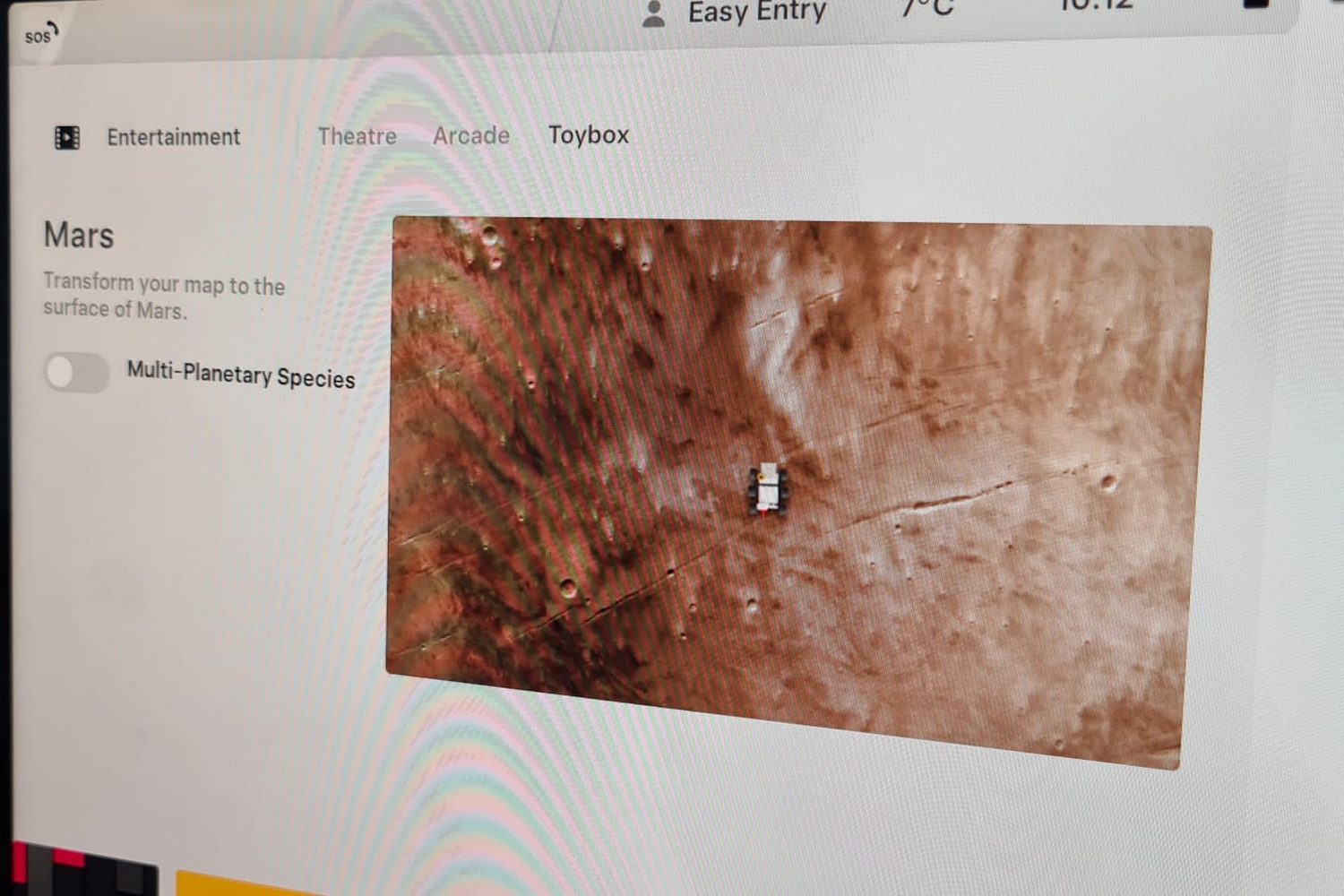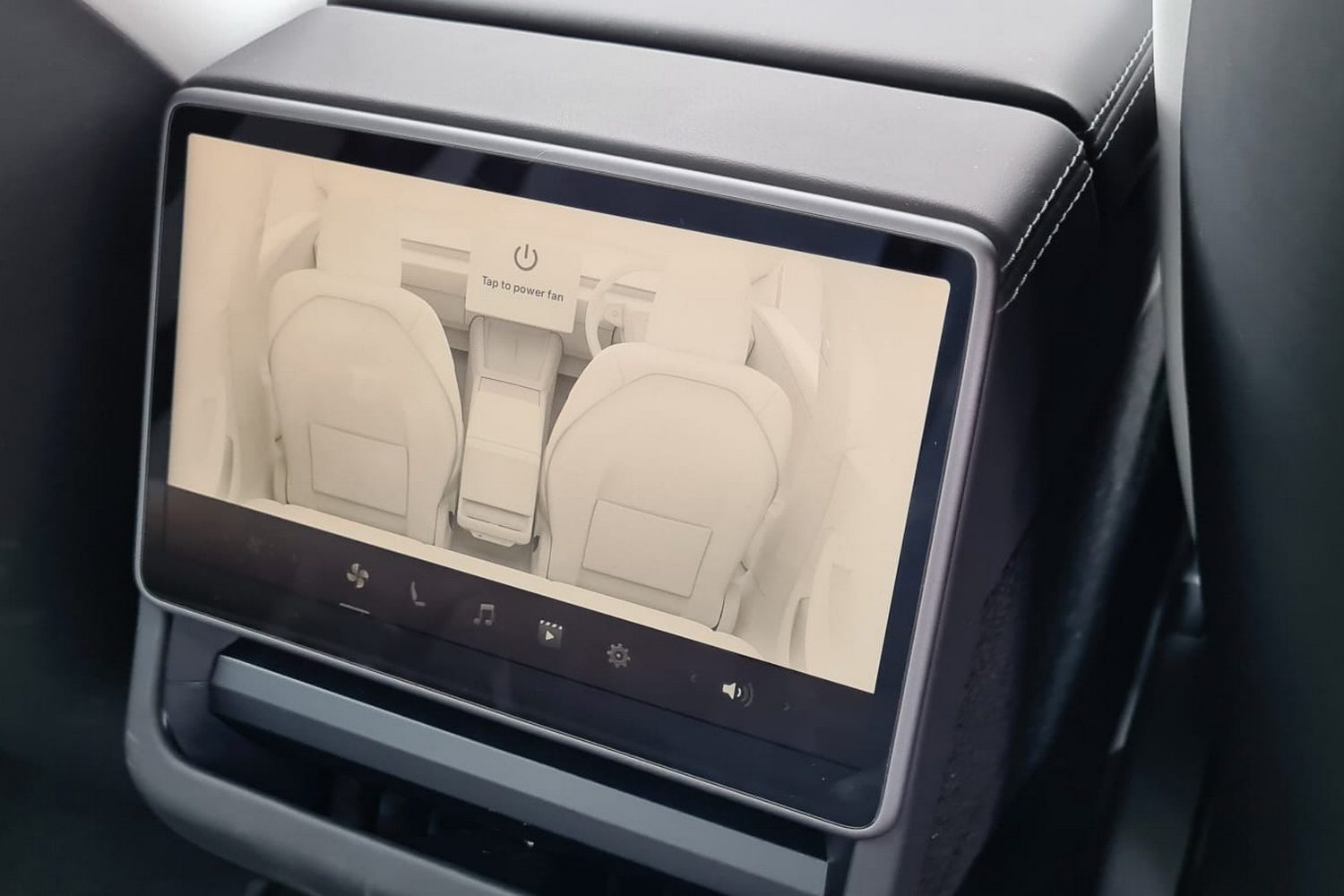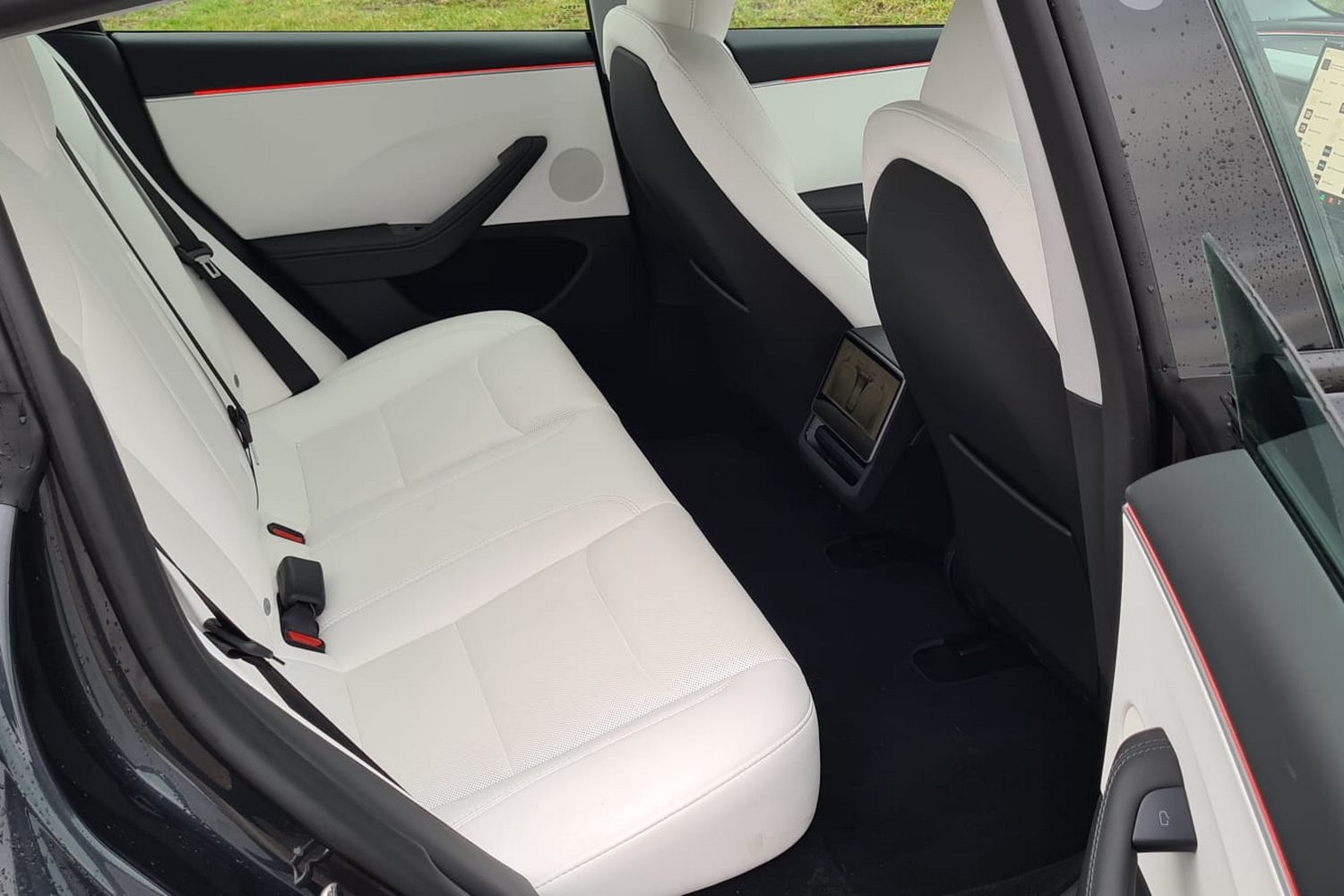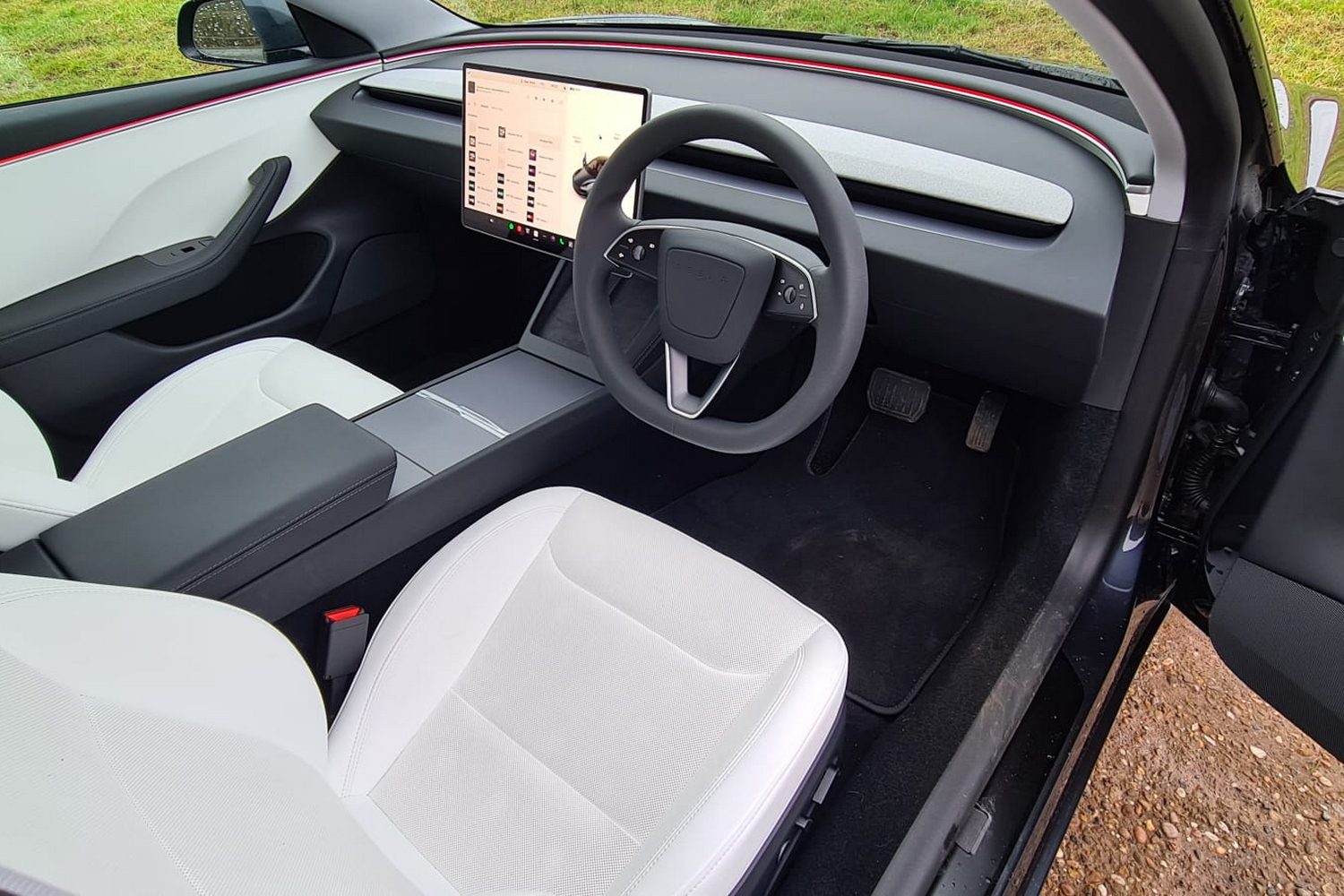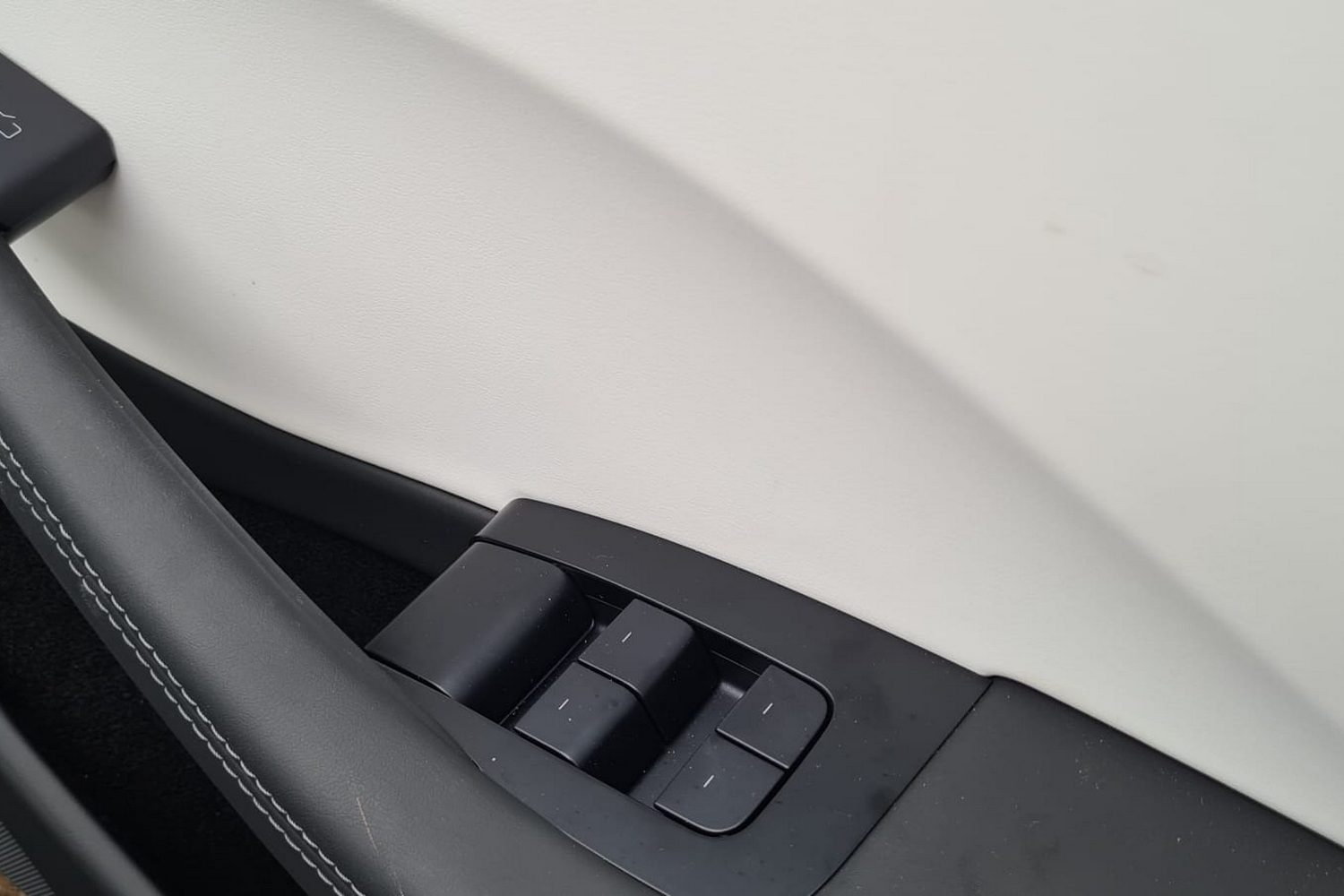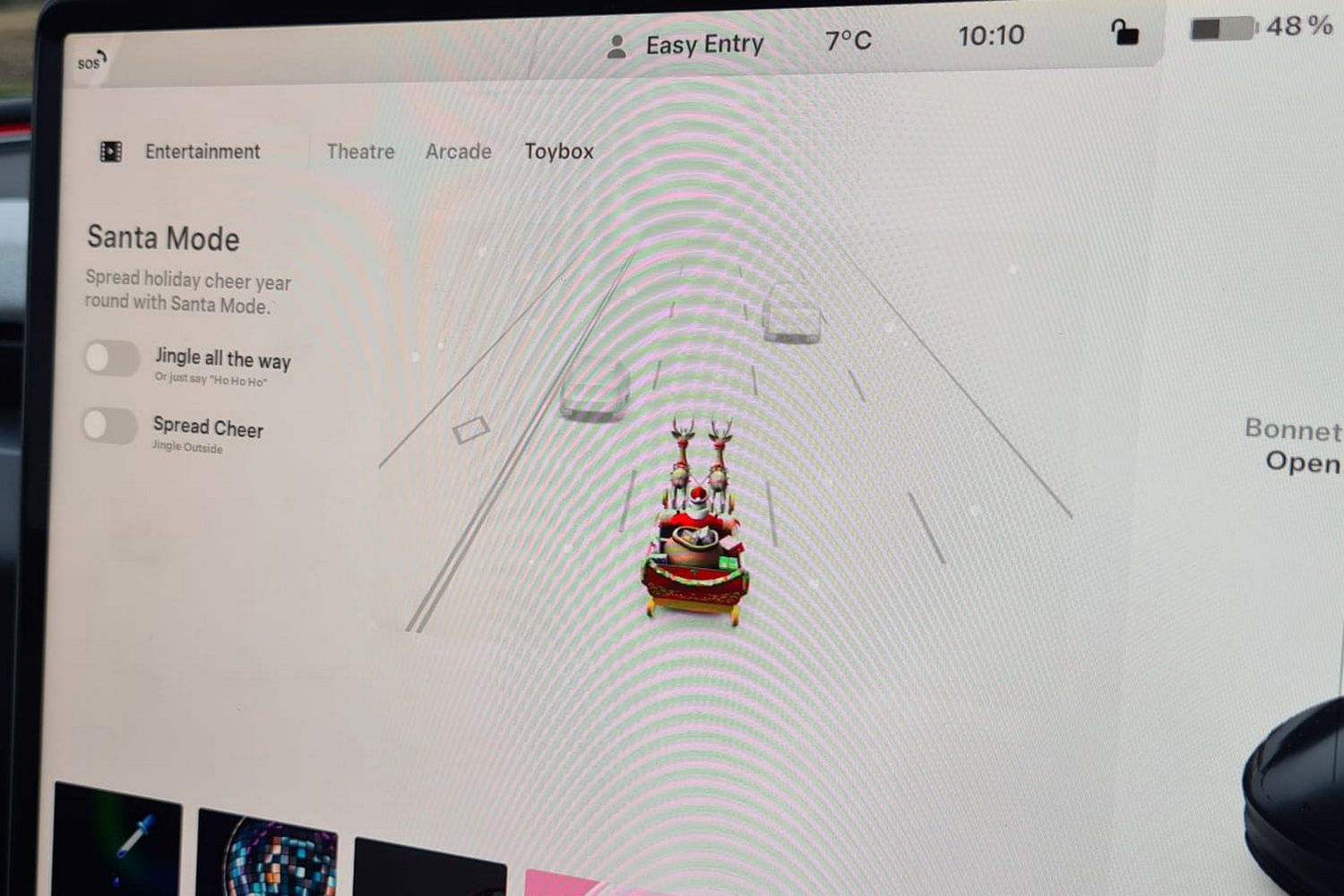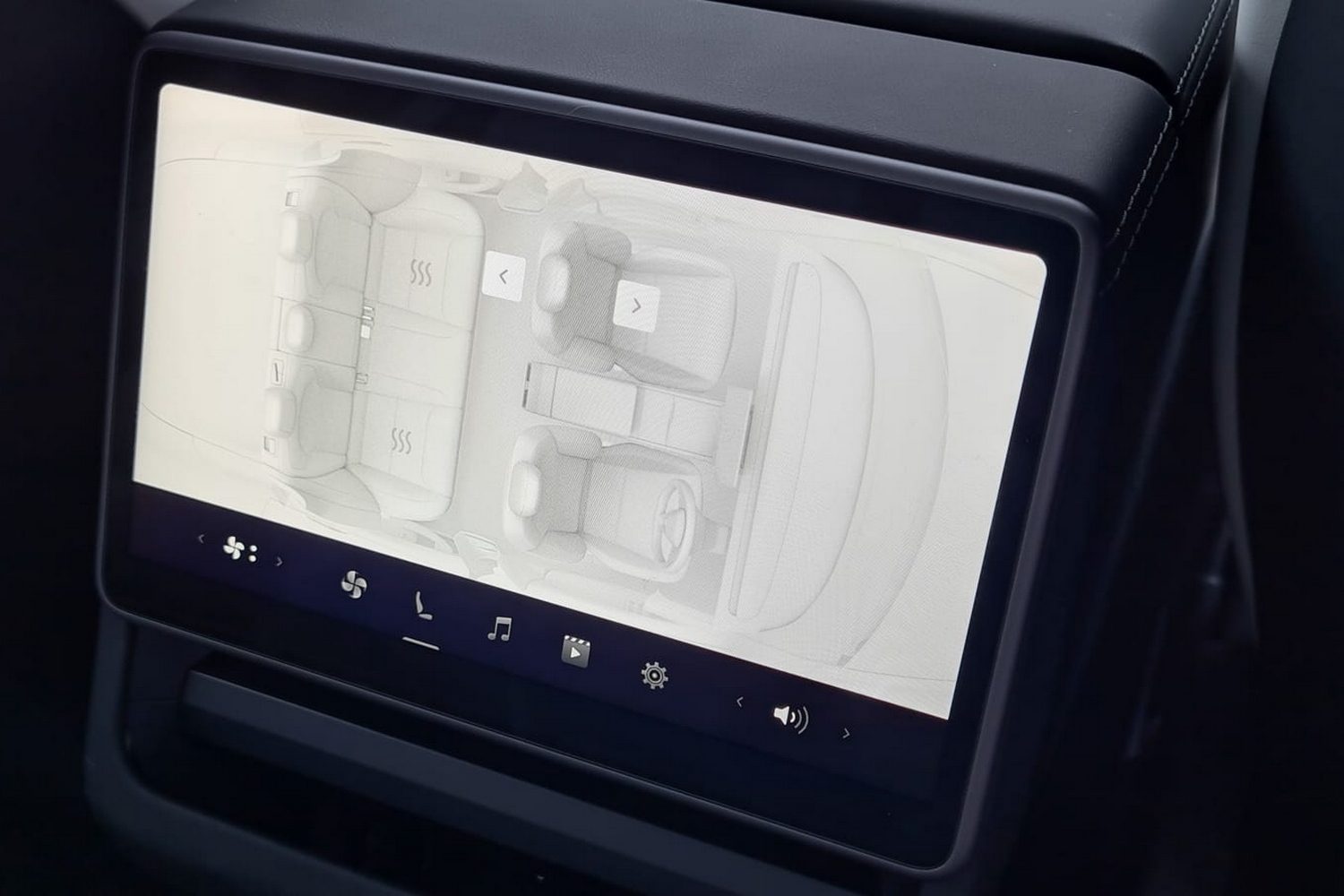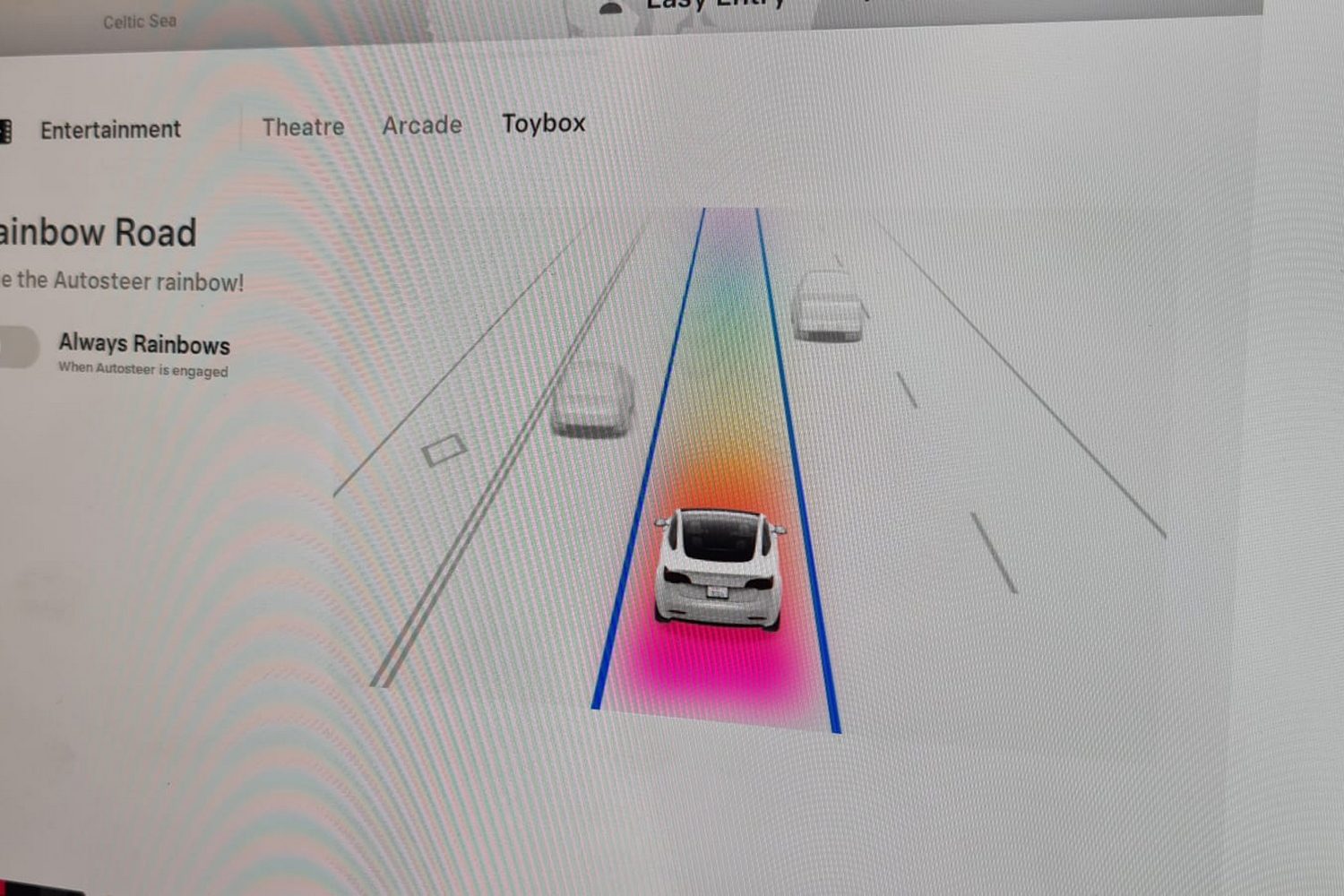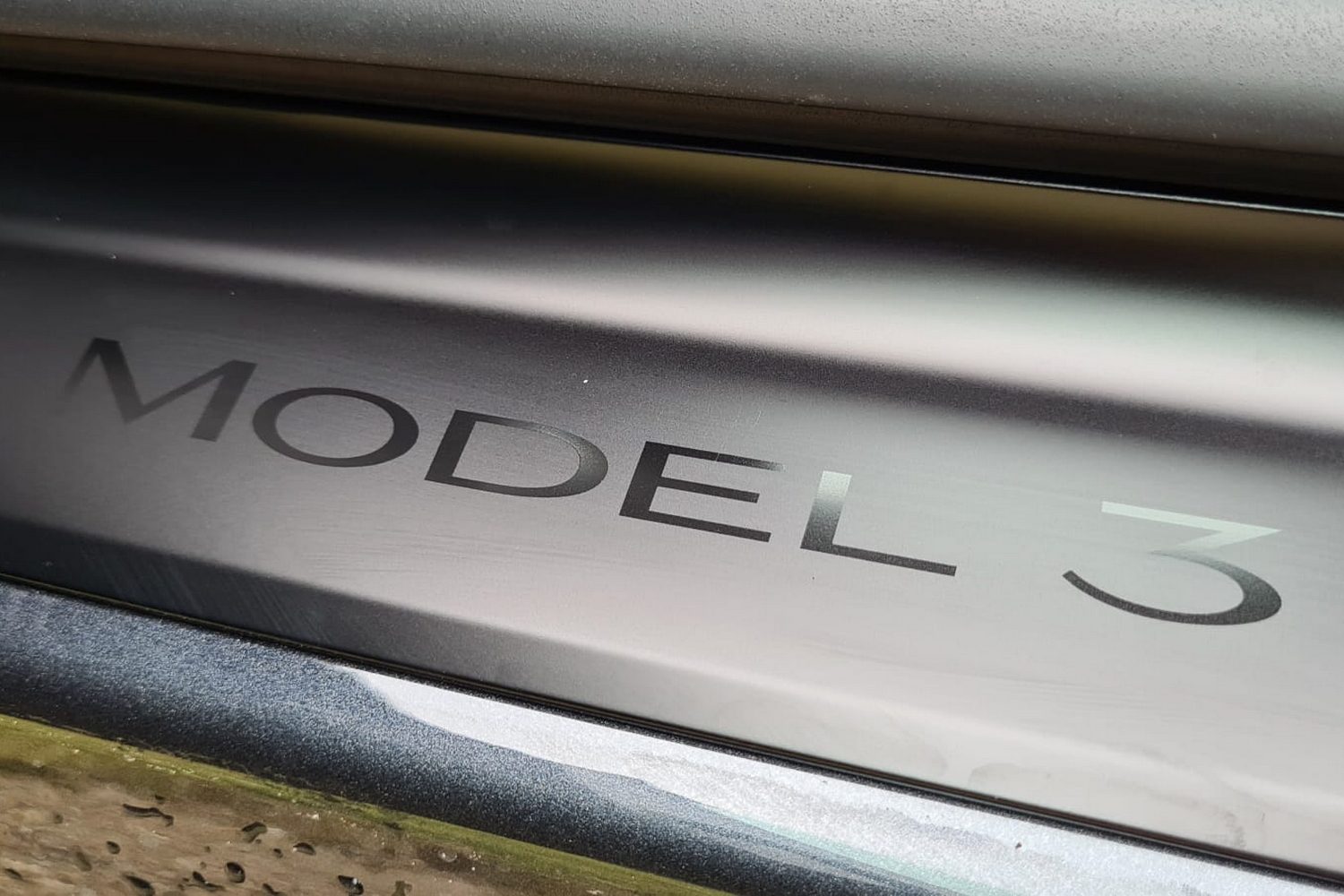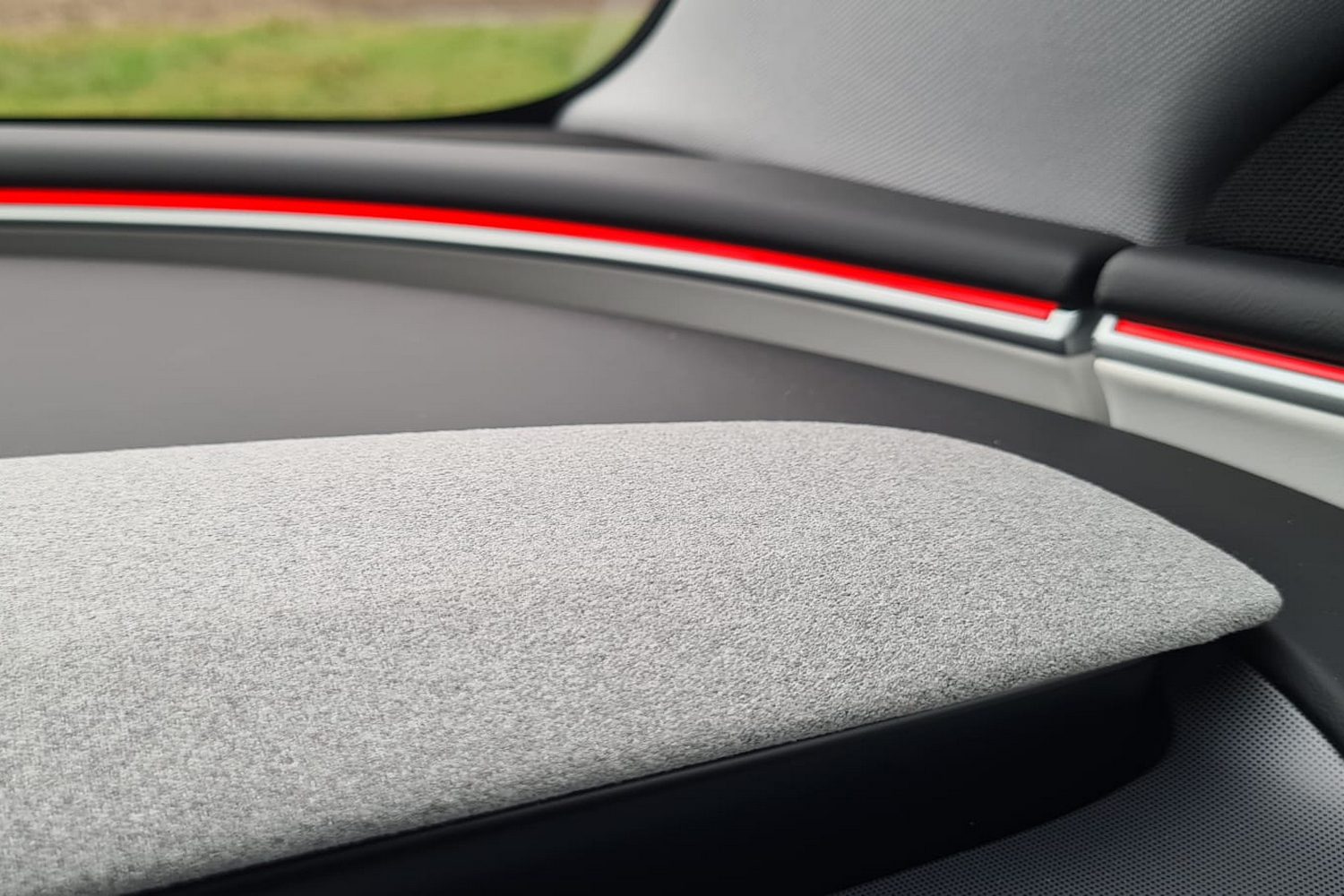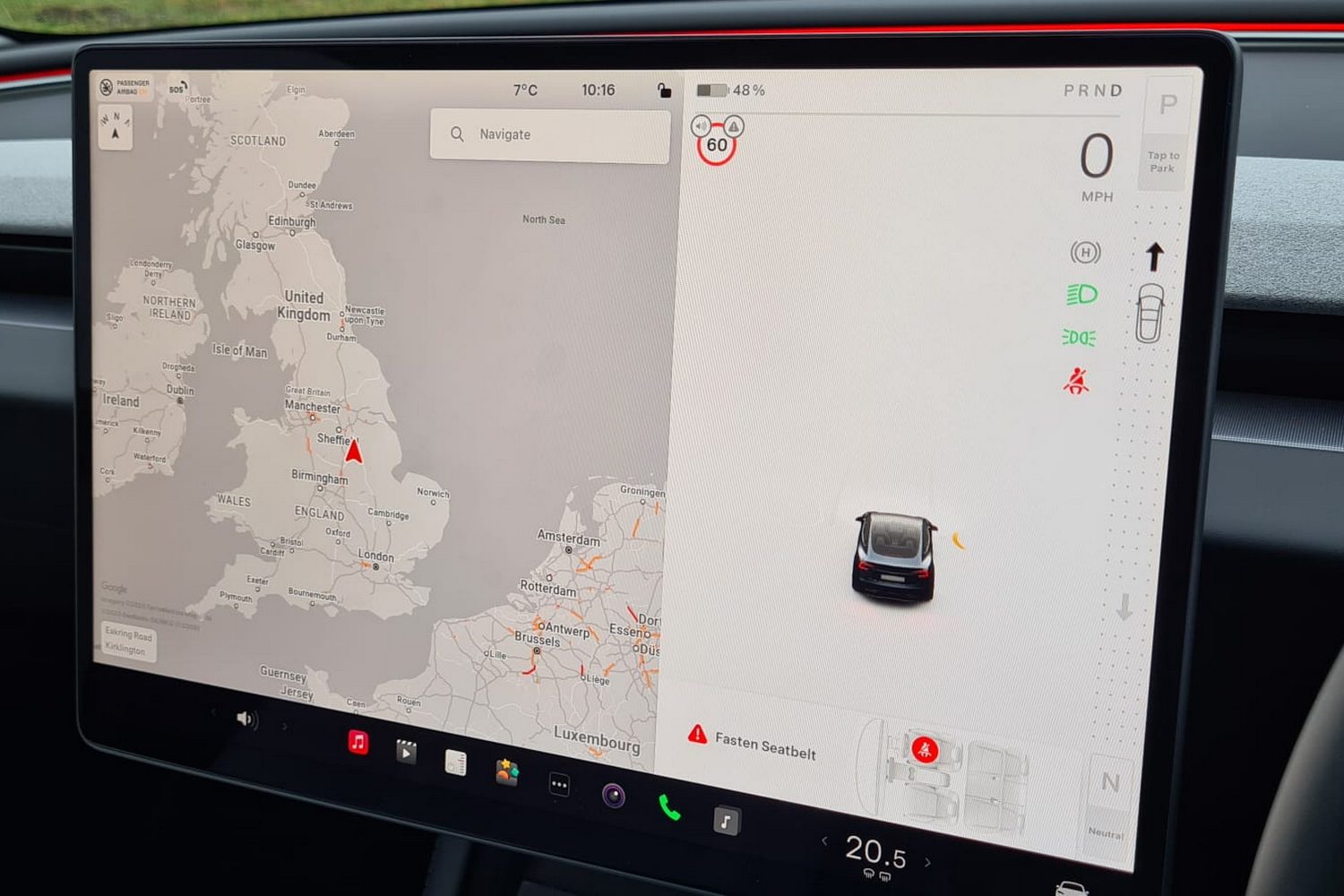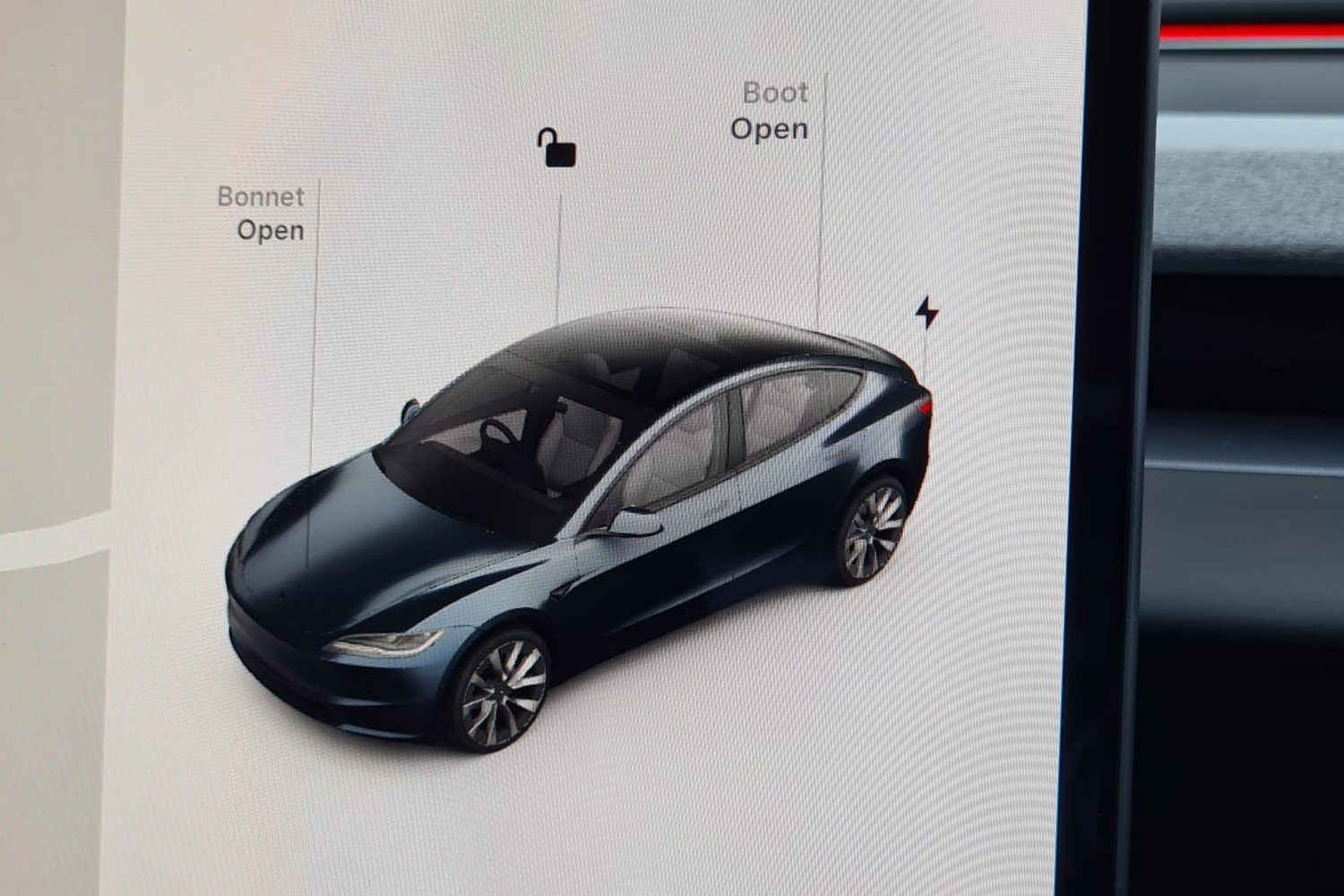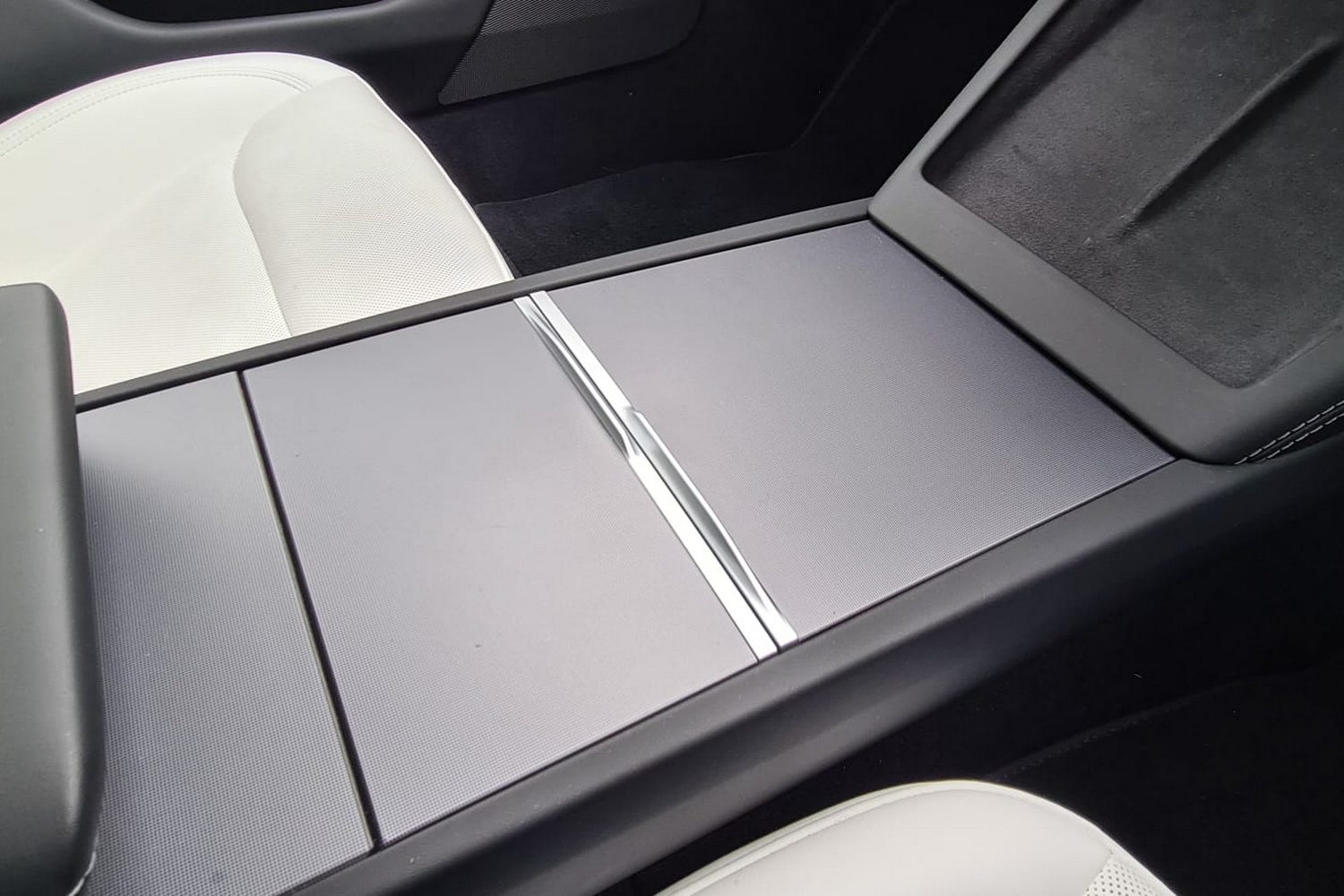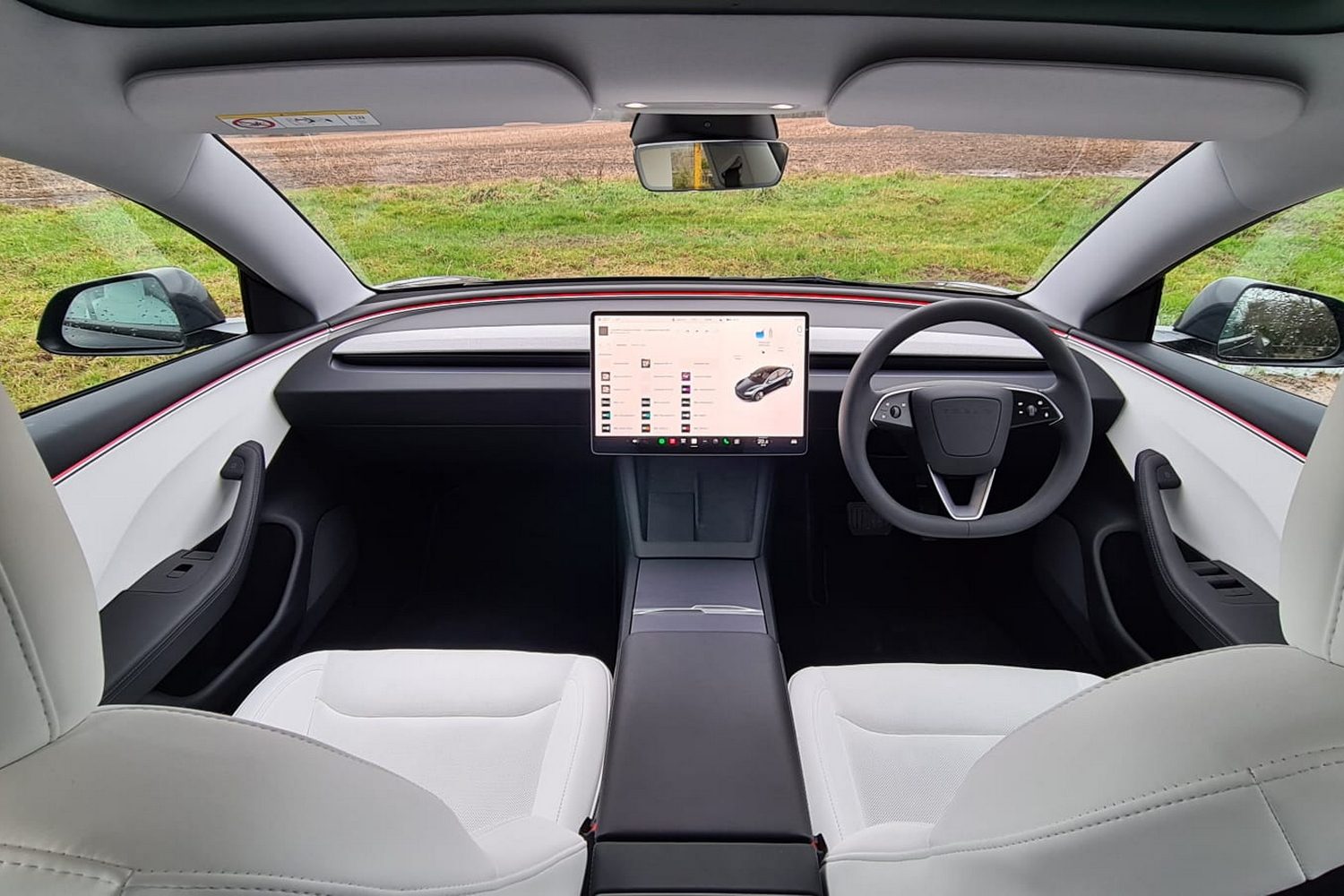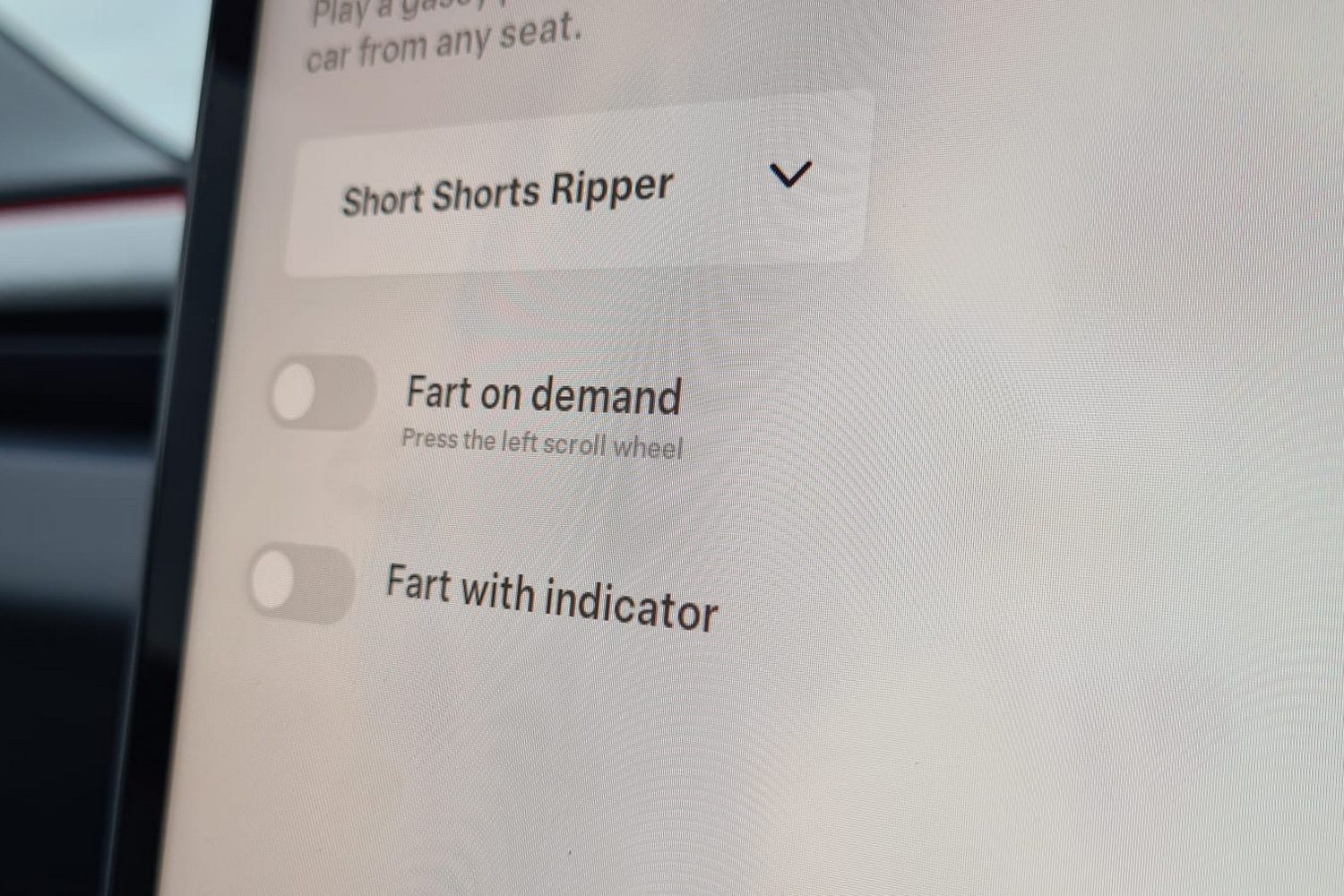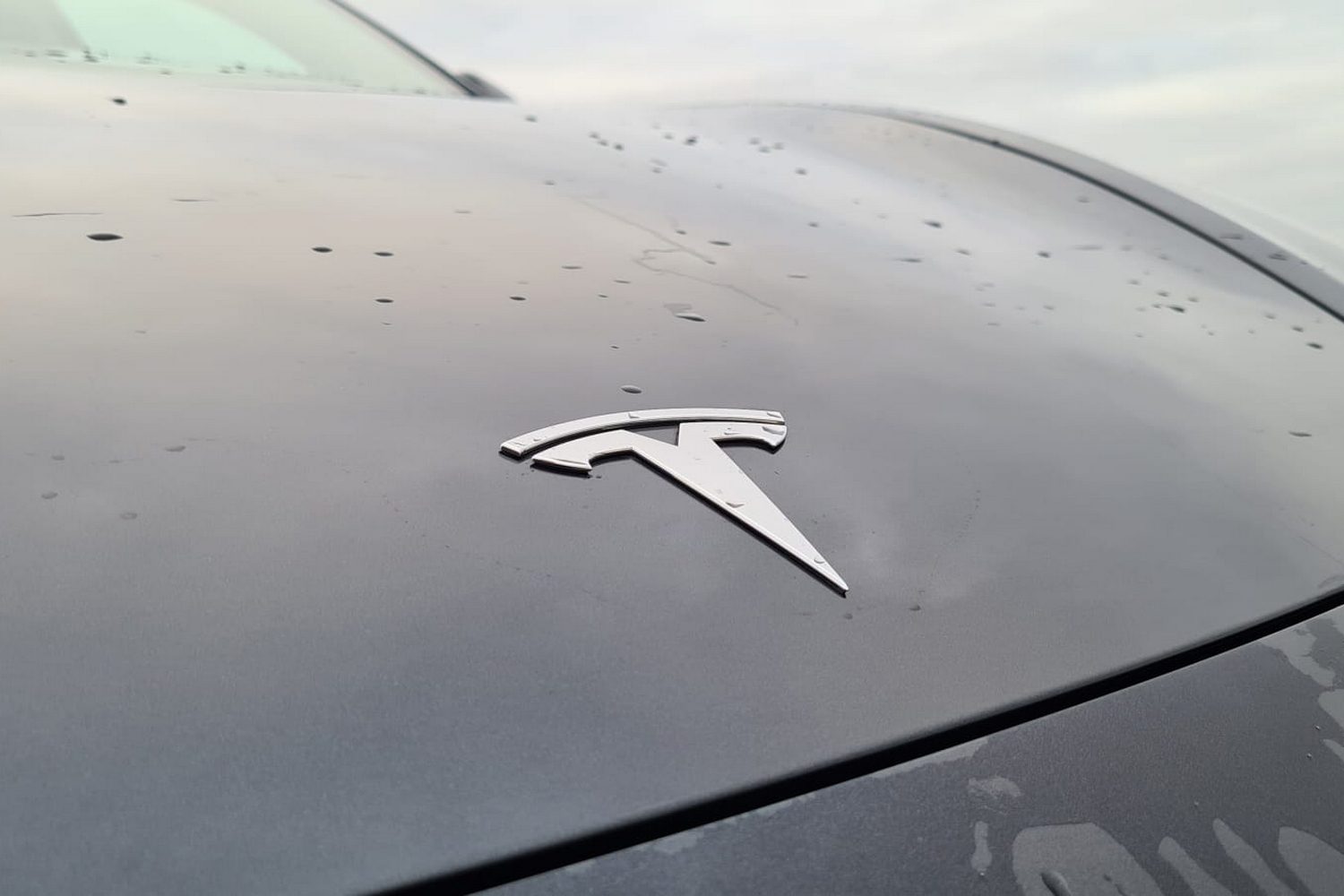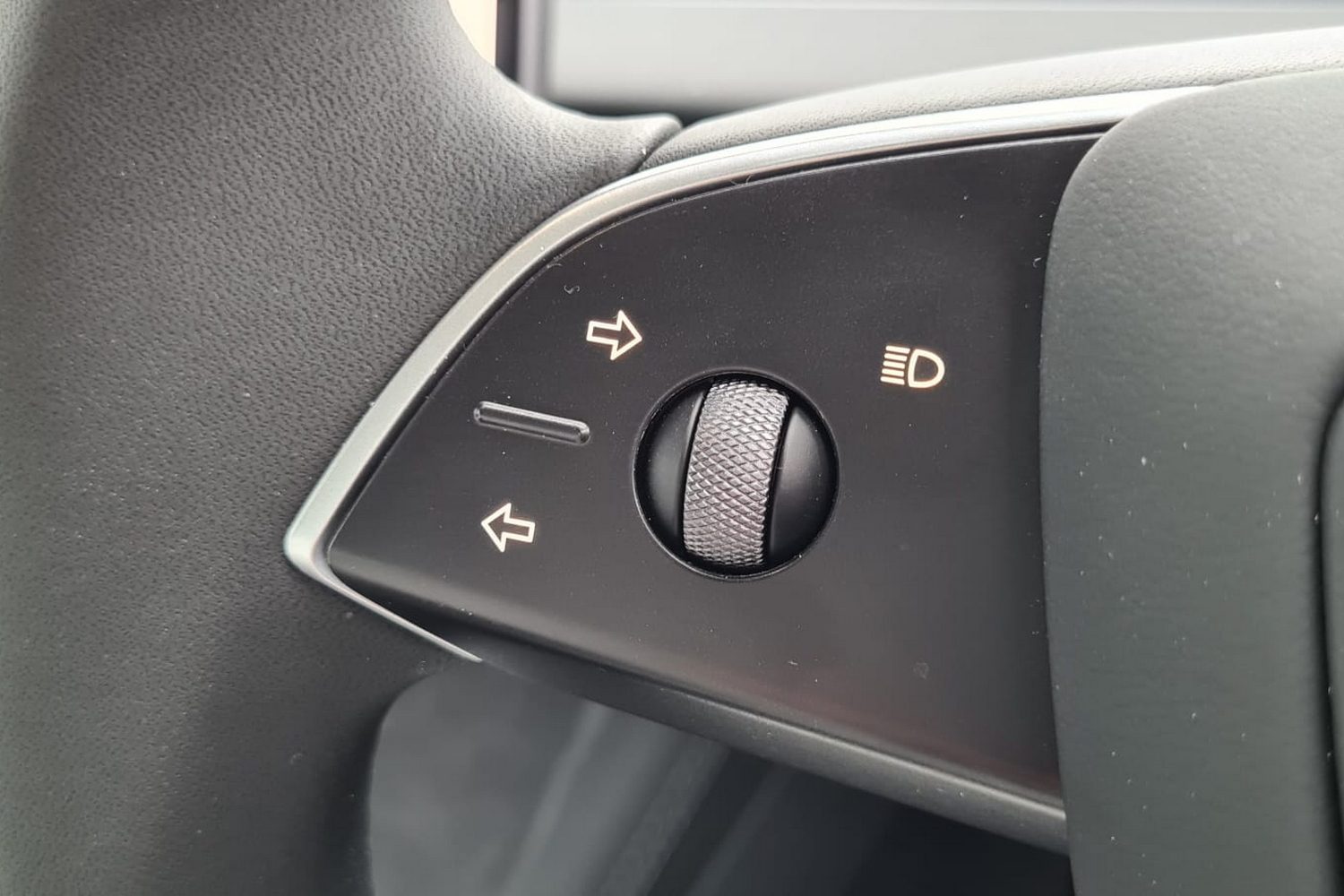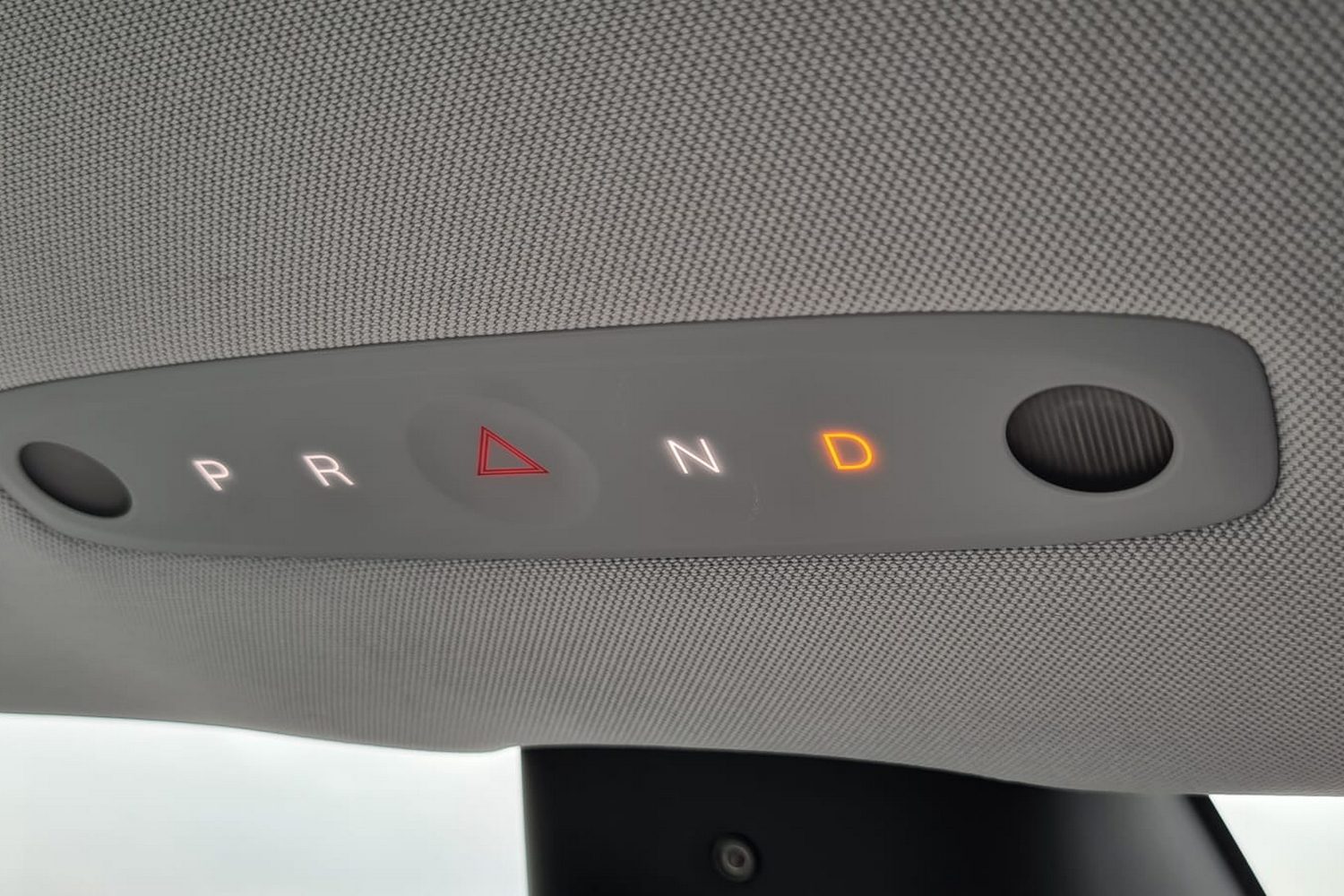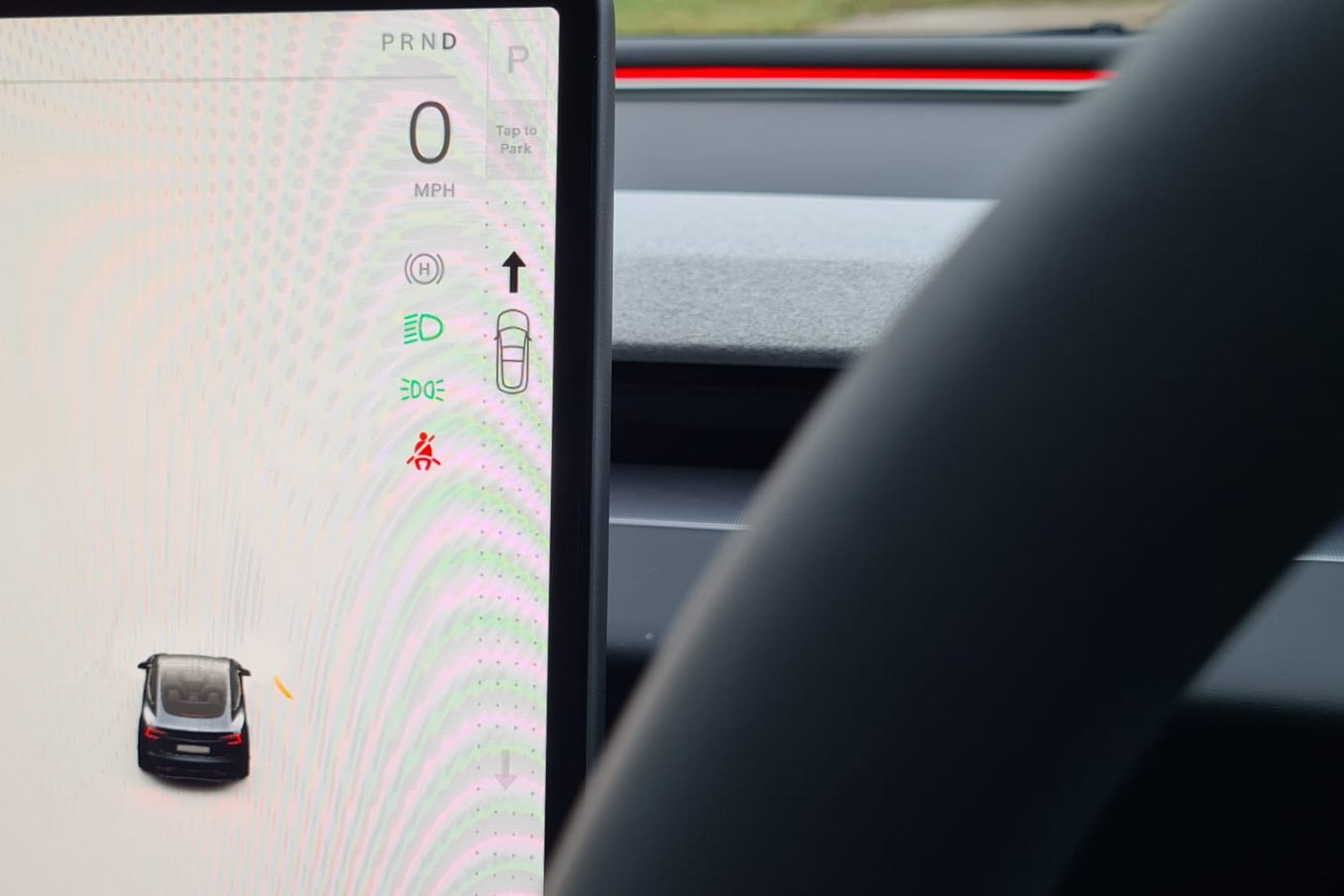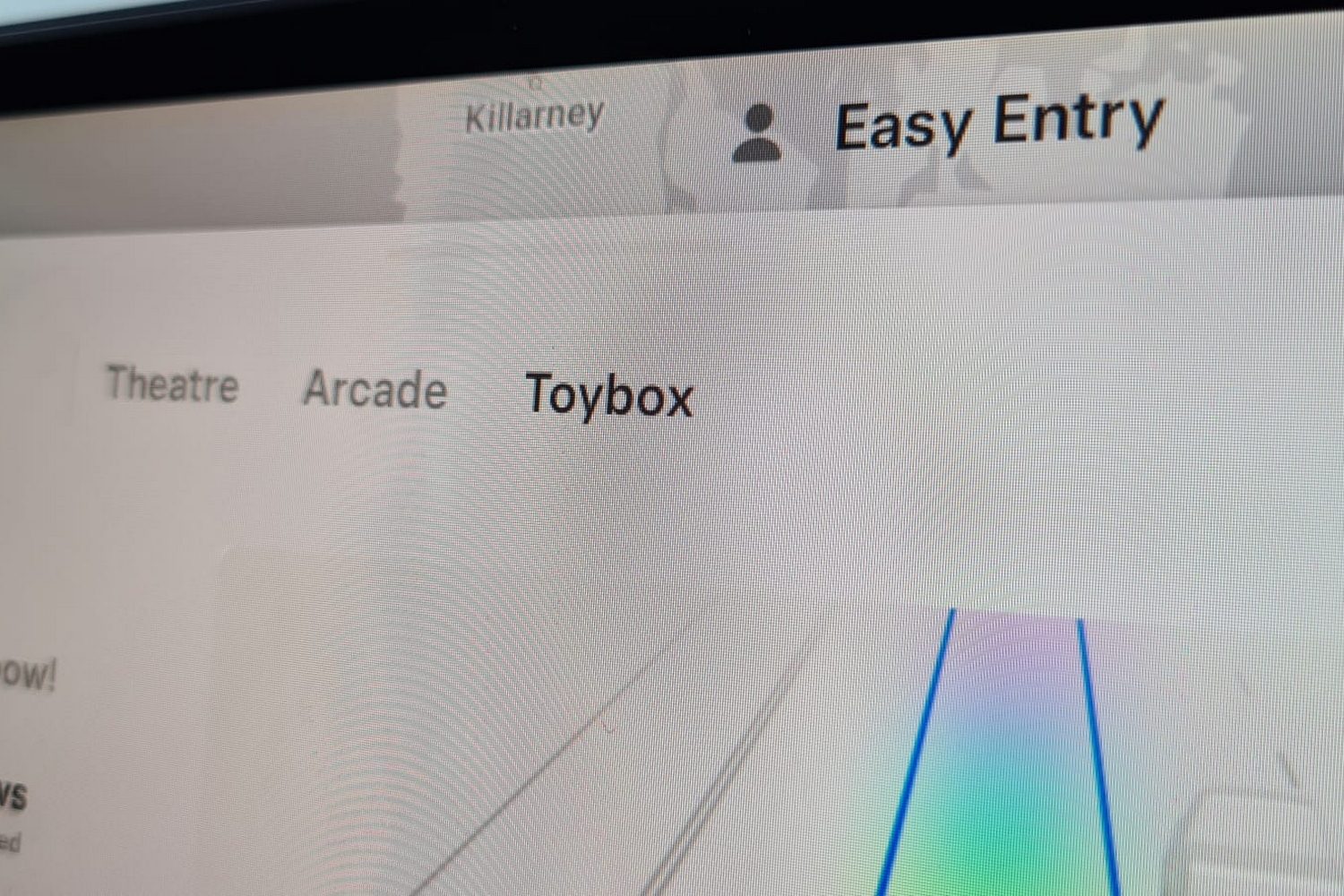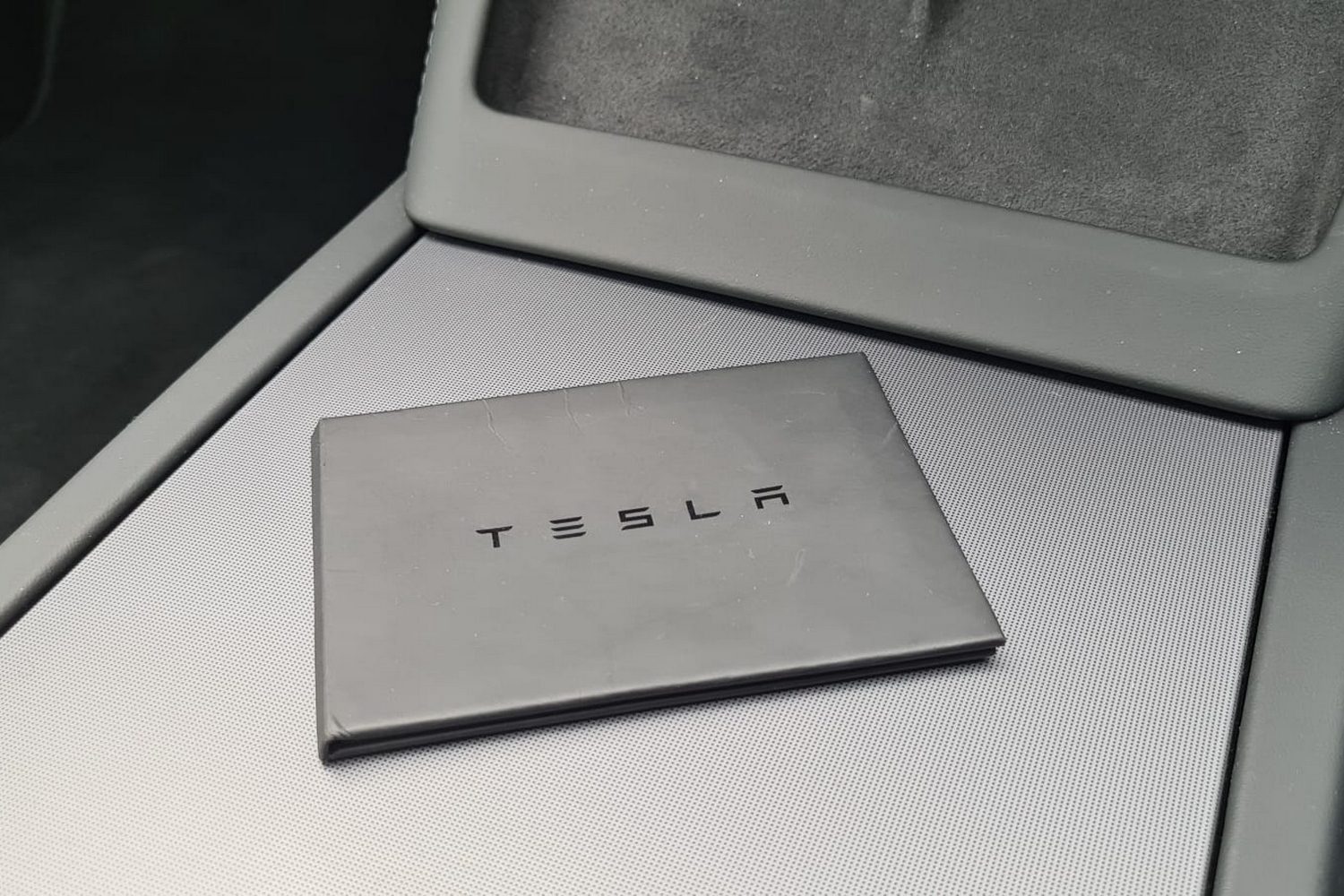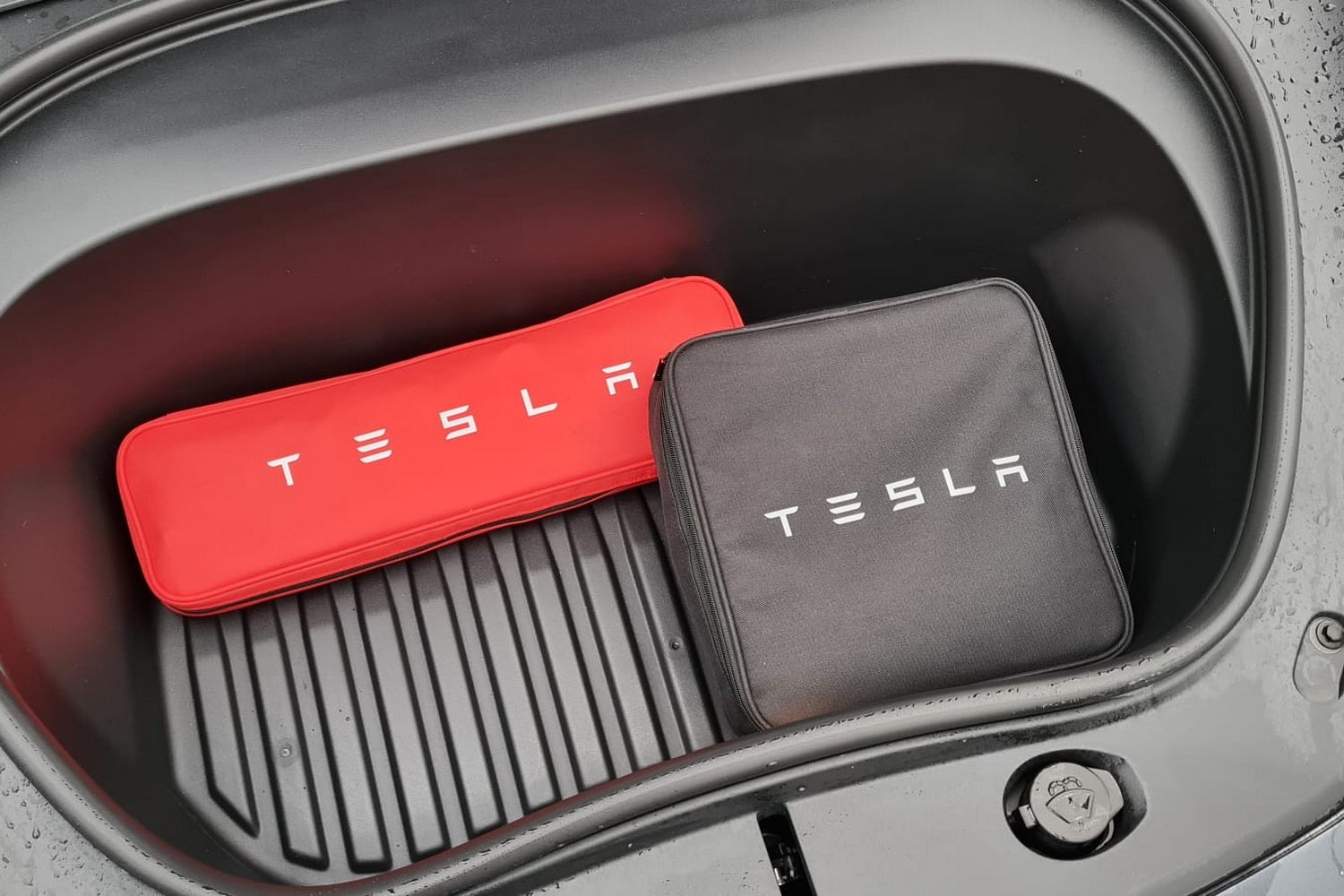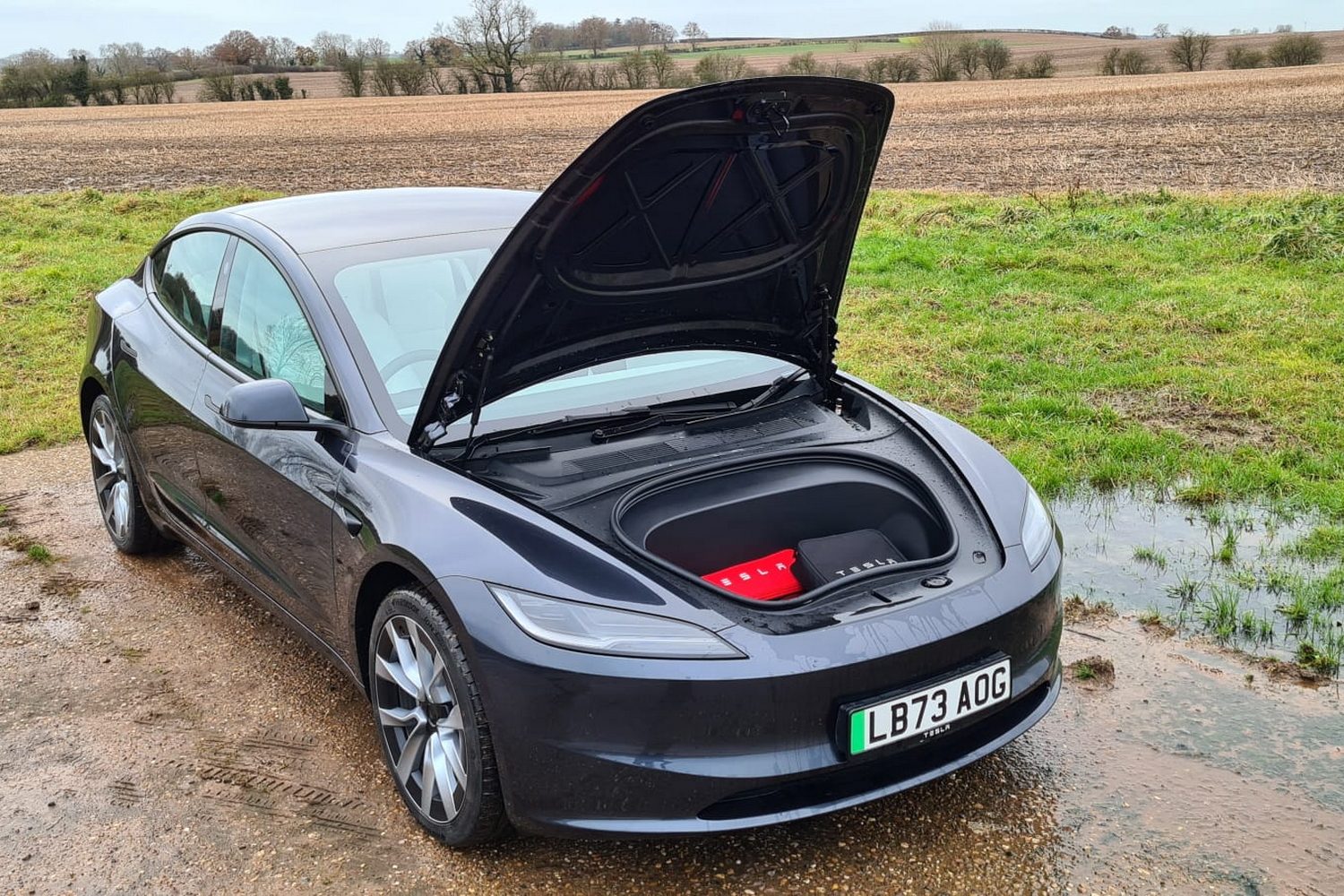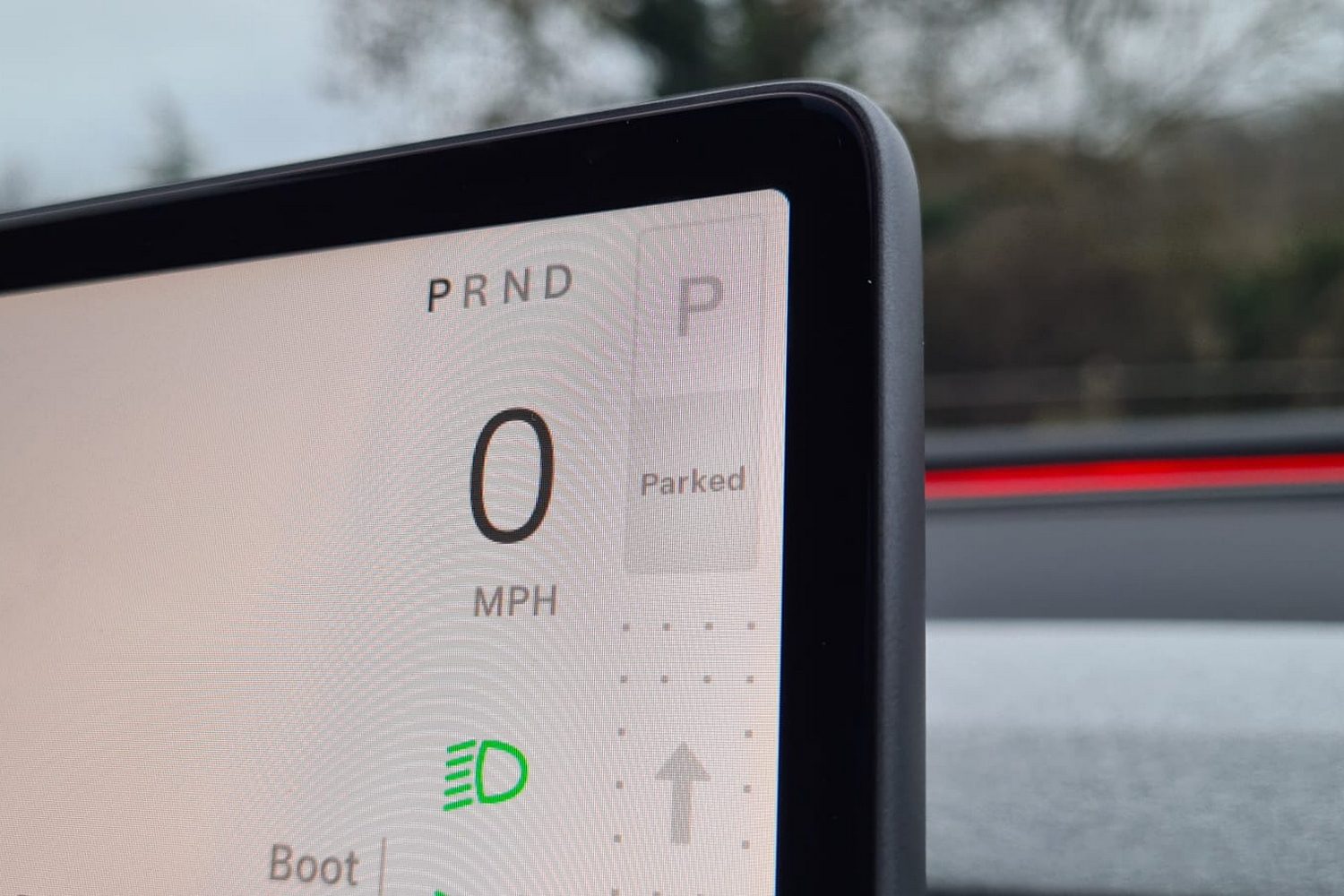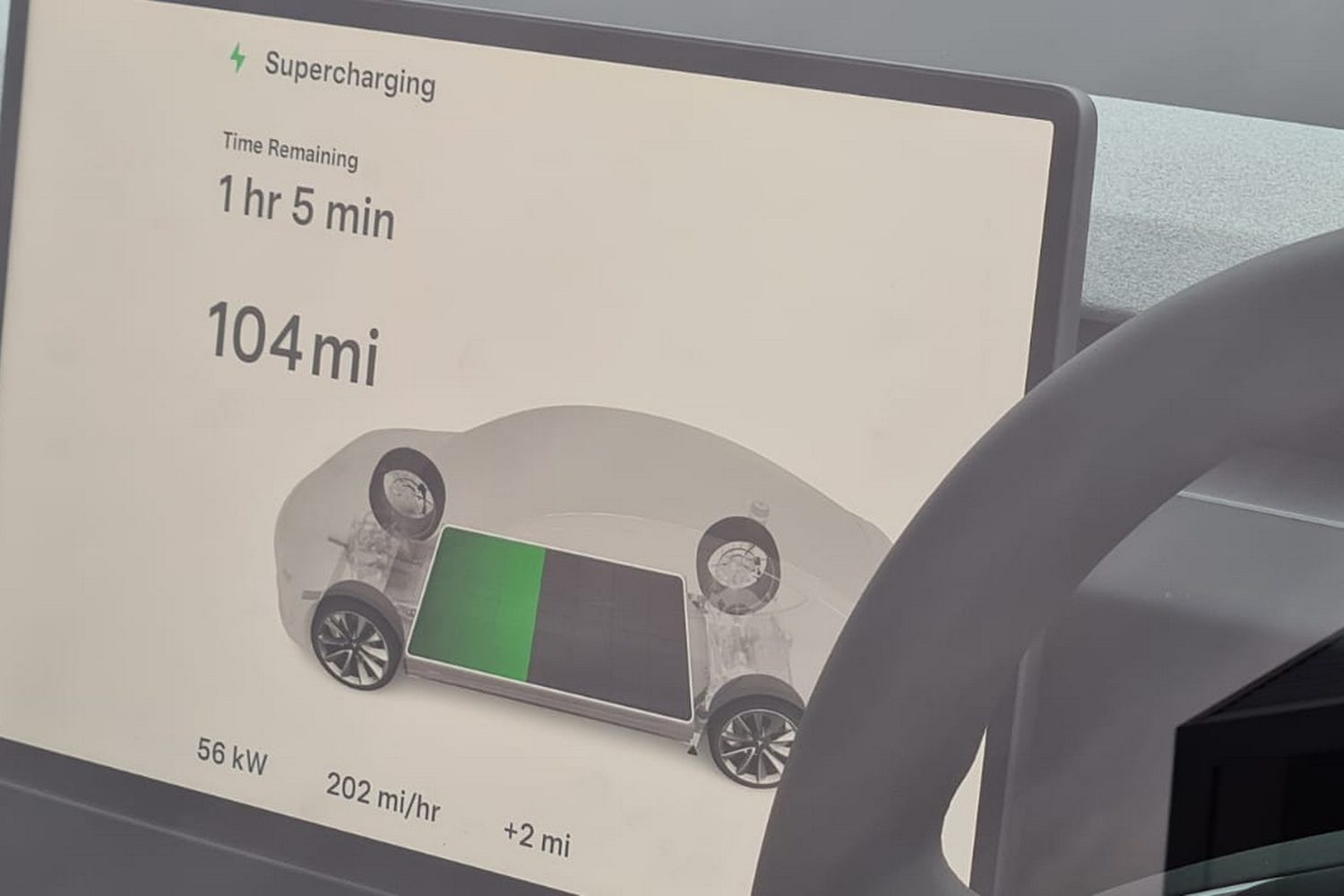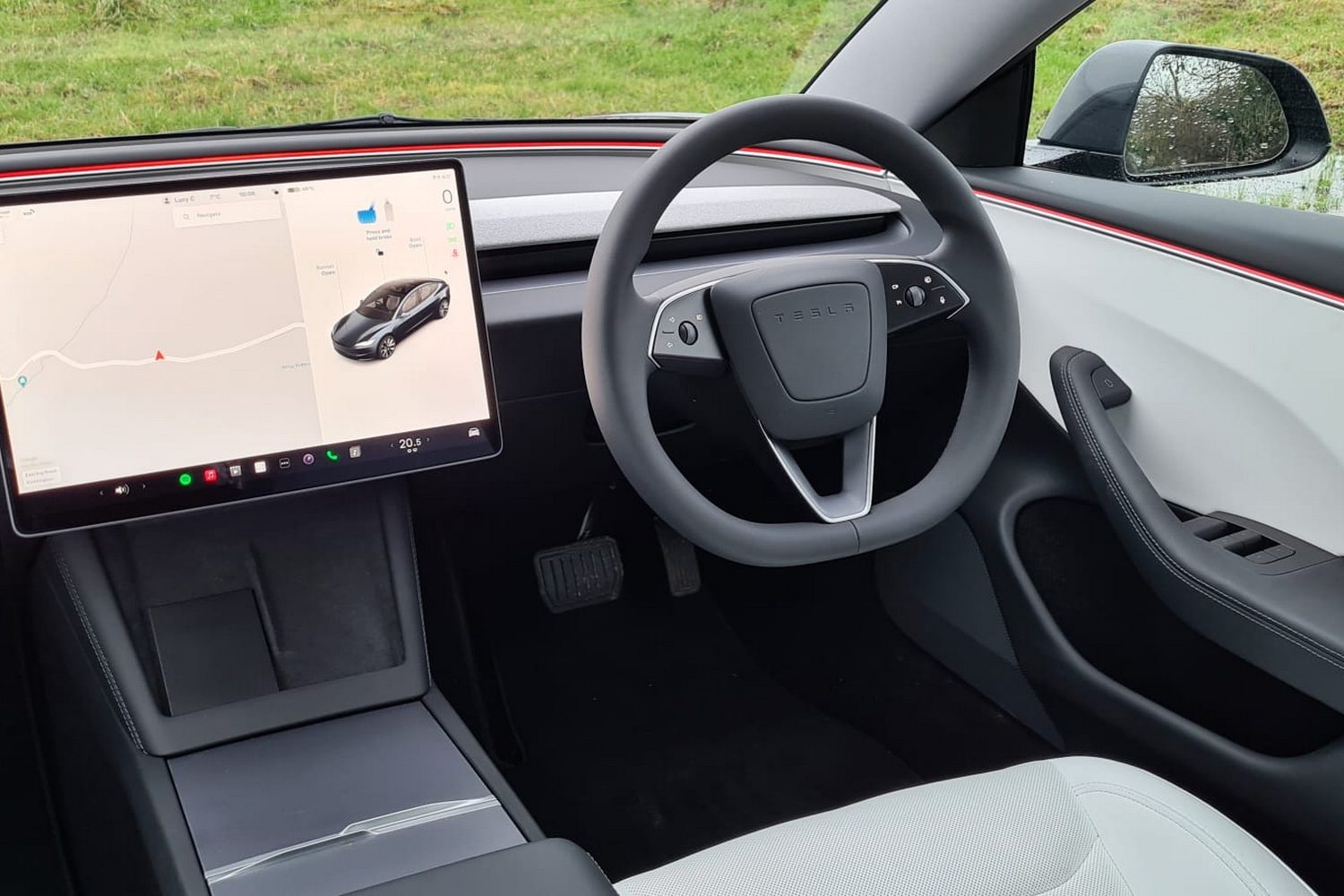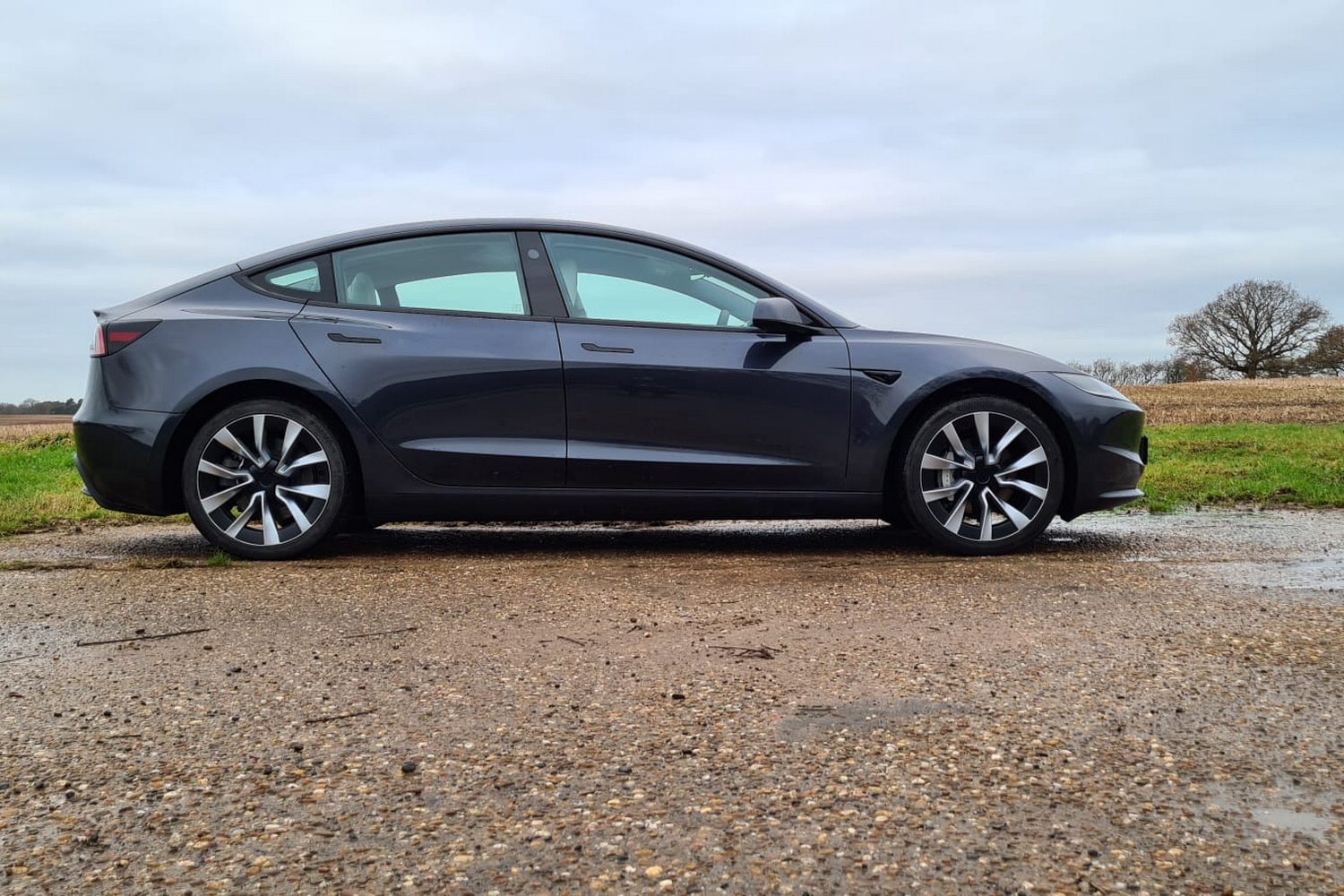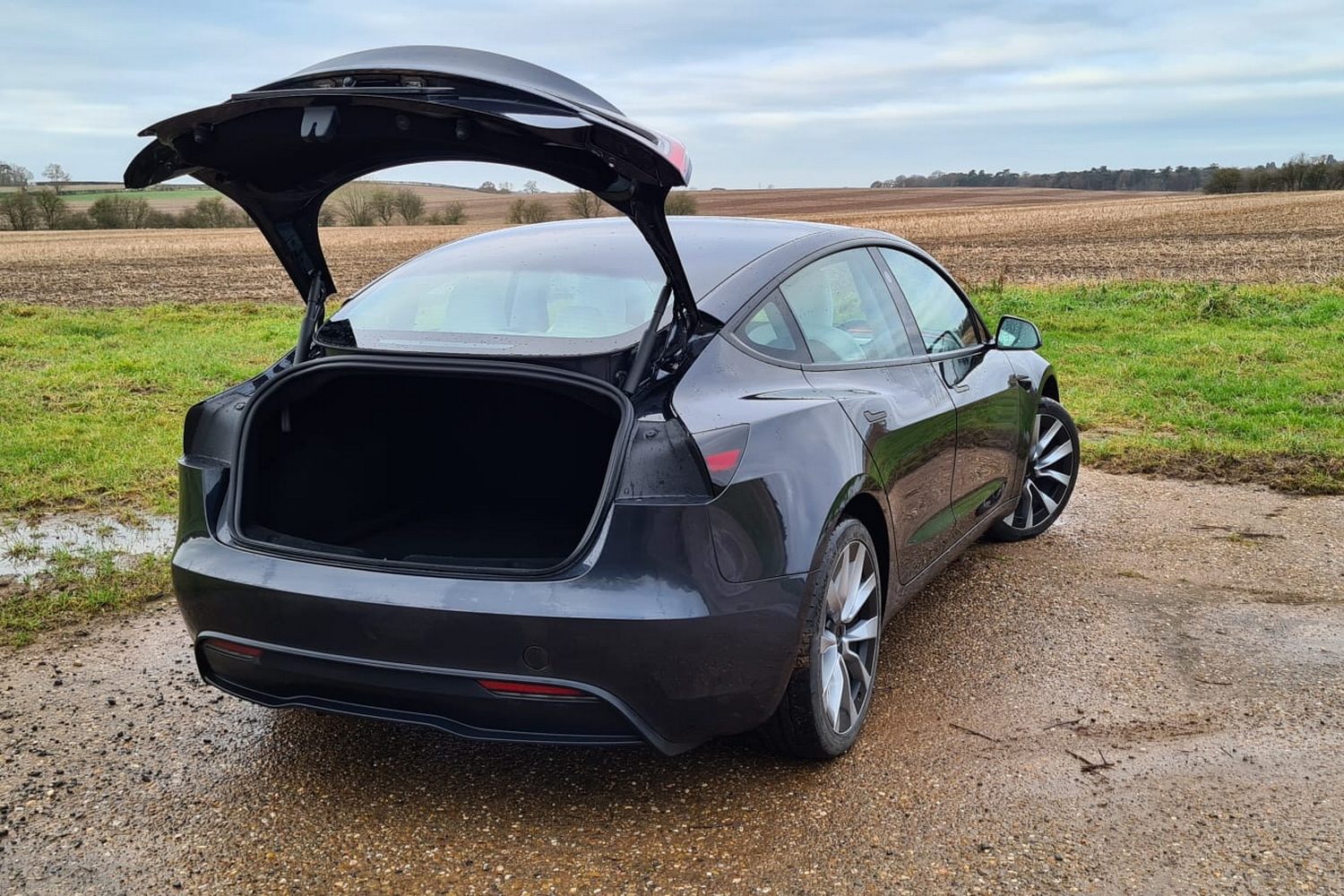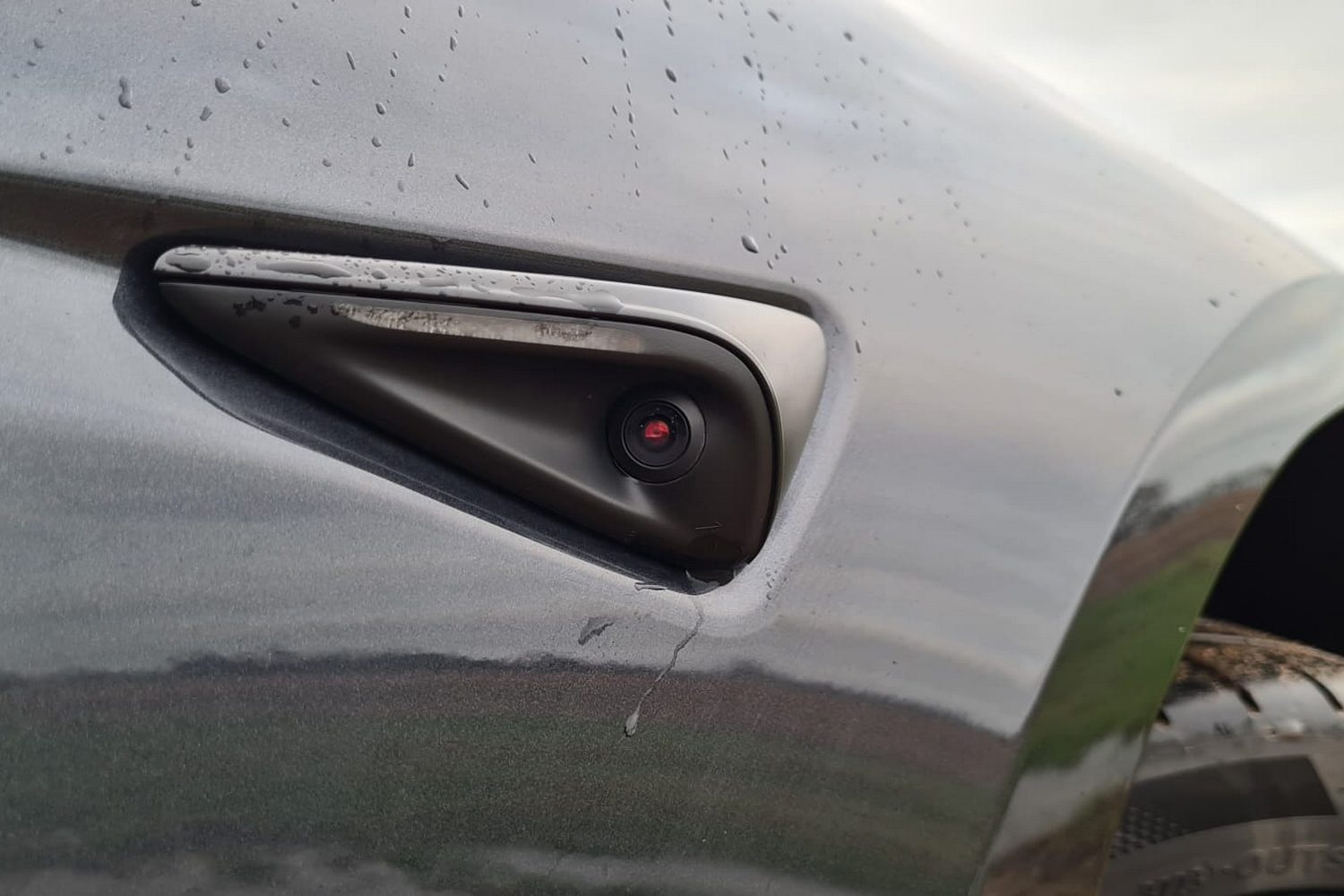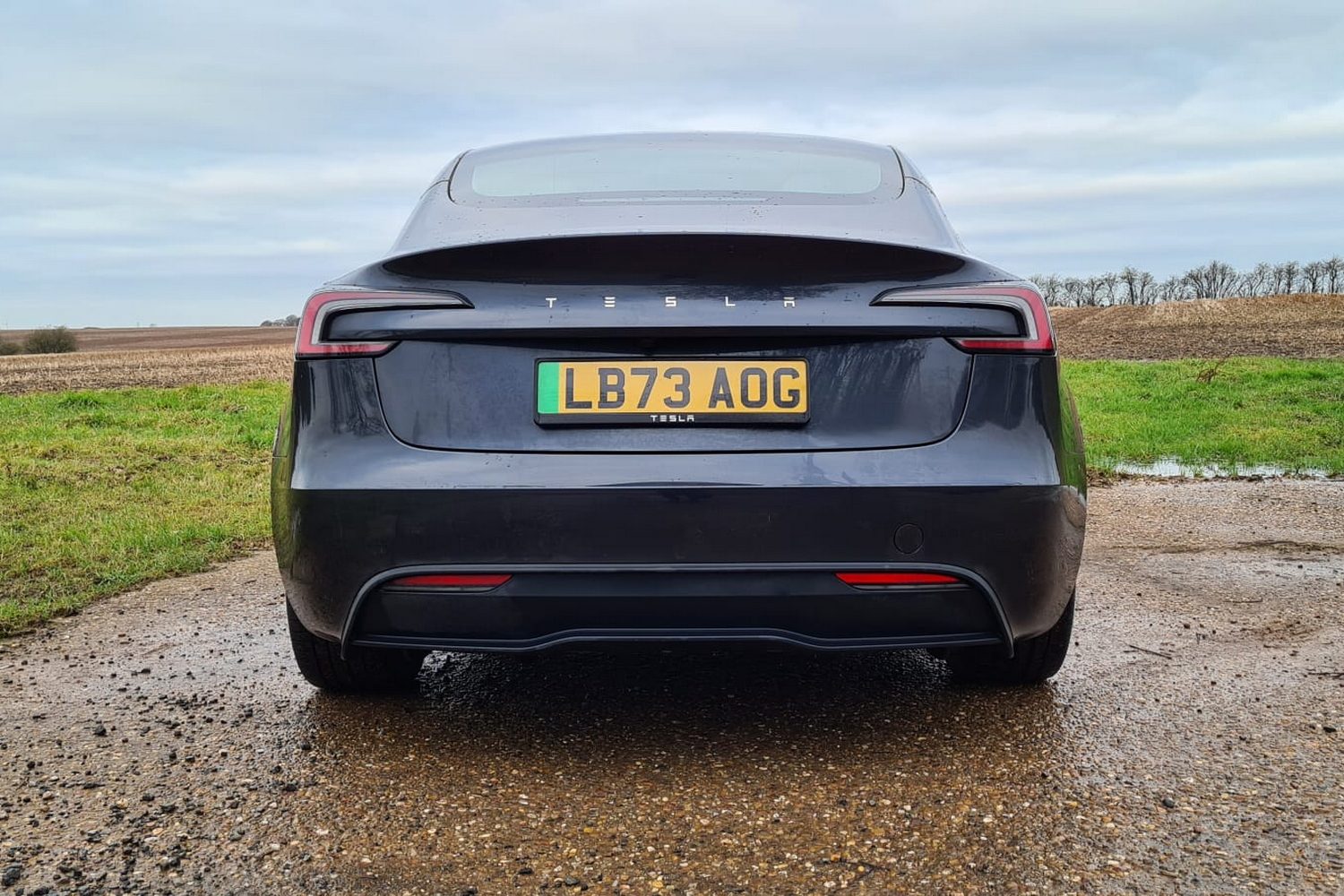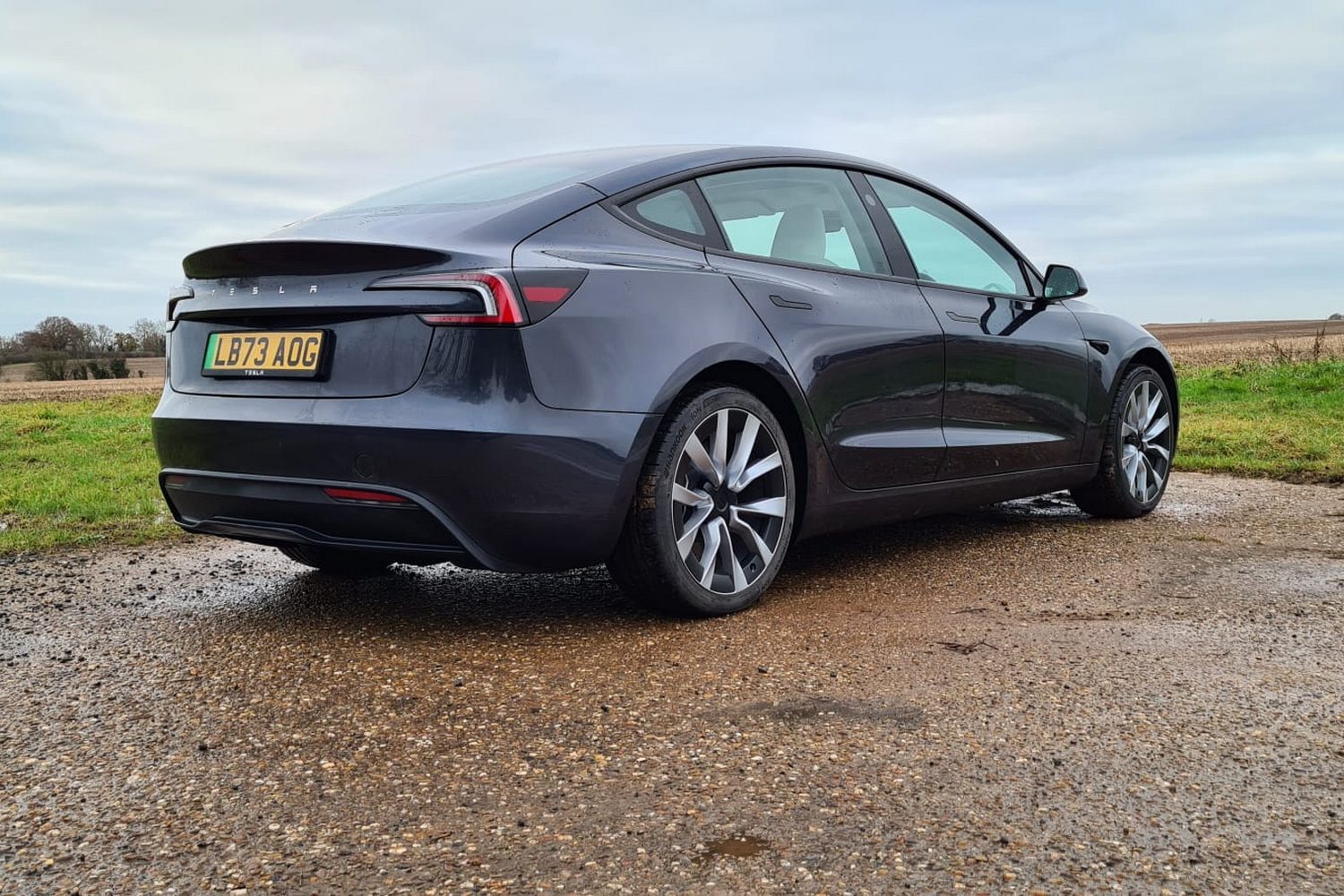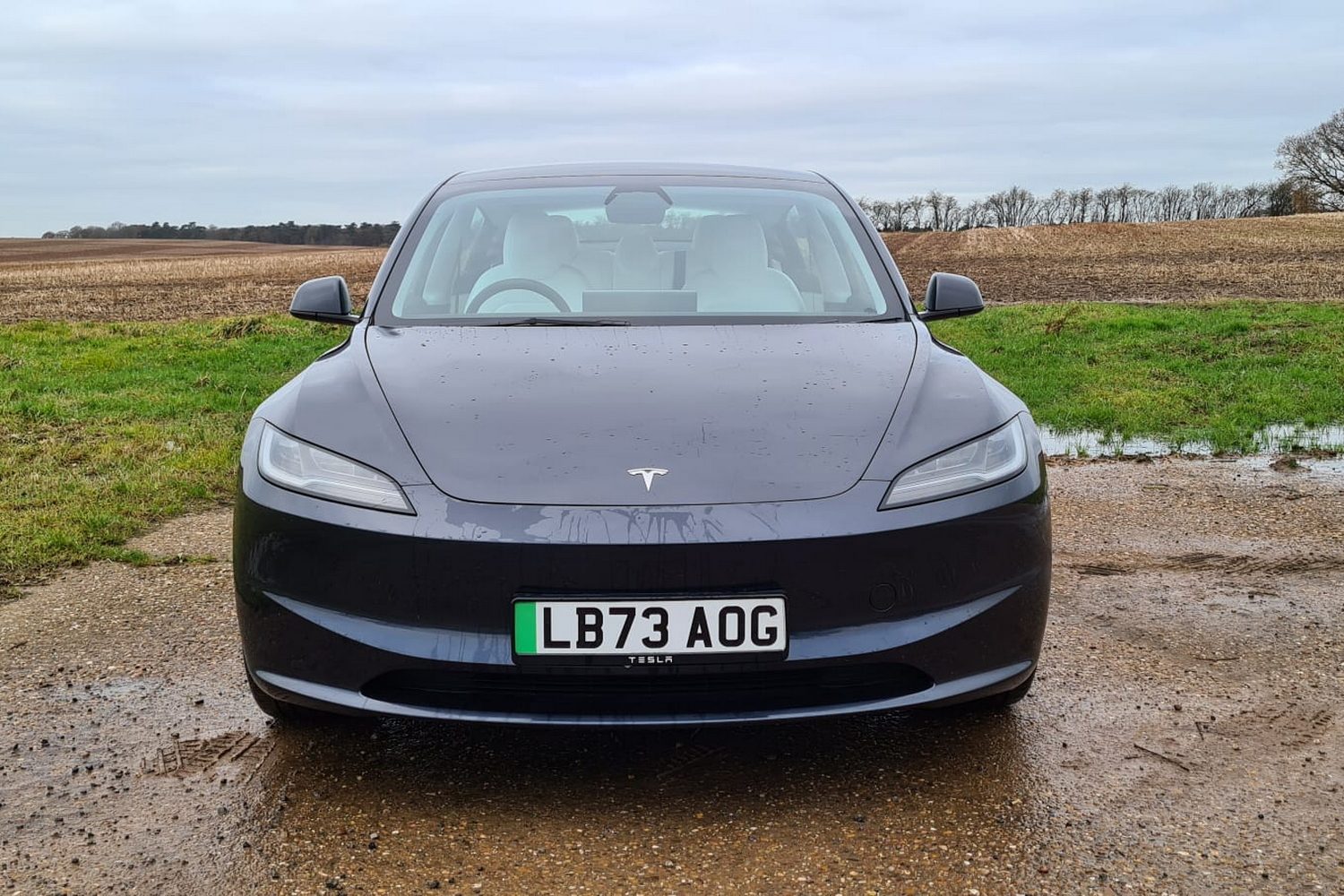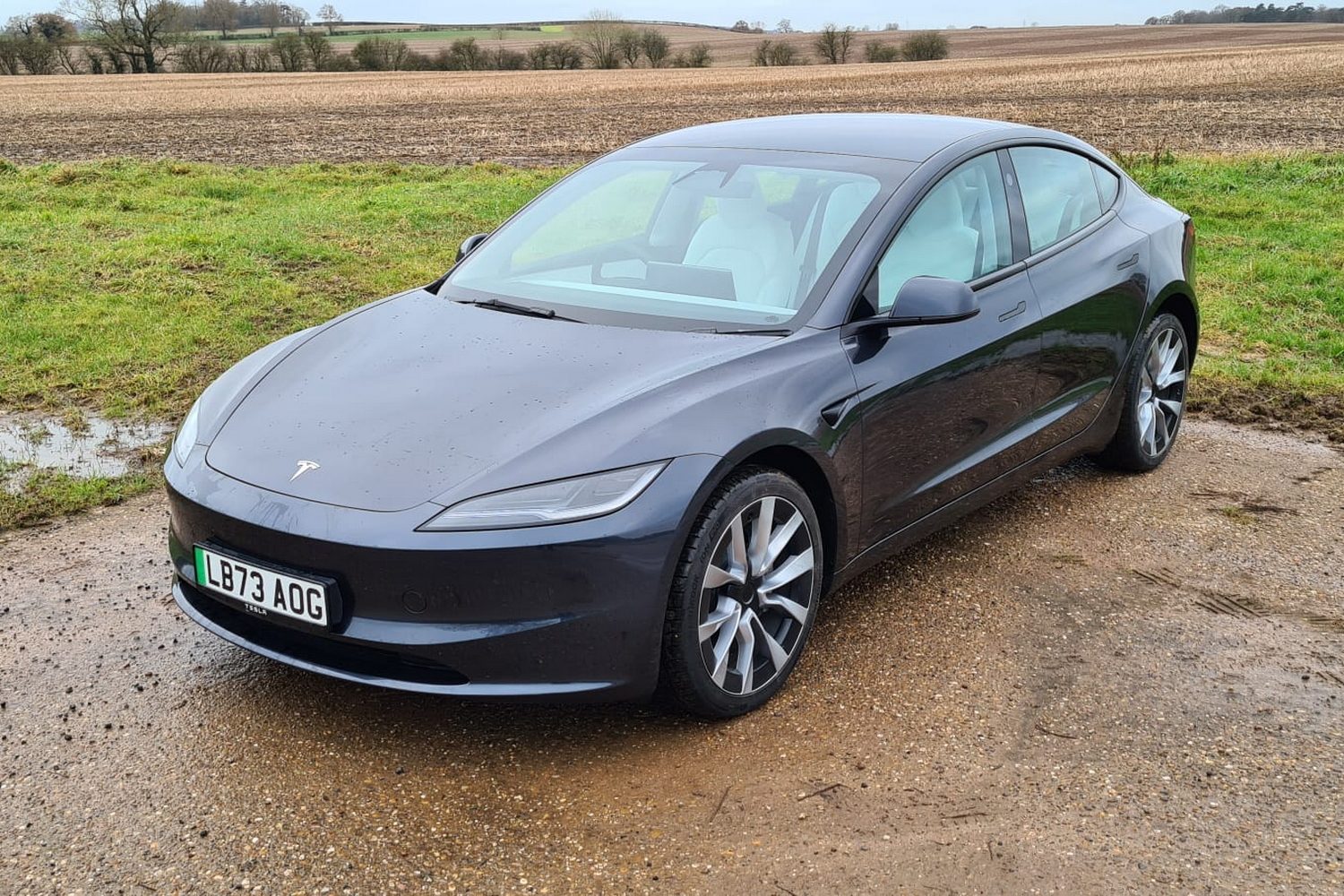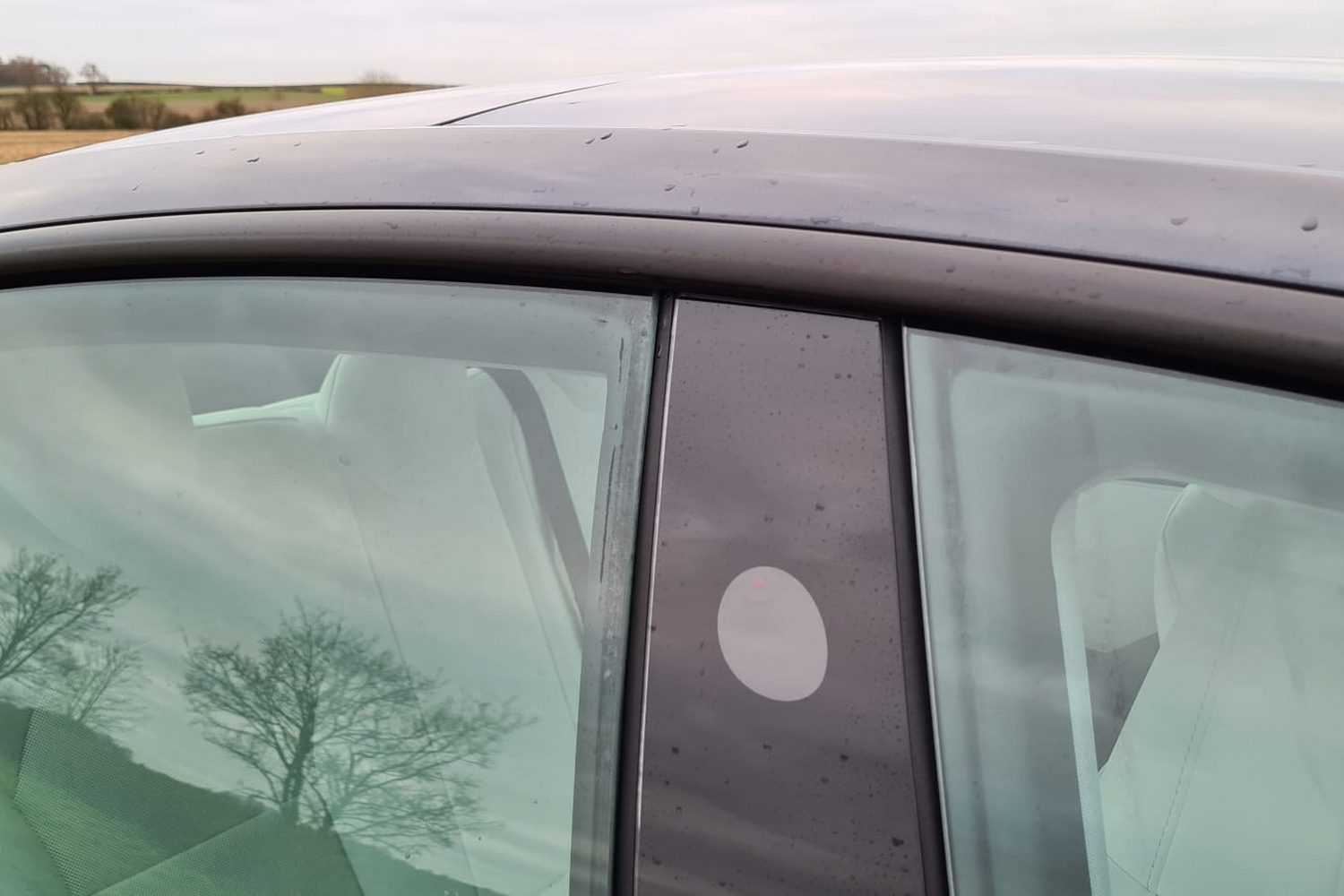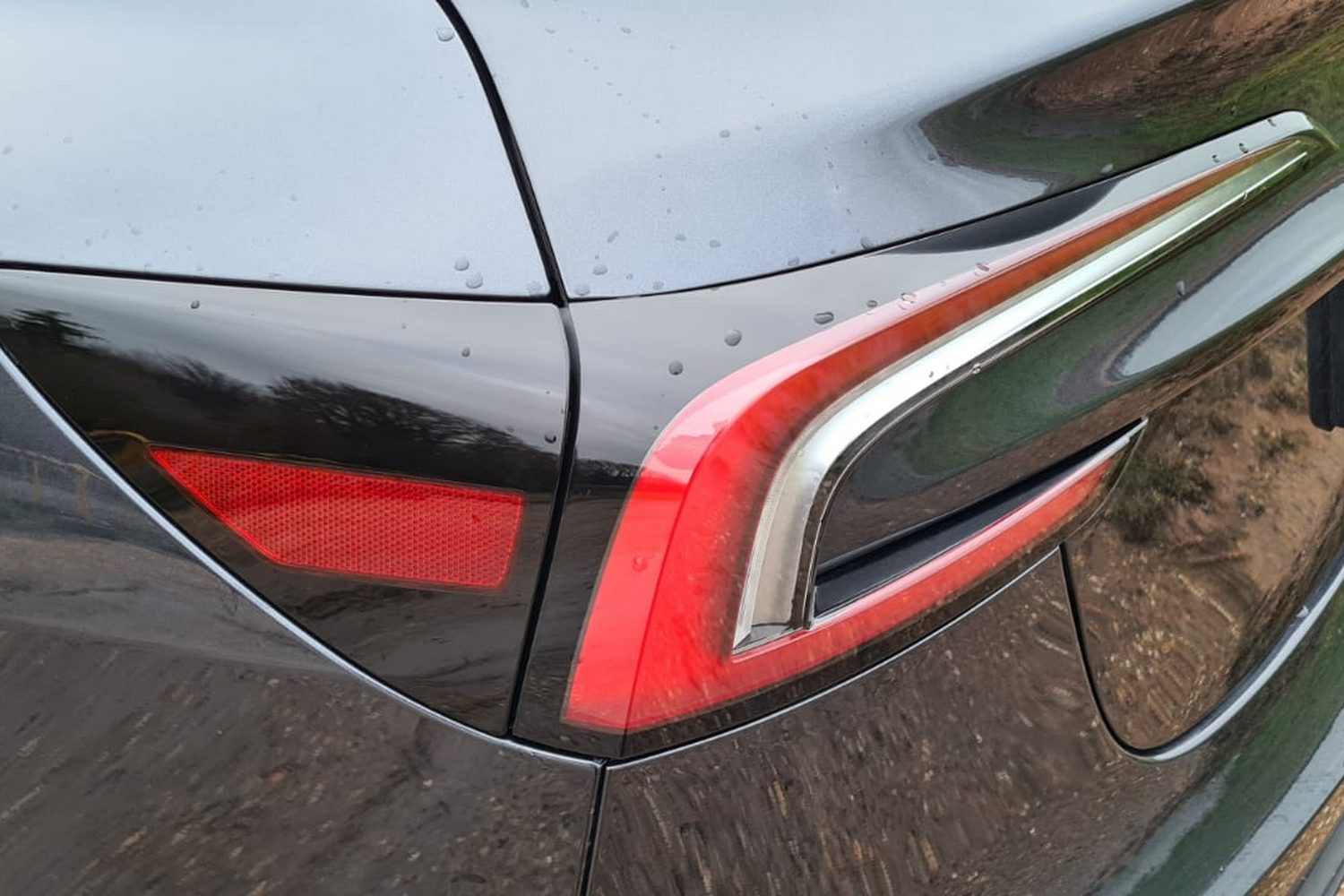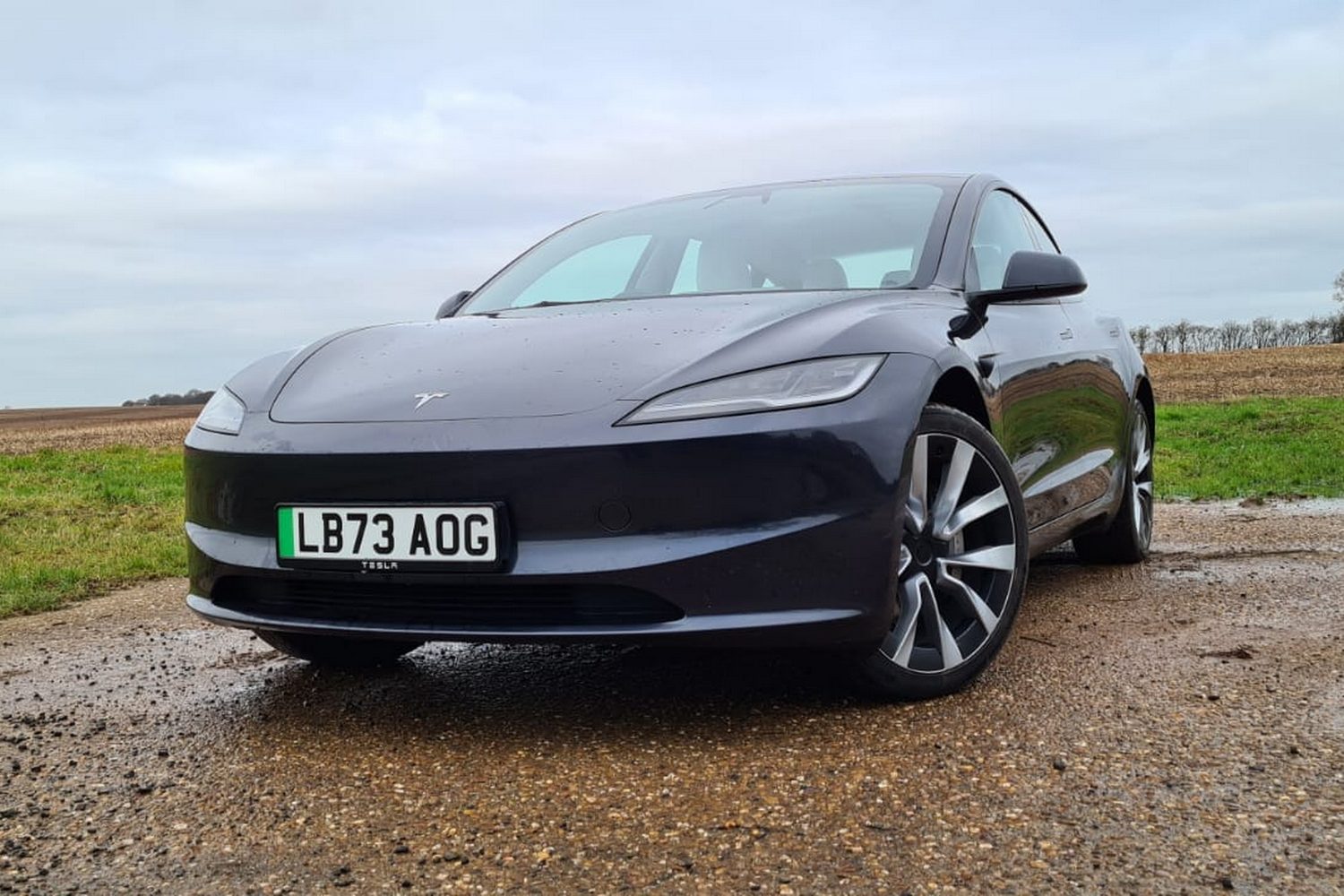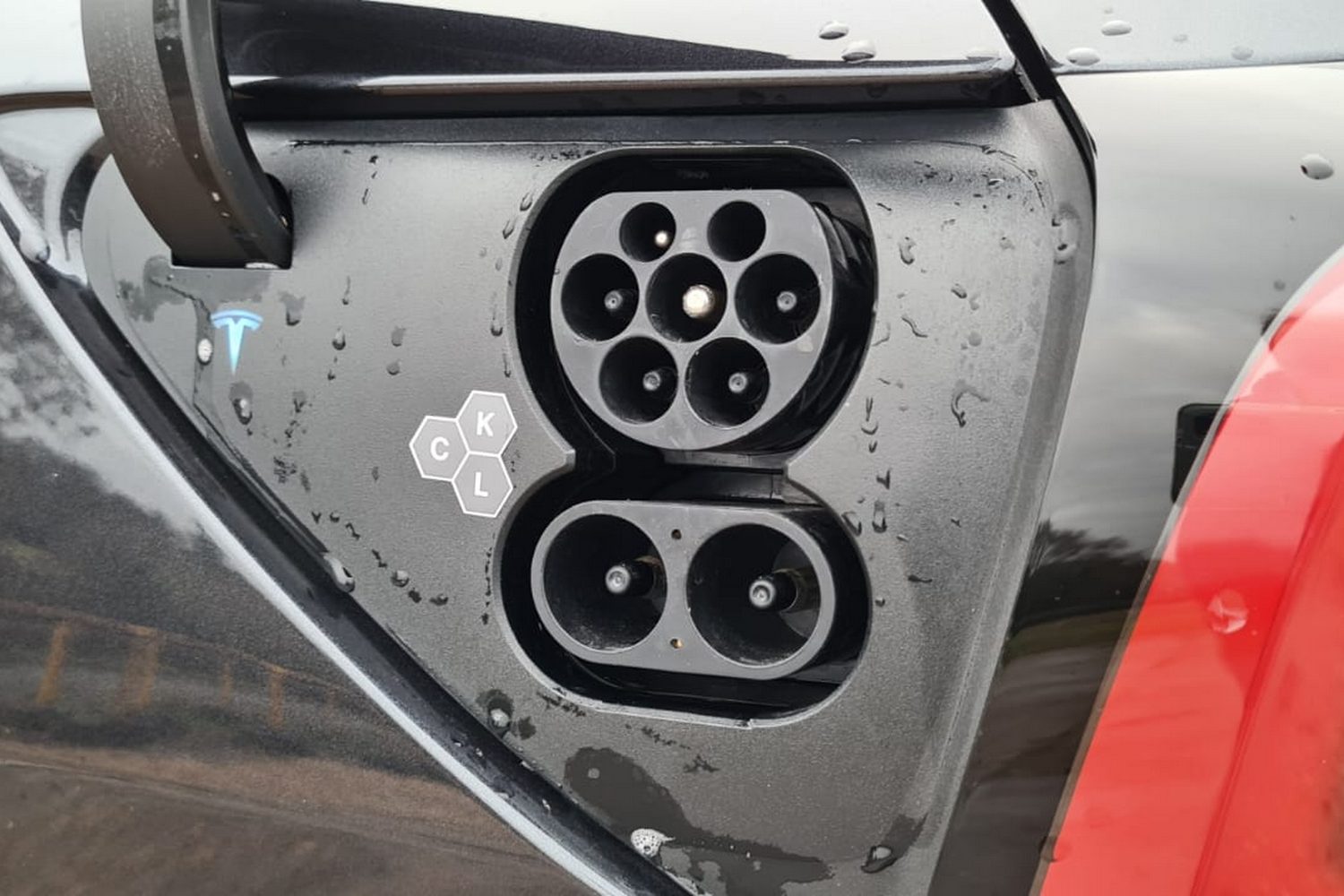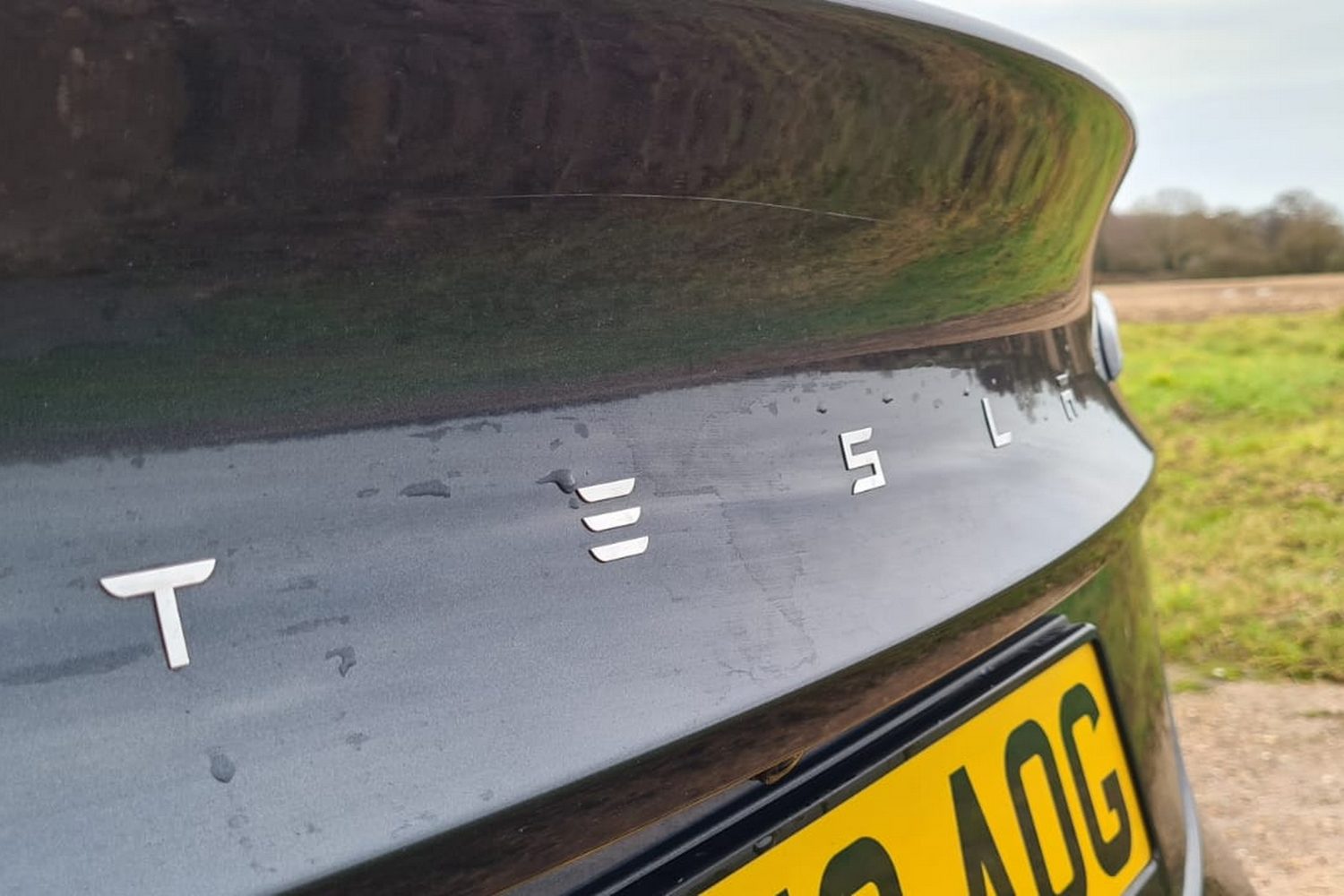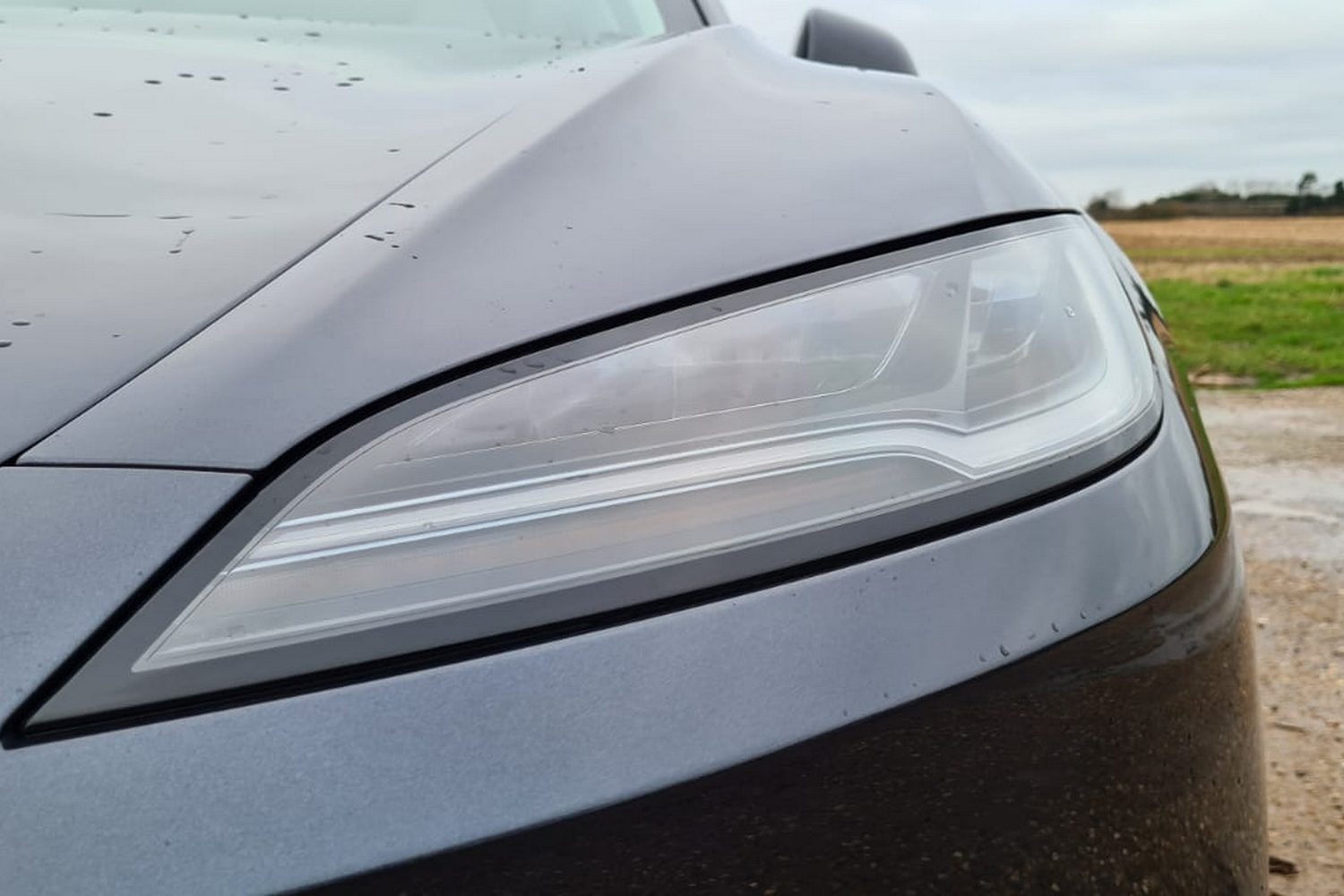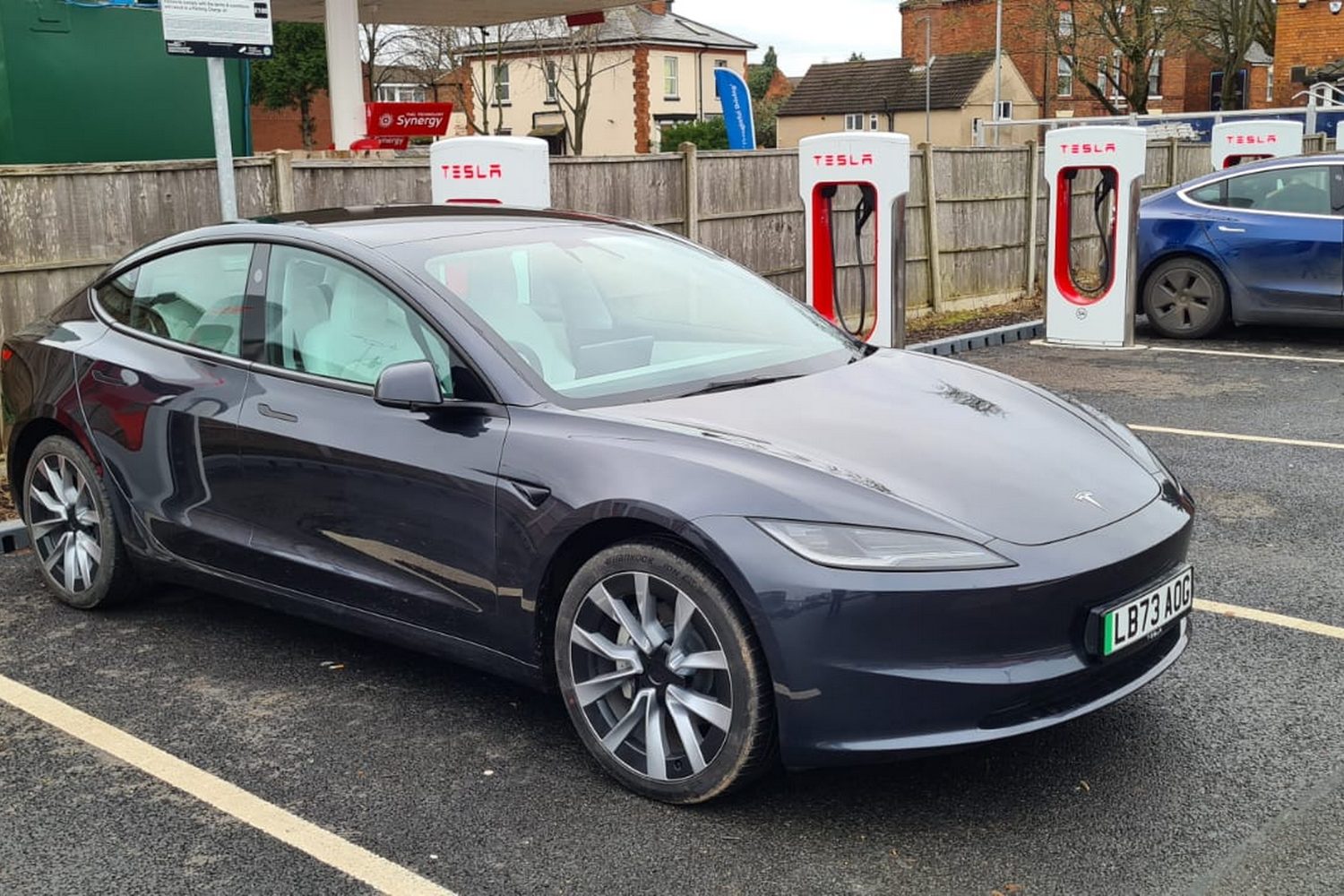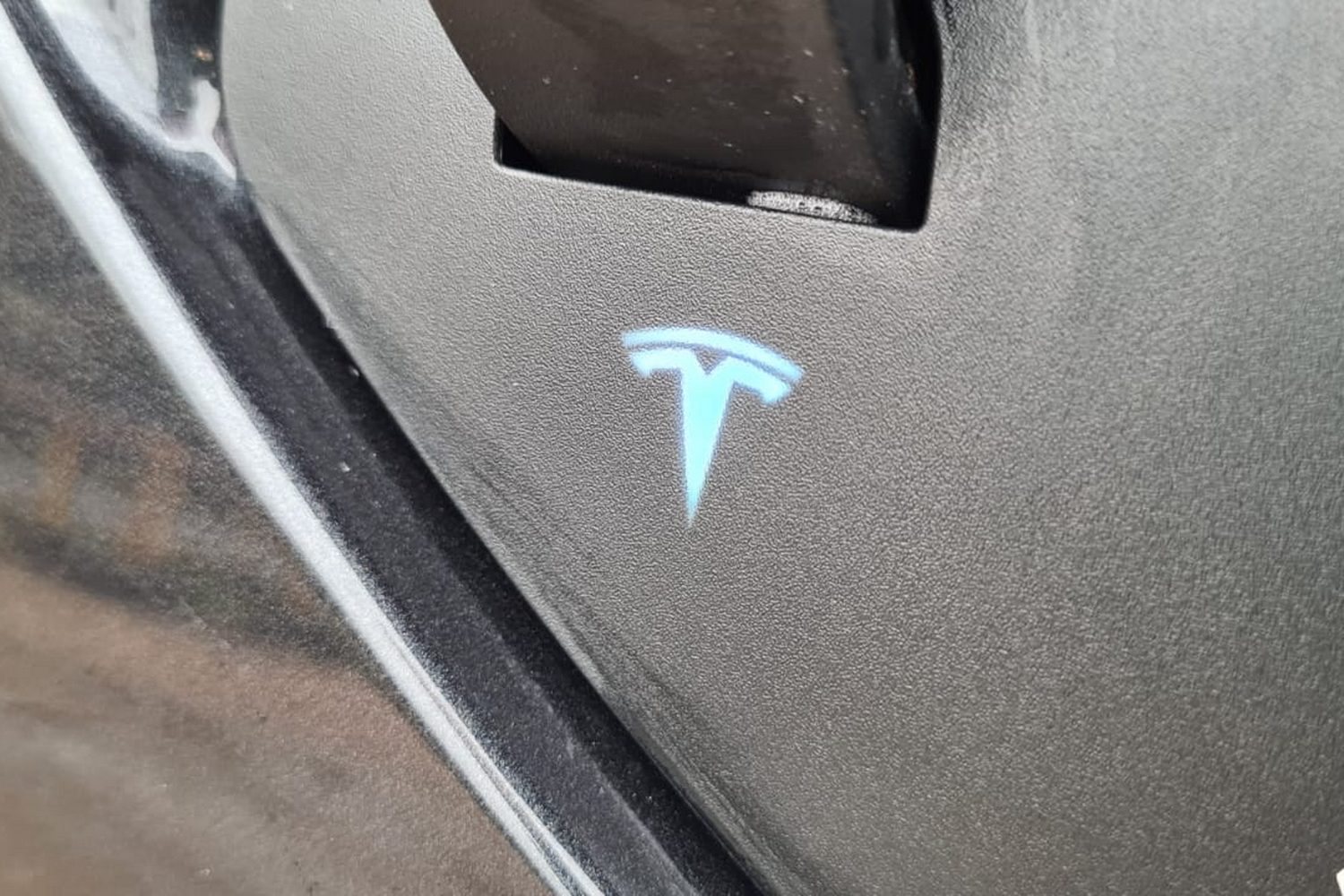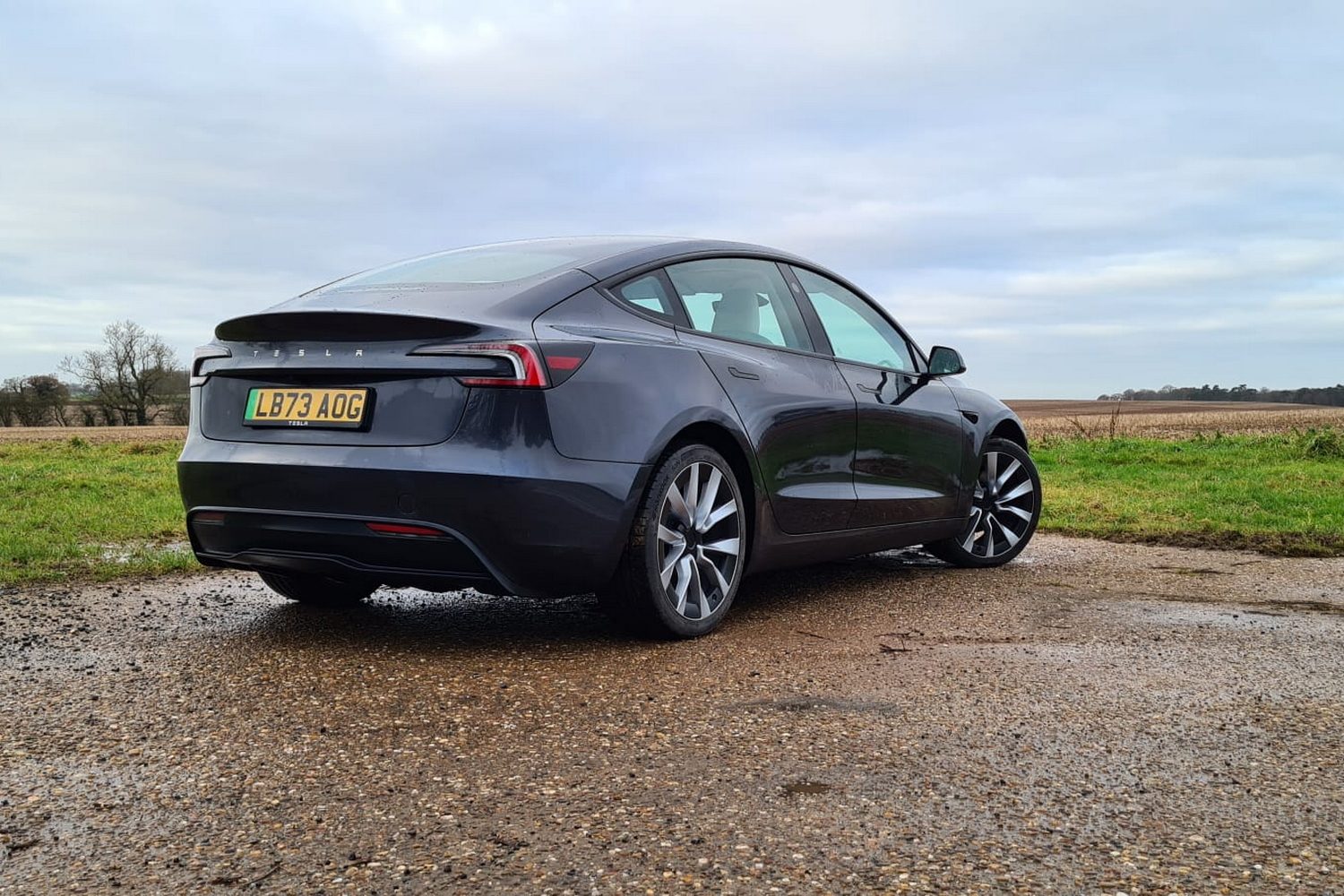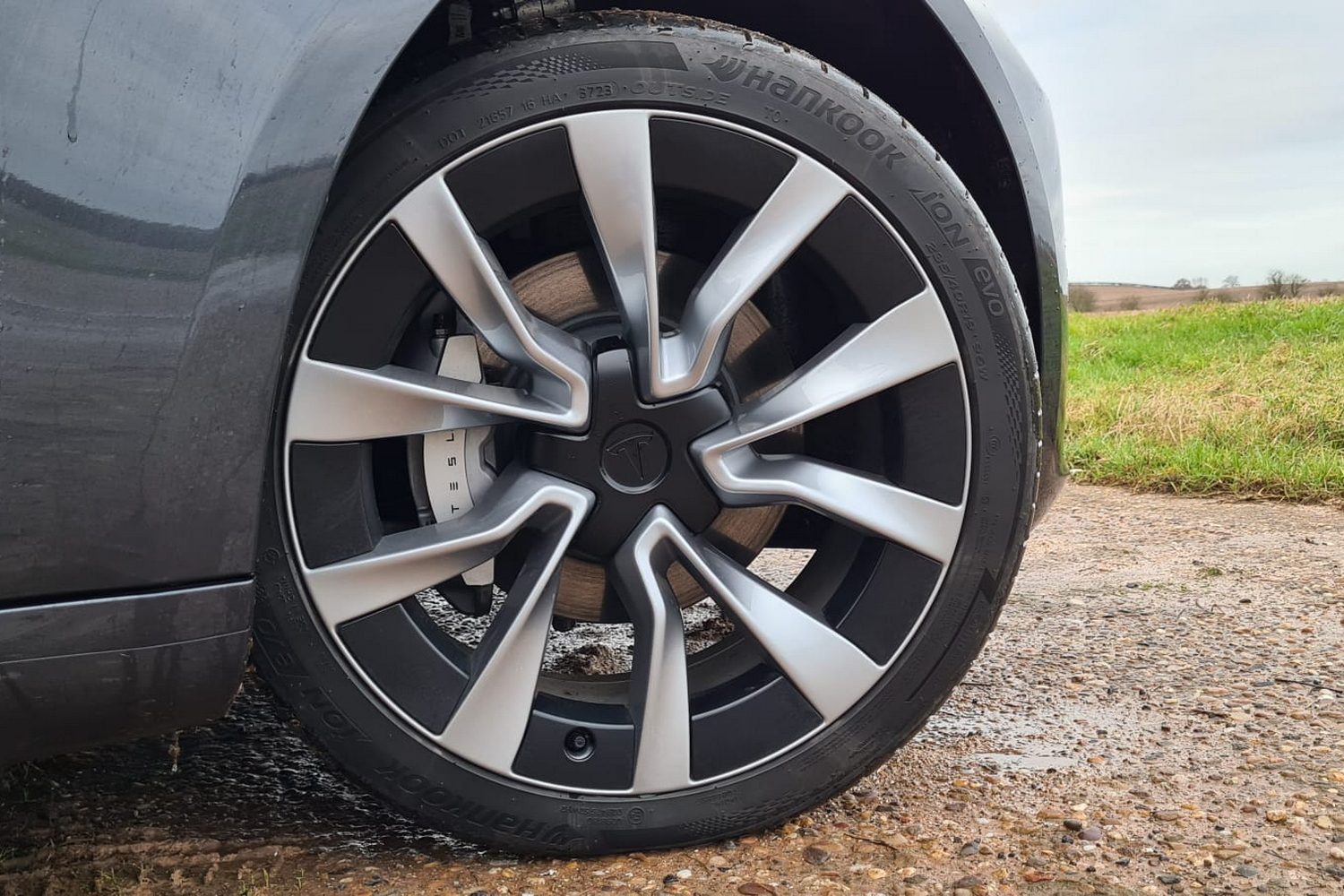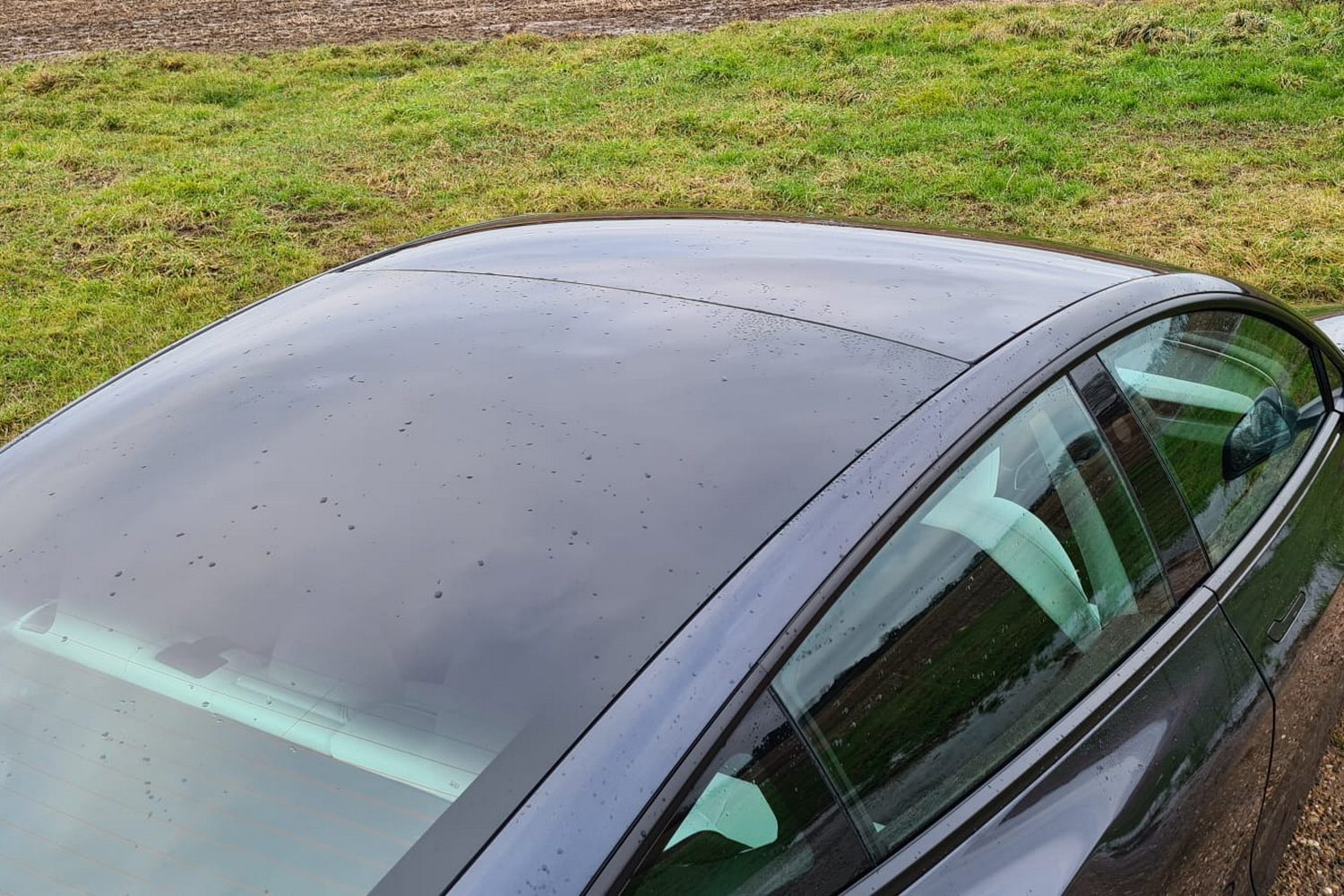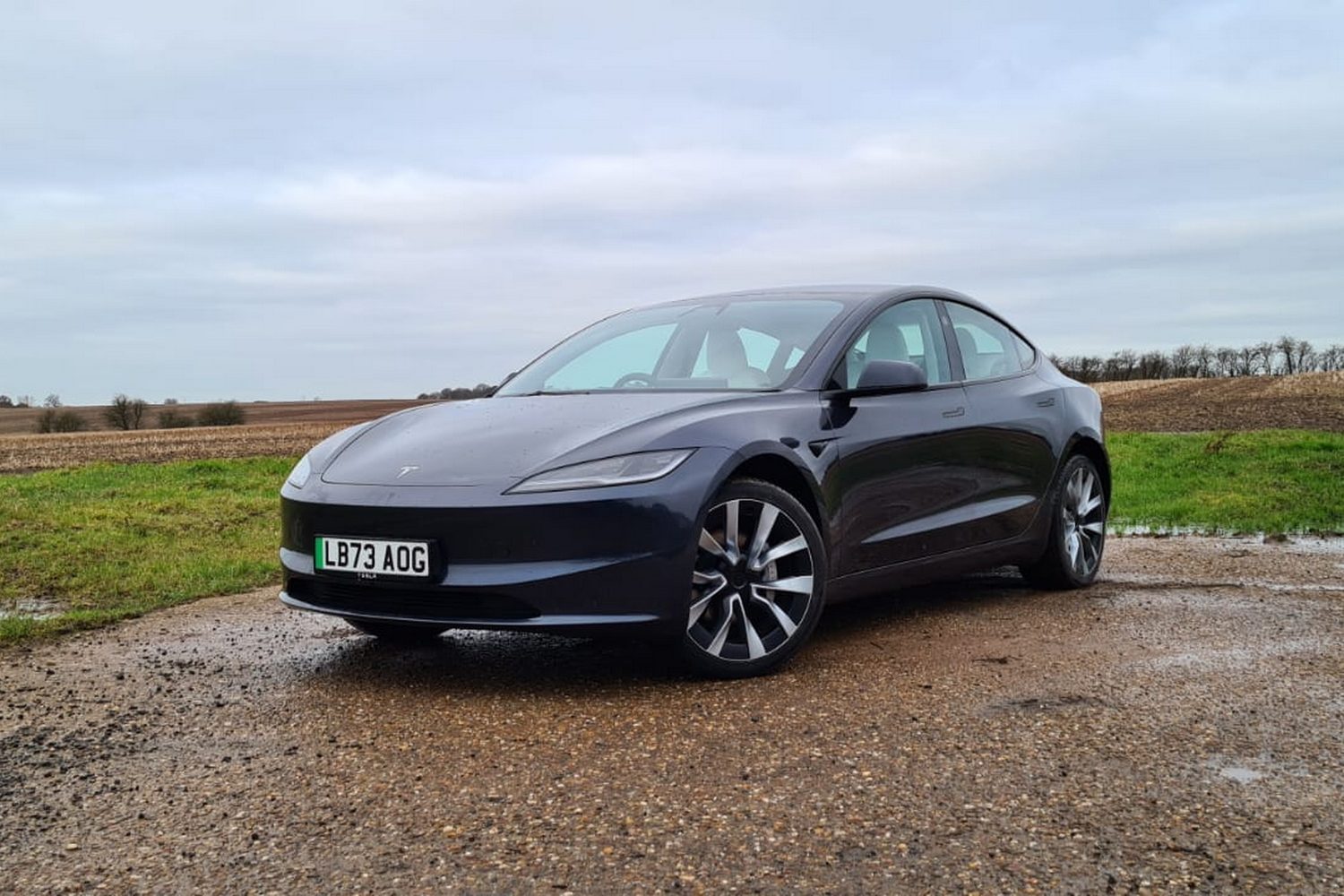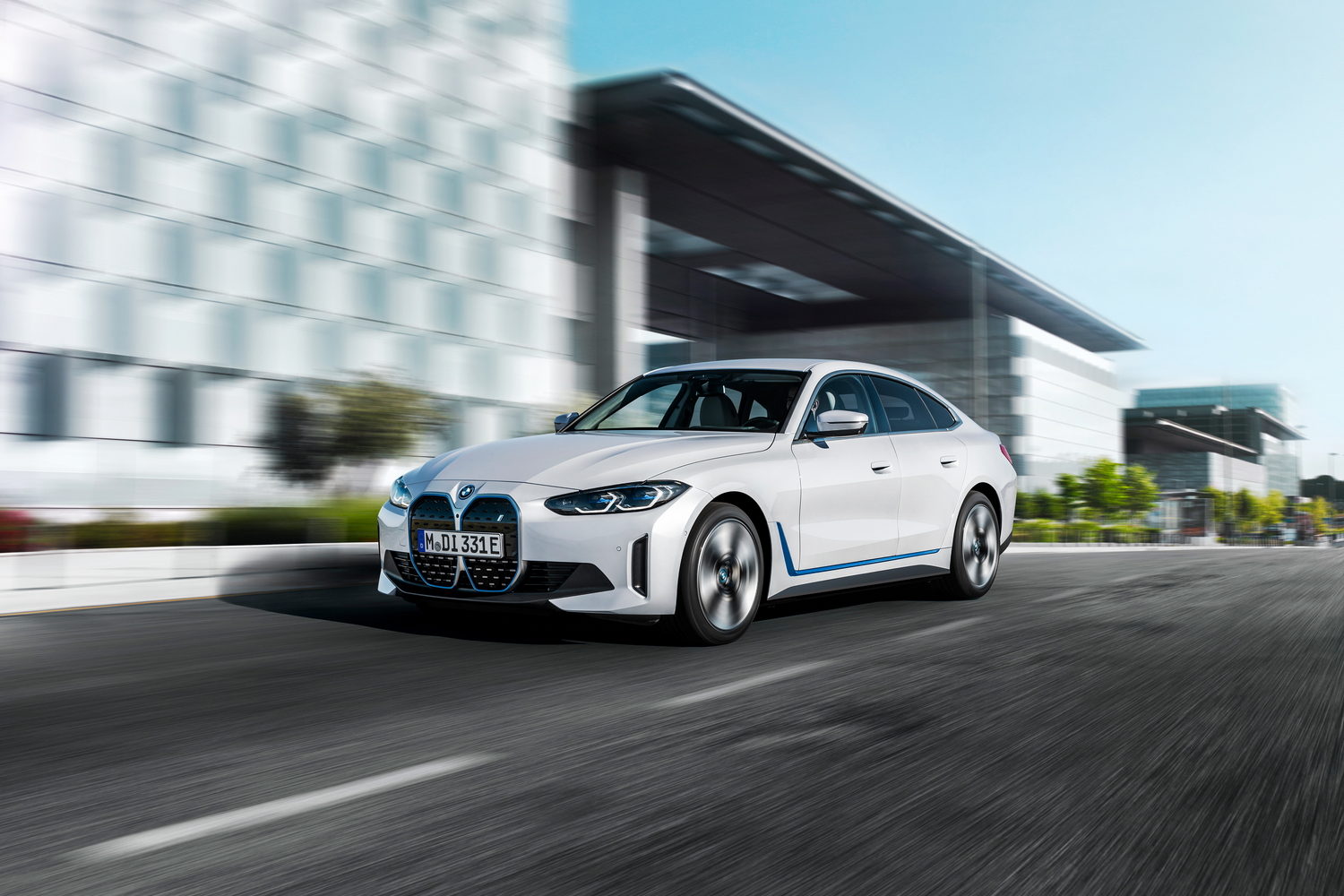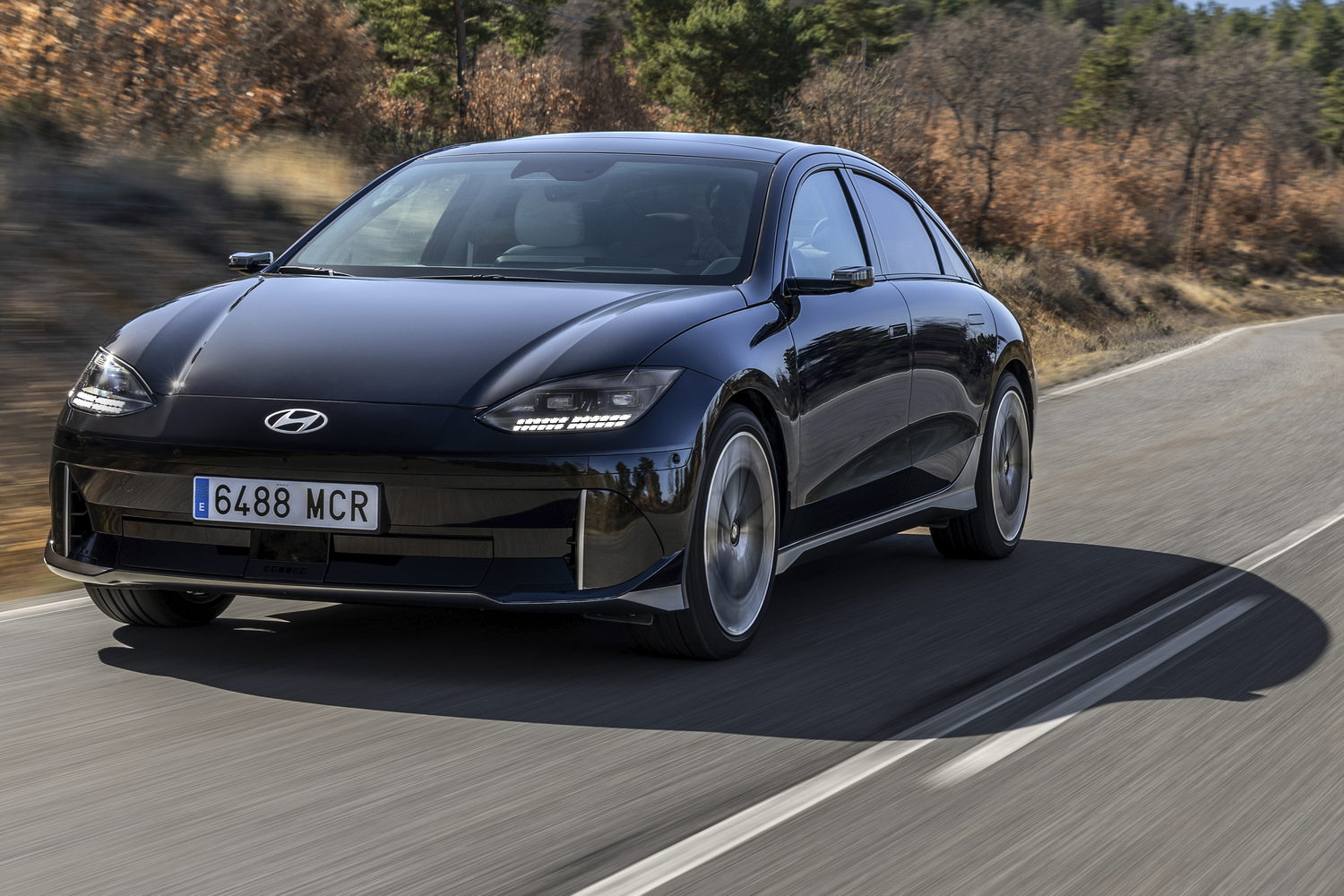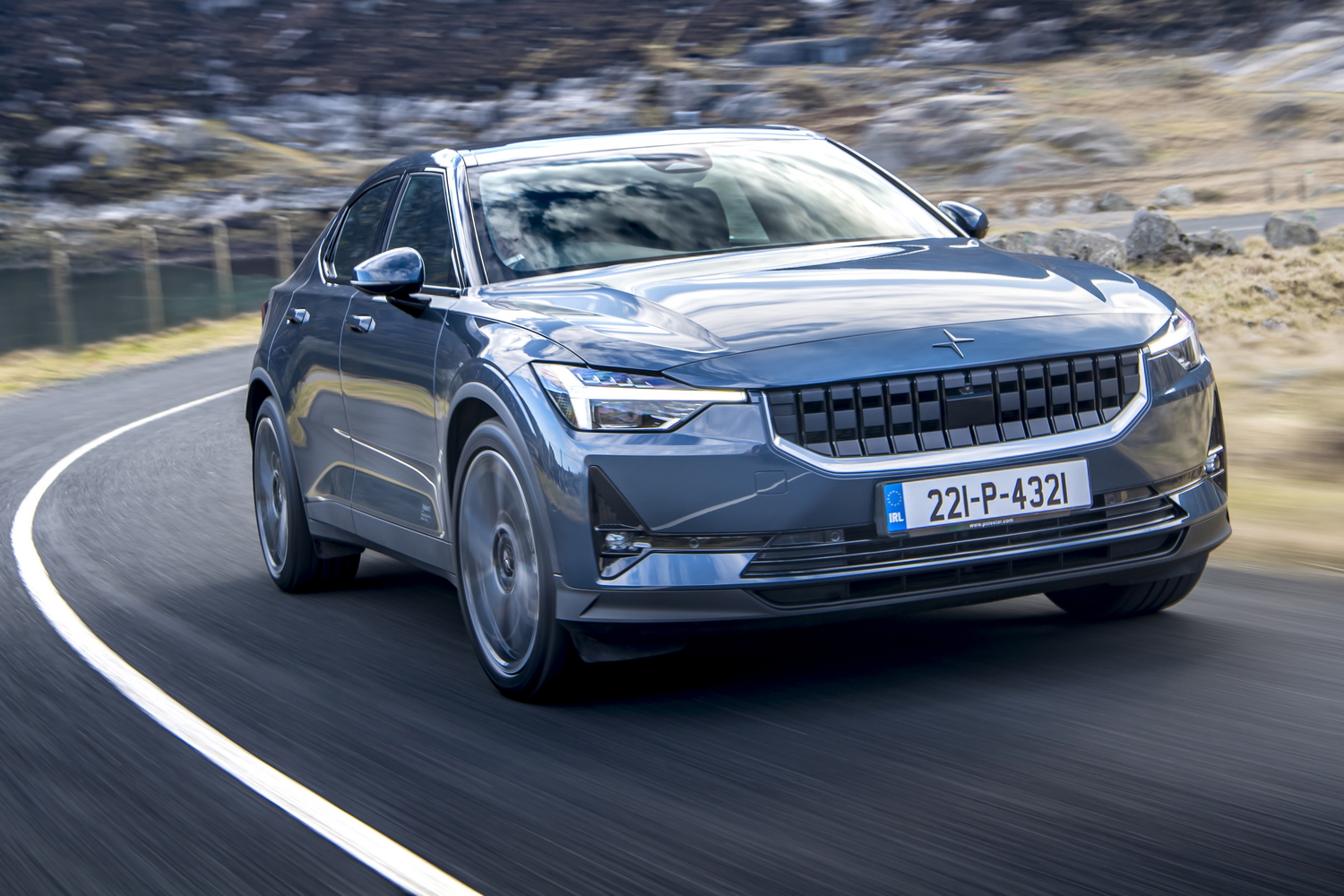Tesla has significantly upgraded its top-selling Model 3 rather than giving us an all-new car - despite the fact this electric vehicle (EV) has been on sale for six years already. That said, the key changes include revised styling, an interior with higher-quality material finishing, a claimed improvement on rolling refinement... and the abolition of column stalks in the cabin. Quirky idiosyncrasies aside, is the Model 3 'Highland', as it's informally known by fans of Tesla, really better than what went before, or simply a case of the American company papering over the cracks of an ageing competitor?
In the metal
Tesla's rather significant reskinning of the Model 3 for the 2024 model year serves two purposes. Primarily, it makes it look considerably less gawky. The previous front-end arrangement, which had a kind of bulbous frog-like appearance thanks to a wavy design line above the number plate and big headlights stretching up the wings, has been replaced by a perfectly horizontal line for a sharper, neater leading edge and super-sleek front light clusters to go with that.
Meanwhile, at the back are slimmer C-shaped lamp units which are now integrated into the tailgate, and along with two new body colours - Ultra Red and Stealth Grey, replacing Red Multi-Coat and Highland Silver metallic, respectively - the effect is of a far more pleasing, streamlined appearance.
This links into the second main benefit, which is improved aerodynamics. The standard 18-inch and optional 19-inch alloy wheels are smooth-faced to improve airflow around the car, while that pointier nose also helps it cut through the air more efficiently. Tesla claims the Model 3 Highland has a 0.219 coefficient of drag figure.
Inside, the material quality has been improved and the centre console, complete with twin wireless smartphone charging pads, is now swaddled in aluminium. The fake wood of the pre-facelift Model 3s has been replaced by softer, squishier dashboard rubbers, plastics and textiles, with the architecture now redesigned to form a 'cocooning' sweep around the front-seat occupants. In this design flourish is another new feature of the Highland, which is customisable ambient cabin lighting.
Further changes include a thinner bezel for the touchscreen, so while the unit itself is physically no larger - measuring 15.4 inches across the diagonal - there's more usable screen to tap, swipe and pinch on. Passengers in the rear are not left out, though, as a companion eight-inch display has been integrated back there for climate control and entertainment functions. Front-seat occupants also benefit from seat cooling now, to go with heated seats in the main four positions in the cabin.
This is all very nice and with the optional - and quite pricey at €1,200 - Premium black and white interior, the ambience inside is certainly elevated from the old car. However, it cannot escape your notice that it all looks incredibly minimalistic. Some will love this ultra-pared-back appearance, sure, which relates to the fact almost everything you operate and use in the Model 3 is controlled by that whopping touchscreen, but the other major change is that the control stalks have been unceremoniously binned by Tesla.
They are replaced by buttons on the Model 3's steering wheel, which control things such as the indicators, the main beam, the wipers and the adaptive cruise. This is utterly infuriating, not to mention needless, gimmickry - from a car which, lest we forget, has a whoopee cushion function to fart from its speakers, and which'll perform a bizarre light-show gymnastic routine to music if you want it to.
Those sorts of things are OK for injecting a bit of personality into a car which would otherwise veer towards being viewed as a gadget or an appliance more than a vehicle if it were sold without such touches, but the removal of the column stalks is an unforgivable ergonomic error. The new indicator buttons are either right up at the top of the wheel or down at the bottom as you're navigating a roundabout, where you want to switch direction signals and then find yourself first involuntarily groping at thin air behind the steering wheel, before then panicking and taking your eyes off the road at just the wrong moment in order to look at where the indicator buttons are. Did anyone at Tesla ever bother to test this system in operation on roads other than arrow-straight US freeways, we wonder.
The wipers are even dafter, because clicking the button on the wheel simply does a 'mist' wipe once. To get them to cycle through one of four 'on' settings (two intermittent, two permanent-sweep) or an auto option, you need to either press that wheel button and then tap another pop-up menu that subsequently appears bottom-right of the main screen, or alternatively do a few taps on said screen initially to get to the wiper settings. It is much simpler to operate a column stalk. And don't get us started how bad the auto setting is, where the wipers either refuse to accept persistent drizzle as anything they should even bother to deal with - leaving the screen covered in a film of water - or instead go full-speed berserk at the merest sign of a few drops of rain.
Driving it
It may seem like we're going a bit OTT ranting on like this about the Tesla's lack of column stalks, but the reason is that these dunderheaded ergonomic decisions within the Highland take the ultimate shine off what is, otherwise, a rather excellent car. Make no mistake, the updates Tesla has wrought on the dynamic qualities of the Model 3 are all highly commendable.
First of all, the fitment of 360-degree acoustic glass as well as uprated suspension bushings, seals and sound-deadening materials are all designed to make the Tesla more comfortable and even quieter to travel in. The company itself claims gains of between 20 and 30 per cent for reductions in wind noise, road noise, ambient noise and impact noise, so that's positive.
Then there's more range, from a car which never really lacked for this capability in the first place. Tesla is notoriously coy about giving out data about its electric motors and battery packs and so on - for instance, there's no quoted torque figure for the Model 3 Highland, but the company will happily tell you that the slipperier, more handsome bodywork outside has increased the car's one-shot driving range.
On standard 18-inch wheels, the single-motor Rear-Wheel Drive model we're testing here will officially go up to 554km in one hit, while the dual-motor Long Range ups that to a deeply impressive 678km. Fit 19-inch rims, as on our test car, and the figures drop to 513- and 629km respectively, but that still qualifies any version of the Model 3 as long range (lower case) in our book.
Especially when, driving it on a cold and wet night at motorway speeds with the climate control permanently on, it achieved 17.8kWh/100km at a steady 110km/h cruise. That's not bad going and then, when you do need to recharge, the entire proprietary Supercharger experience that the US company offers is just a far nicer way to top up an EV's battery than anything else. It is, and always has been, a massive part of any Tesla's appeal.
Those detail changes to the physical make-up of the Model 3 have worked wonders, too. While it remains a somewhat inert thing to drive on more interesting roads - the steering is too lacking in feedback, even if it's accurate and pleasantly light in touch, and there's not a huge amount of joy to unlock in the Tesla's chassis - for all other purposes it is calibrated to the point of near-perfection.
With the possible exception of its secondary ride. While the Model 3 Highland generally soaks up the lumps and bumps of urban-speed roads comfortably, and its manners on the motorway at higher pace are nothing short of exemplary, it can occasionally feel a bit jiggly and brittle around 80km/h on less-than-perfect surfaces. This slightly firm background ride is most noticeable on poorly-surfaced country roads, where the Highland fidgets across washboard surfaces and never truly settles down on its conventional springs and dampers.
Otherwise, though, what a tool this is for taking the sting out of day-to-day driving. Its cabin is every bit as whisper-quiet inside at motorway speed as its maker claims, the noise-isolating glasshouse and aerodynamic body working magnificently in tandem to keep the Model 3's interior extraordinarily serene. Kudos, too, for the improved interior finishing, as trim squeaks, rattles and groans were entirely absent from our (admittedly near-new) test car.
Further, the Telsa also lopes along gracefully when you've got a higher speed showing on that central screen (yep, the speedo's over there too), so that the whole car just feels way more refined, sophisticated and enjoyable than the pre-facelift Model 3s.
We also like the way the Model 3 RWD doles out its ample power. The 180kW (245hp) single rear-mounted motor on this Tesla has no trouble shifting the 1,765kg bulk of the car about at all, with significant mid-range roll-on acceleration still on offer. Throw in a beautifully judged accelerator pedal, smooth regenerative braking and even an easy-to-modulate brake pedal, and the result is that controlling the Model 3's pace to the minutest degree is no drama whatsoever.
What you get for your money
The Model 3 RWD, with its 57.5kWh battery pack and single motor, starts from a highly competitive €42,990, while the dual-motor, 351hp Long Range (using a battery of 75kWh net capacity) is exactly €8,000 more - still very good value, then. For either price, you get 18-inch alloys, multizone climate control, adaptive cruise control, keyless entry and go, the full 15.4-inch infotainment system with nav, and all the usual Tesla safety and charging benefits, with the only options amounting to paint choices, bigger wheels and a towing hitch.
Oh, there is one more thing, which is the enhanced autopilot. This is not one we'd recommend, because a) it costs €3,400 and b) on our test car, it kept cancelling itself every 30 seconds or so as it struggled to adapt to grimy night-time conditions on the motorway. Presumably its B-pillar-mounted cameras couldn't cope or whatever, but from our experience, all we did was (eventually) find the settings in the touchscreen and switched the Highland back to its 'standard' radar cruise control. Whereupon it performed much, much better on the motorway.
Summary
For our part, the appearance of the Model 3 is much more acceptable now than it was before, although we'd stop short of calling it anything like pretty, while we're all well aware in 2023 of the culture surrounding Tesla and its more ardent fans.
The deletion of the column stalks and the over-reliance on the touchscreen, however, are more pressing concerns and we'd understand if they were enough to dissuade you to take the plunge on the Tesla. That said, however, once you've grown accustomed to its interior foibles, it cannot be ignored what a supremely talented and capable EV this updated Model 3 is. It's hard to think of a rival which does its blend of range-anxiety-quelling, long-distance assurance with super-smooth driving manners any better than this, and when you factor in the price as well, the Tesla starts to look like a no-brainer.

